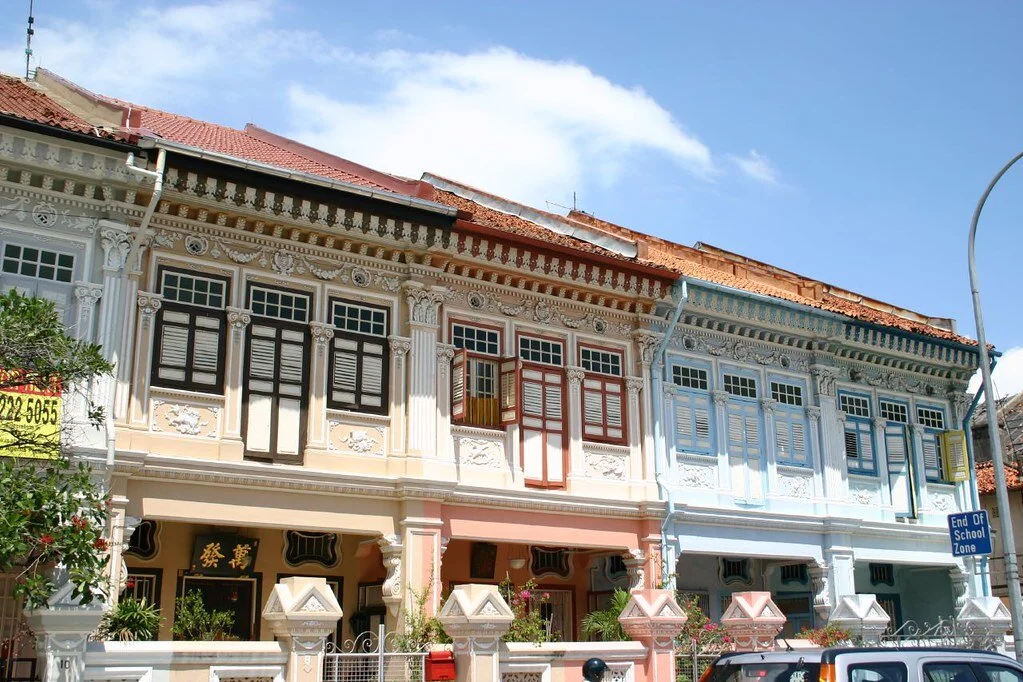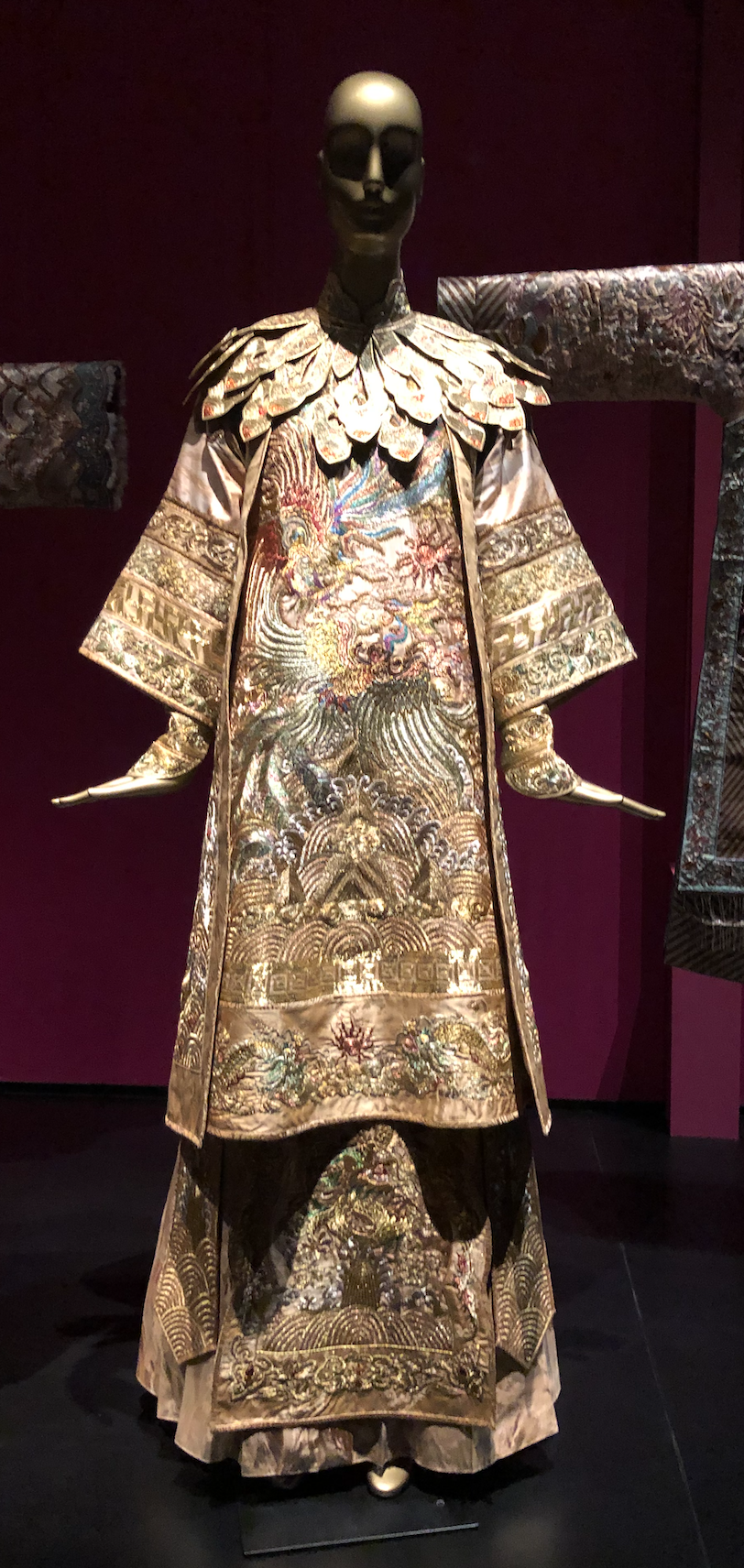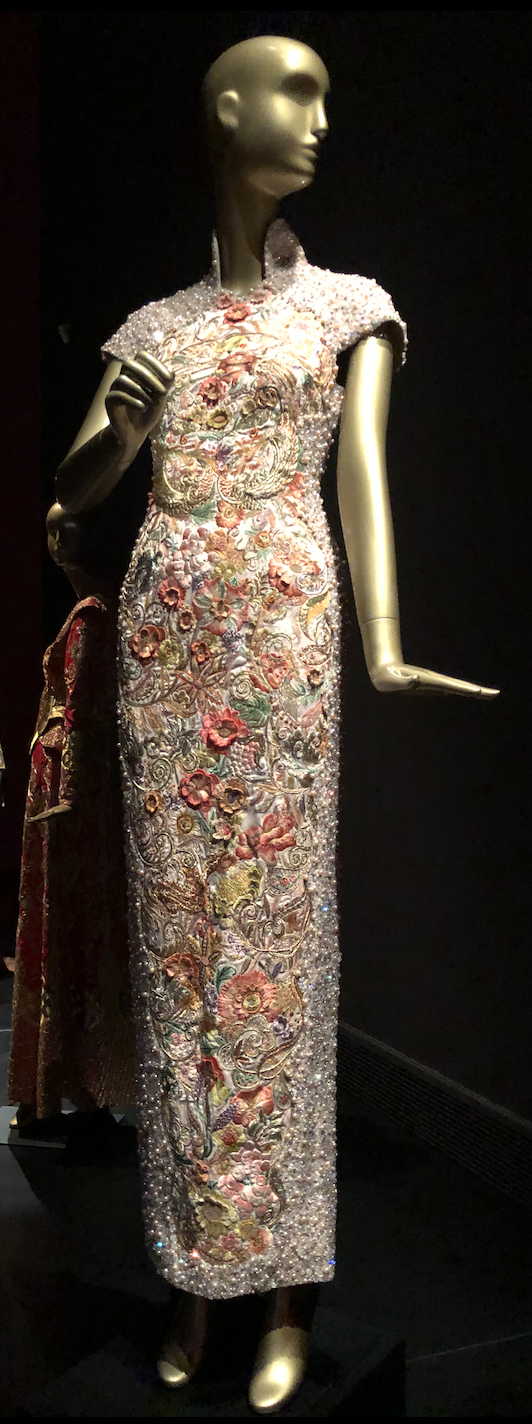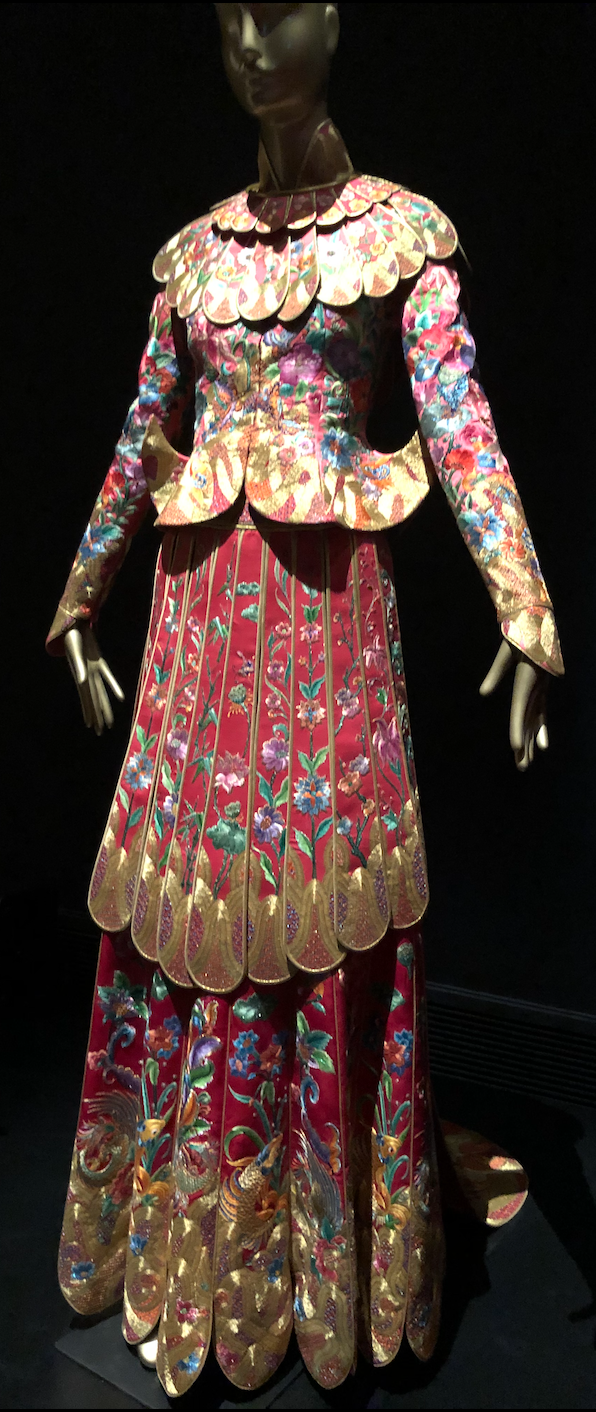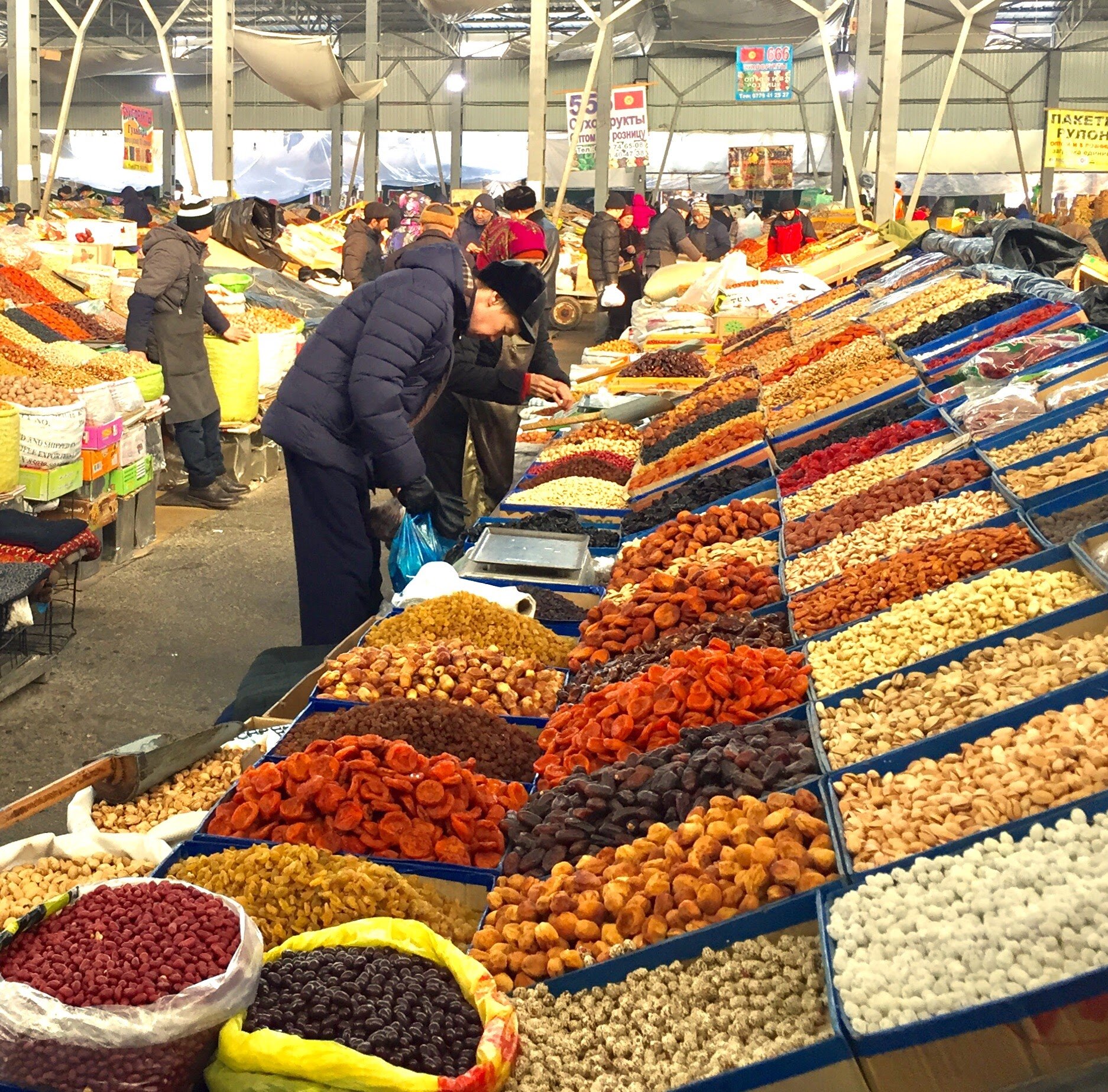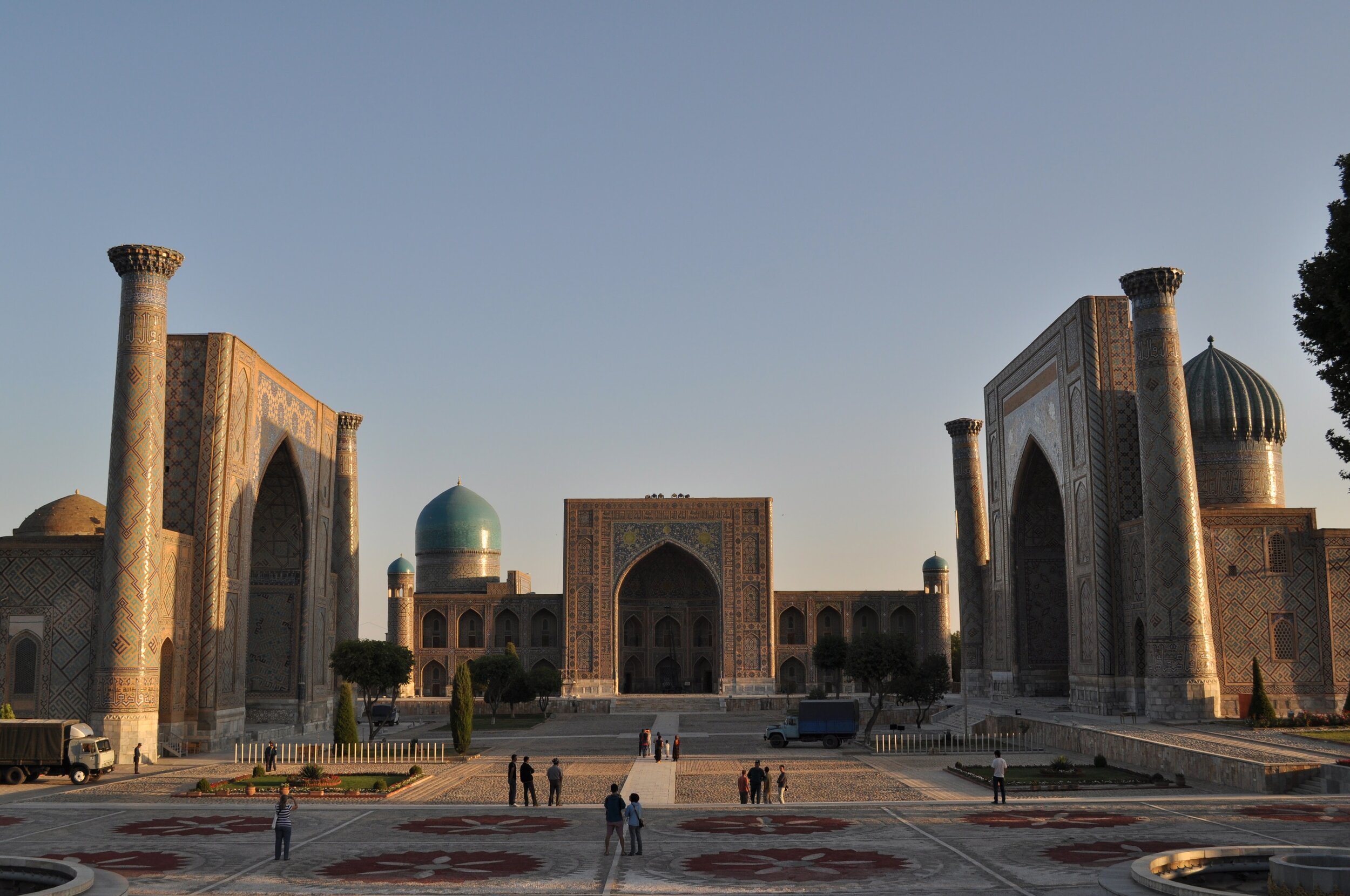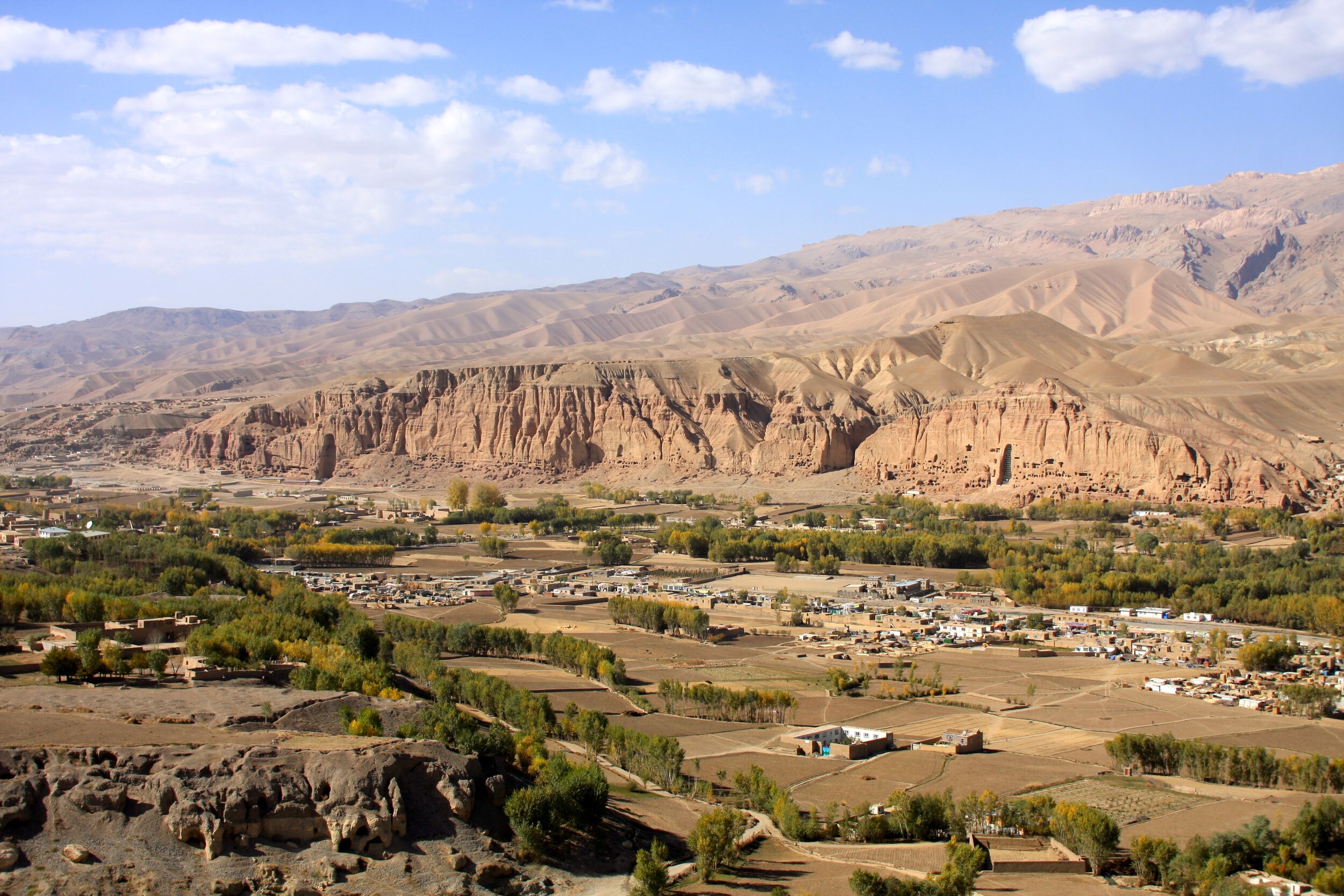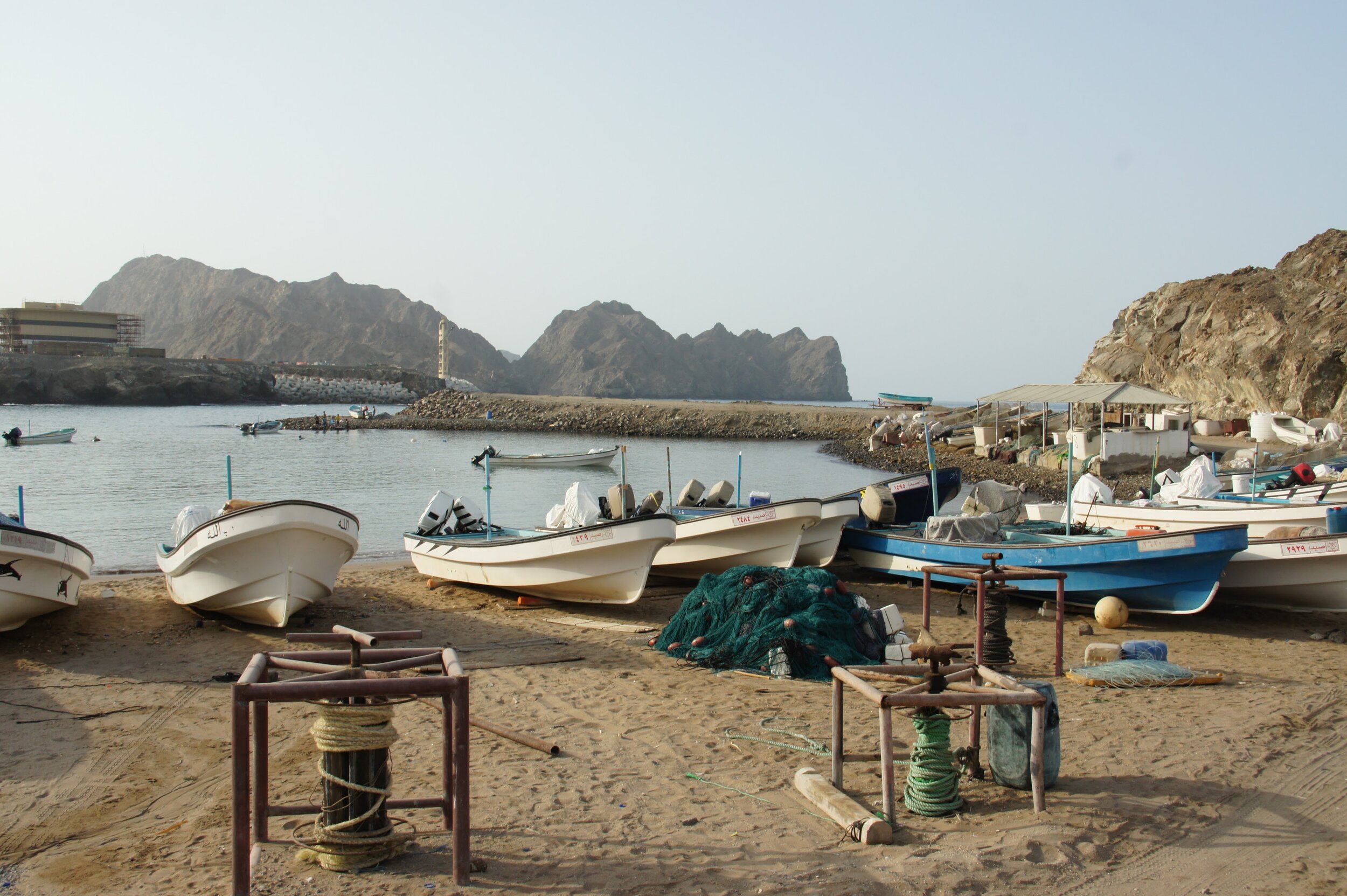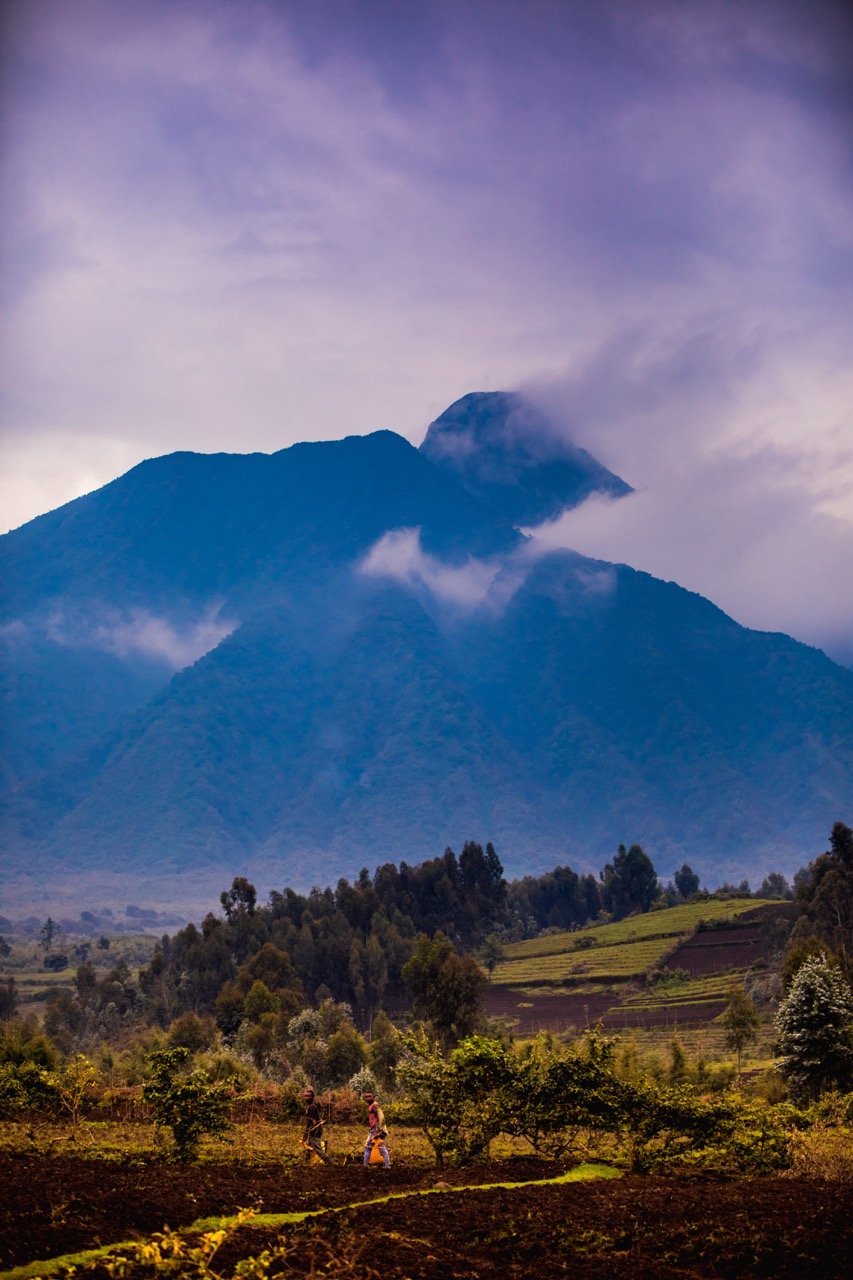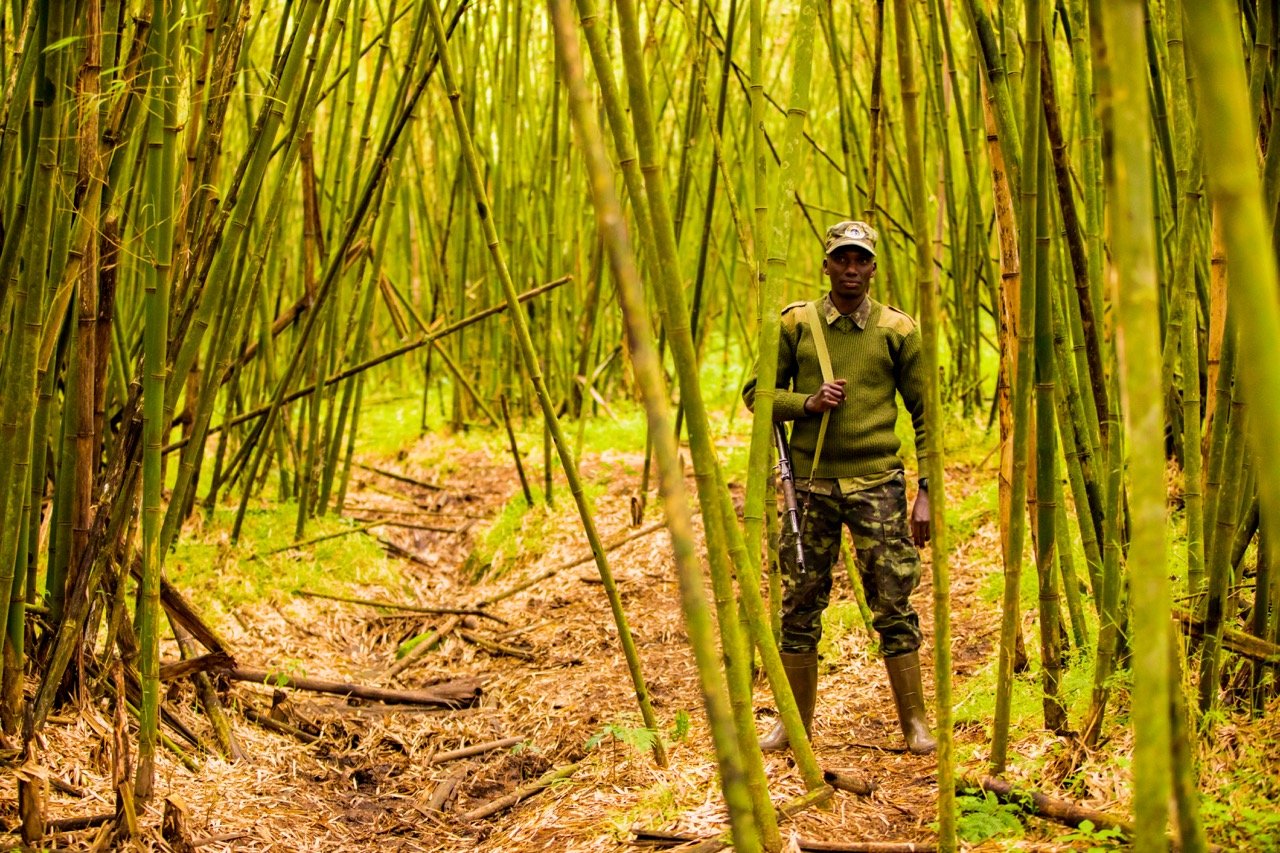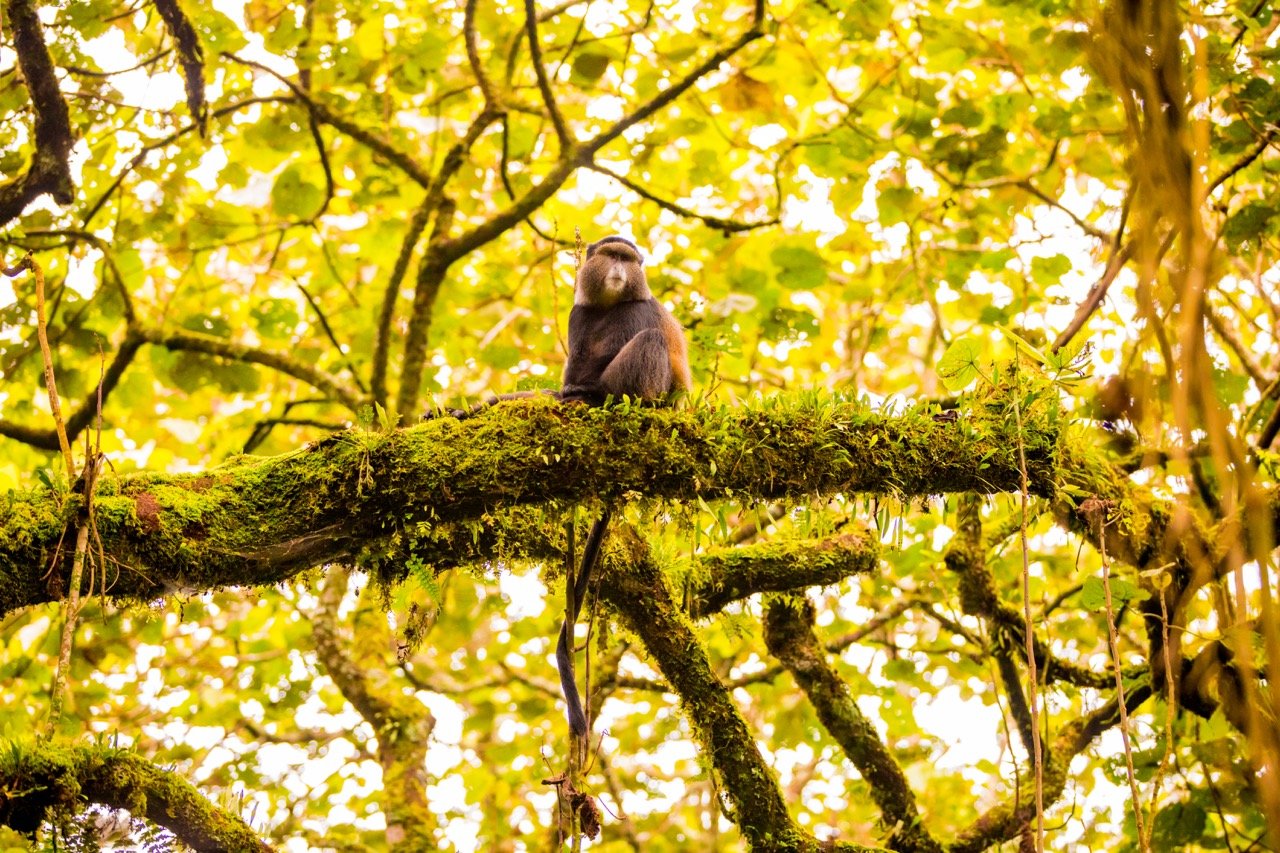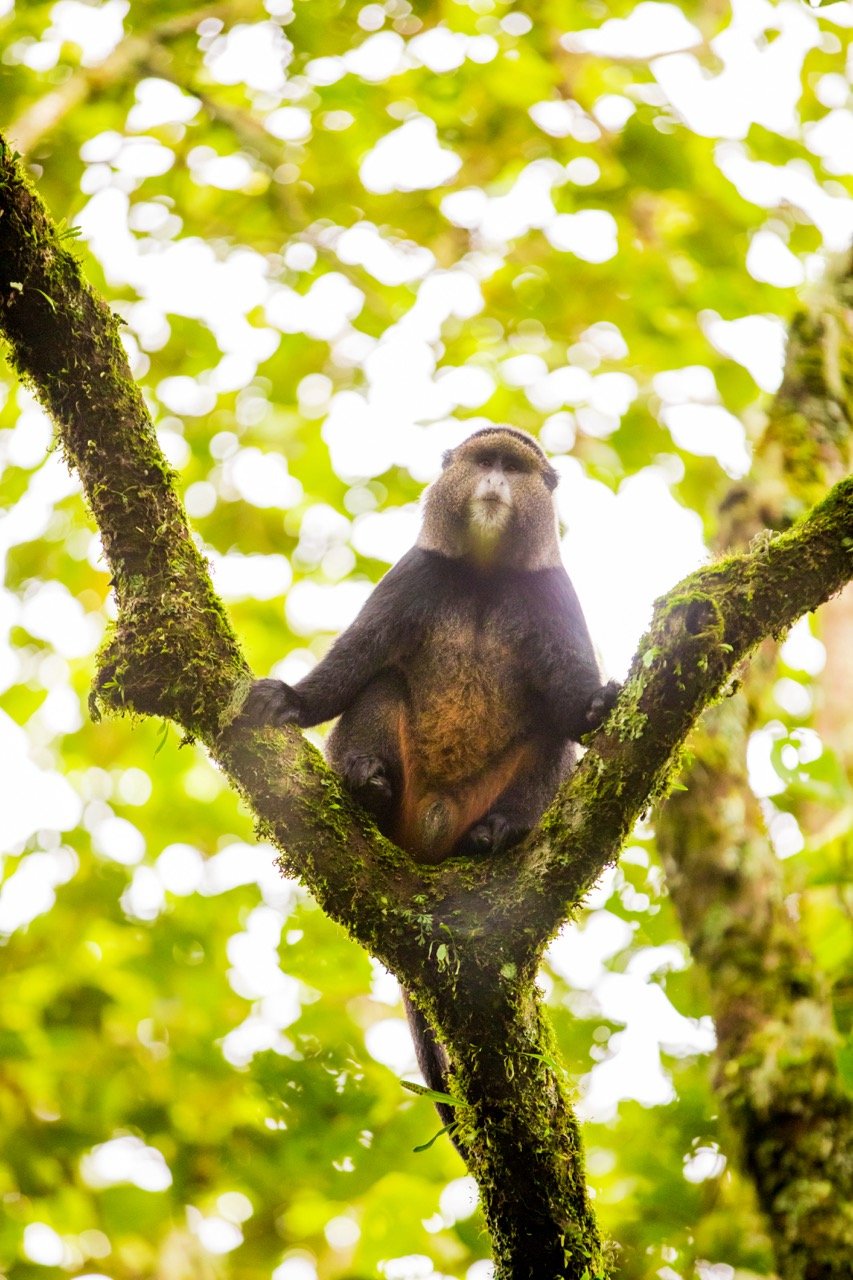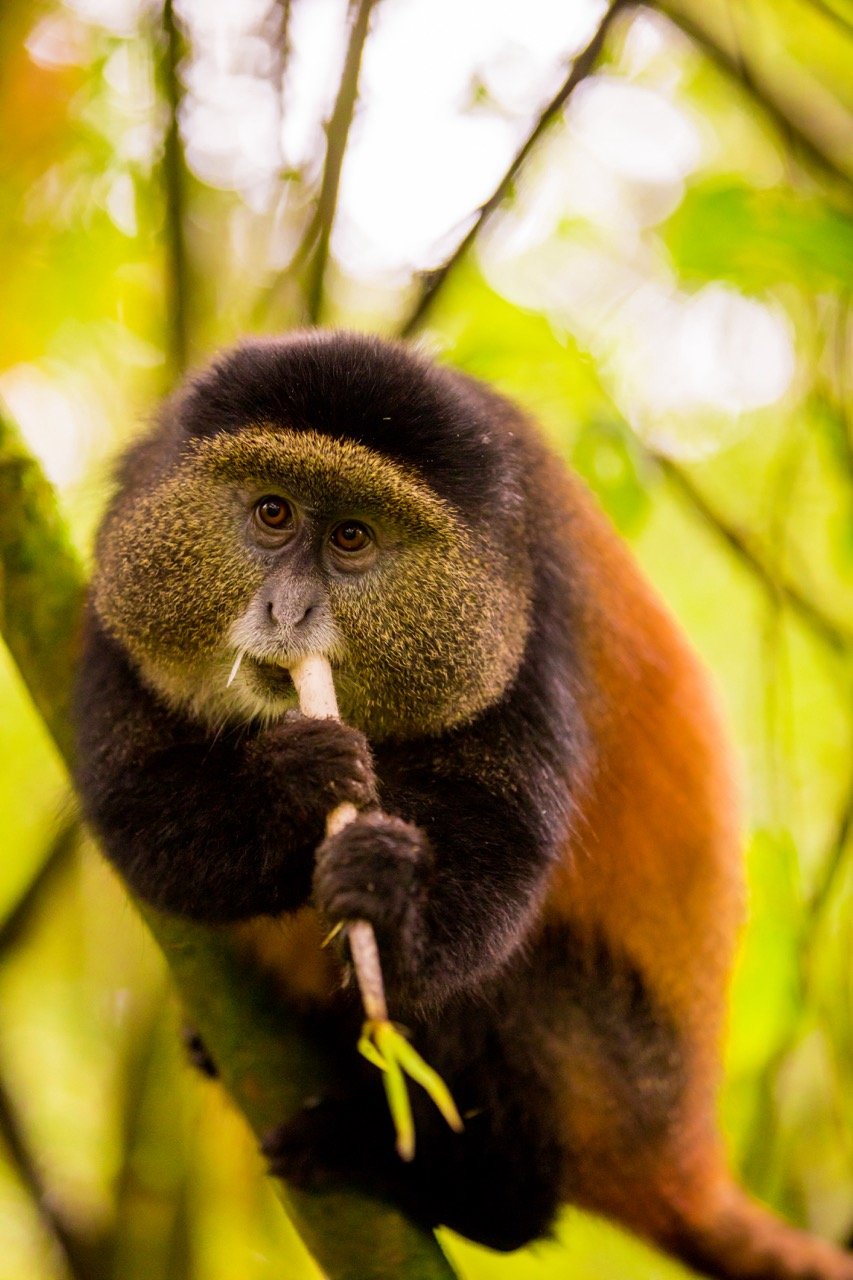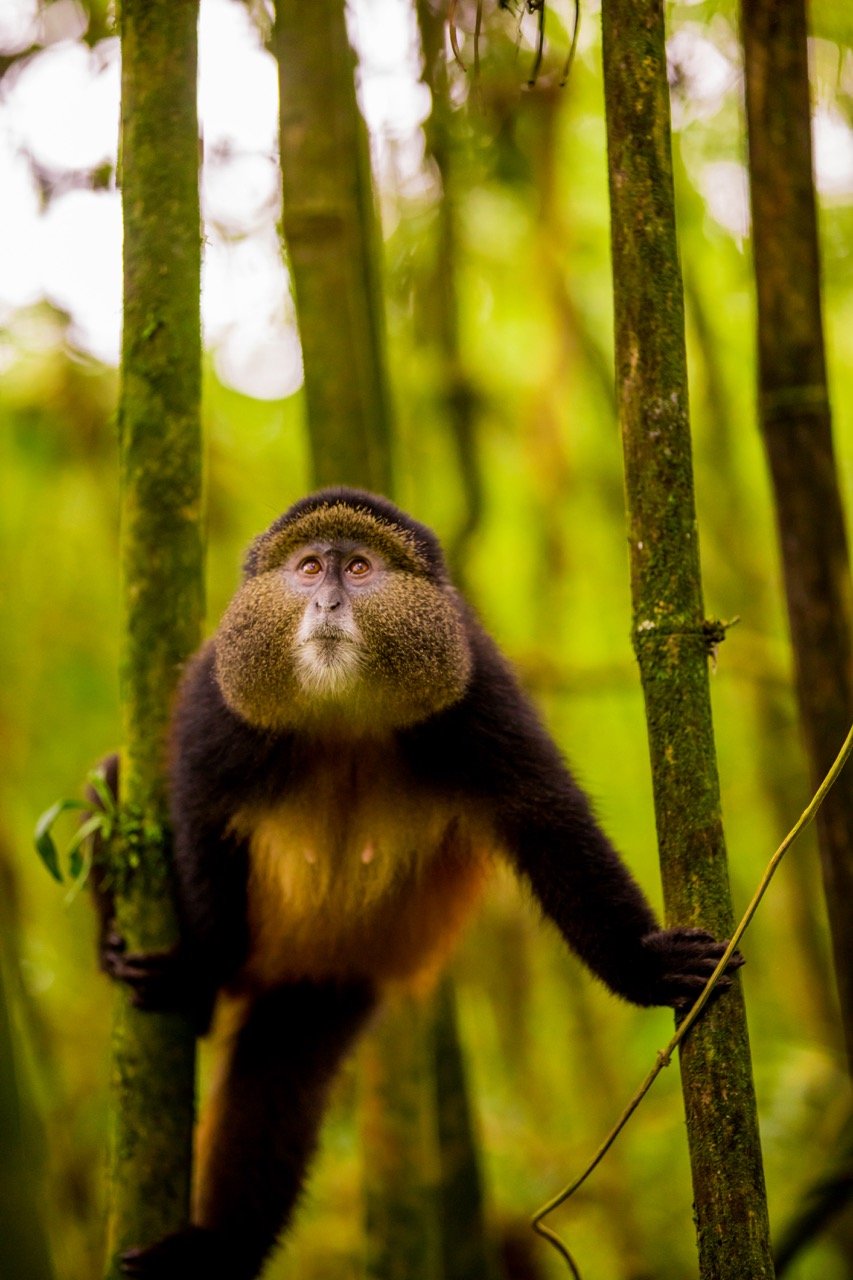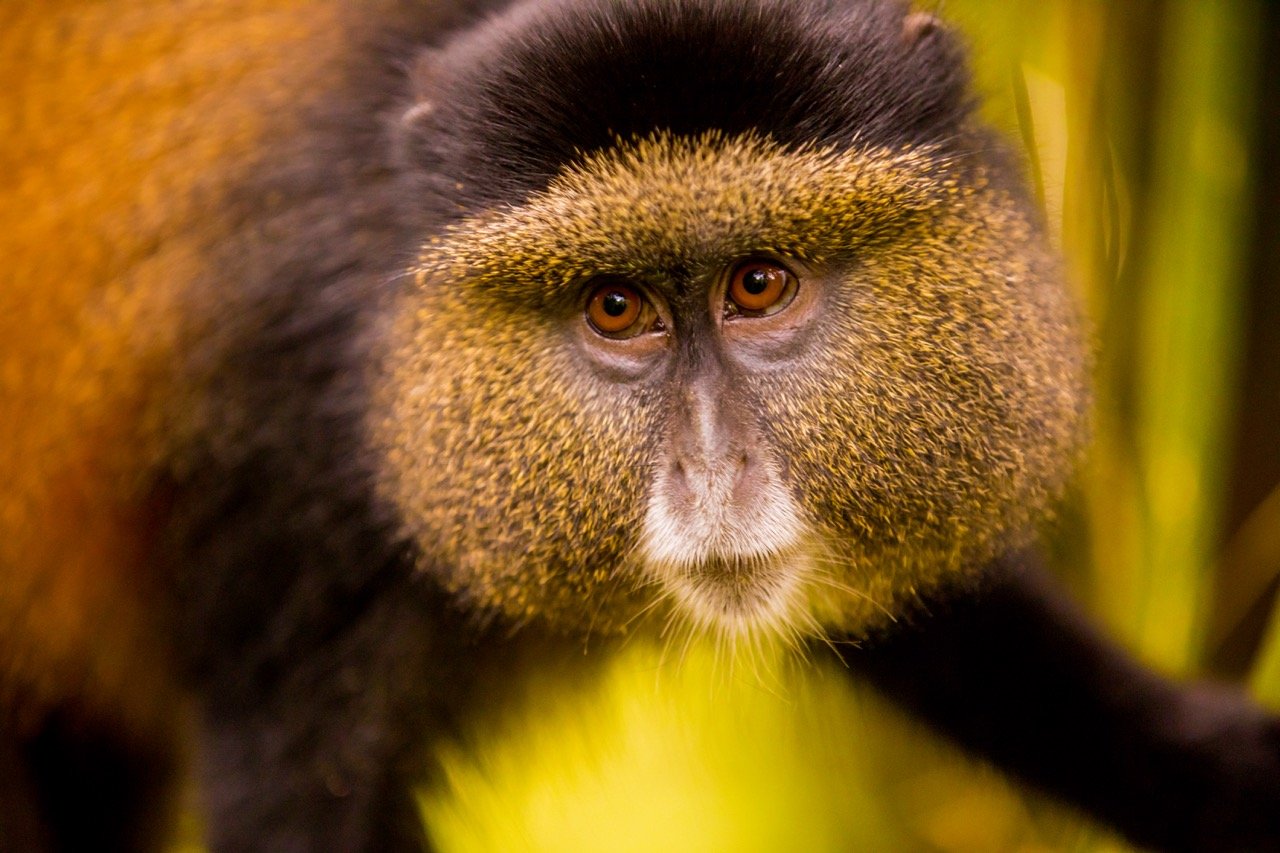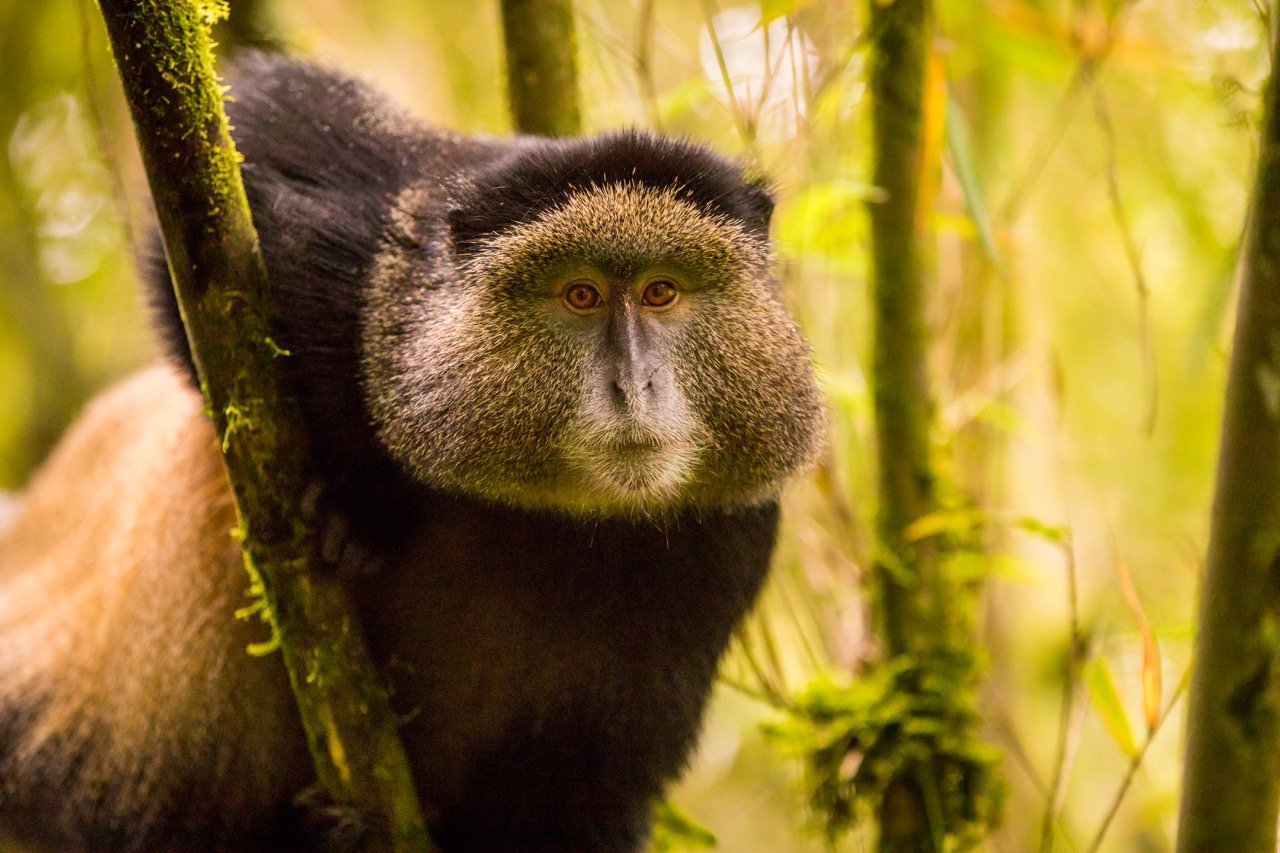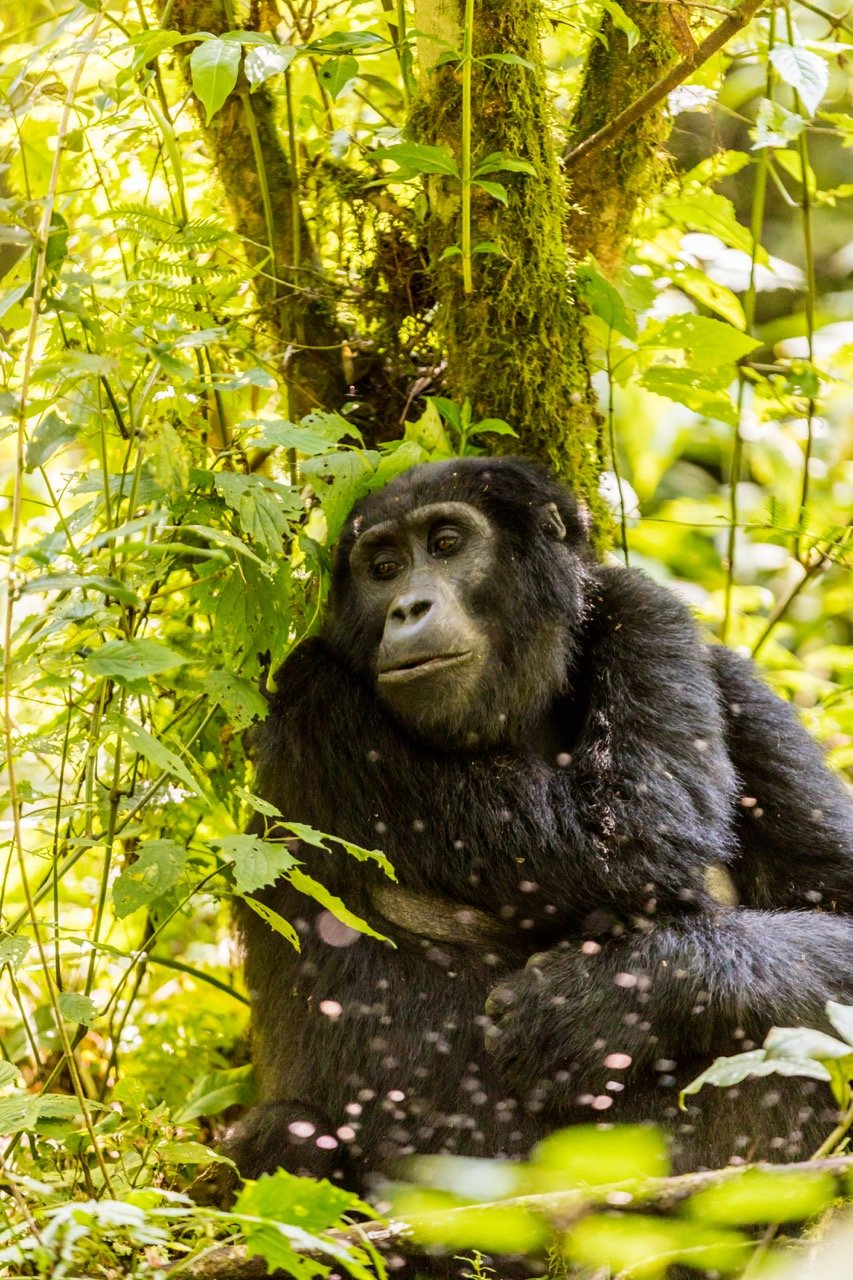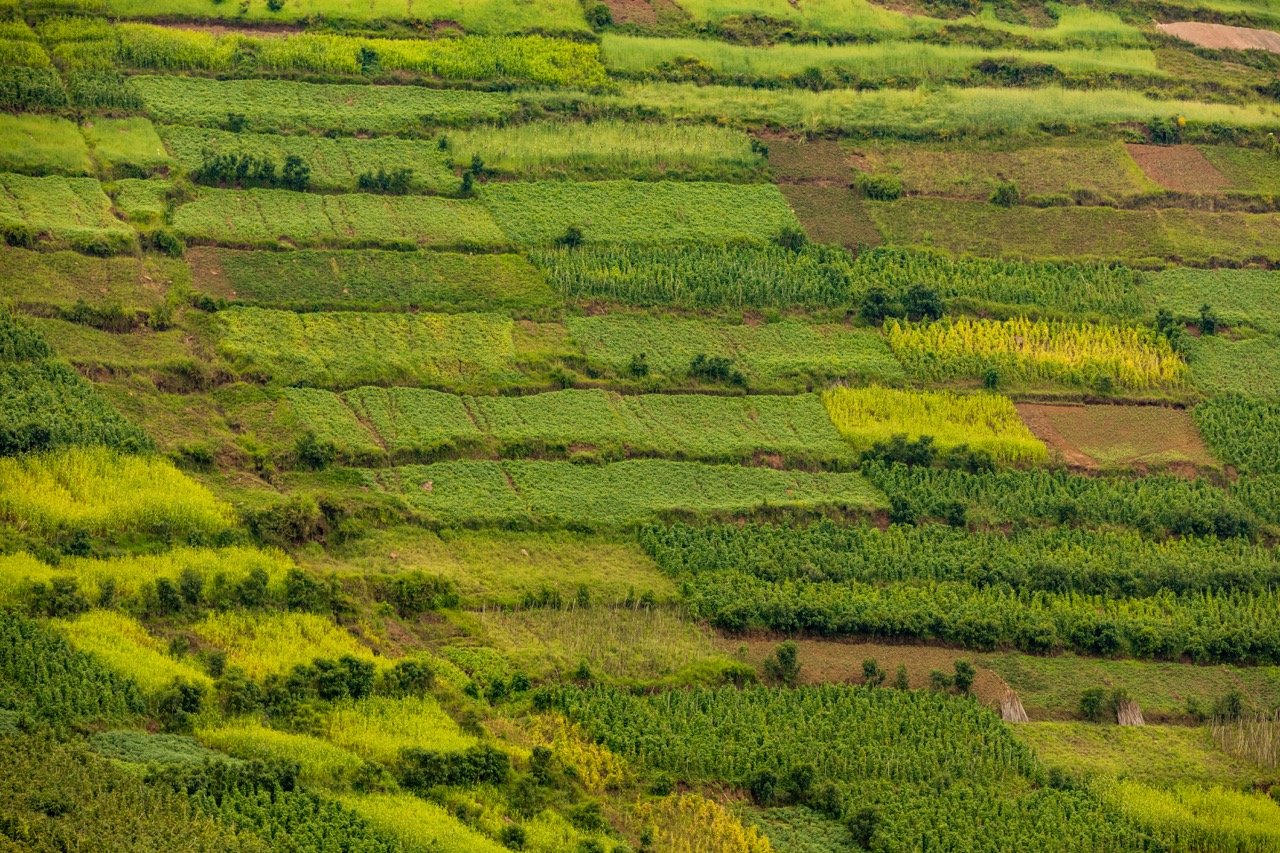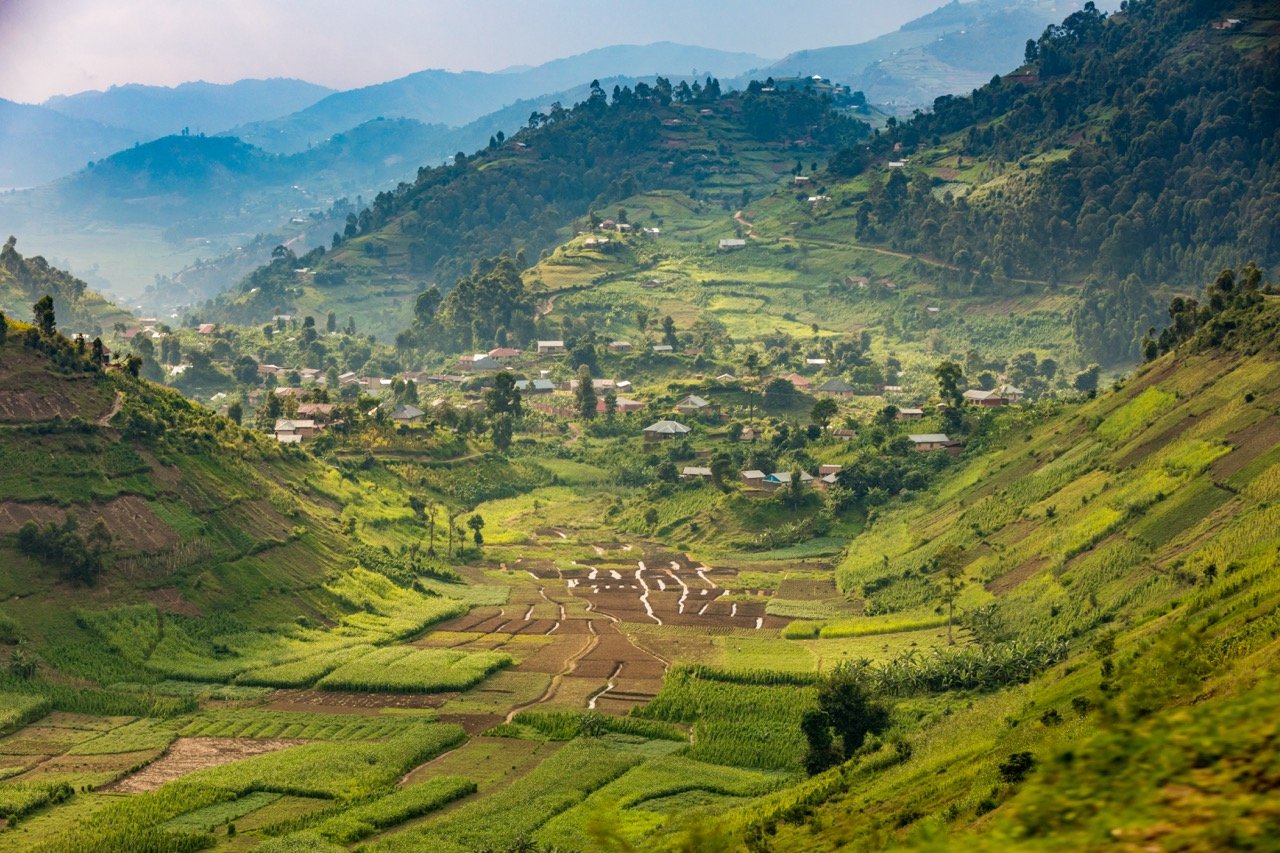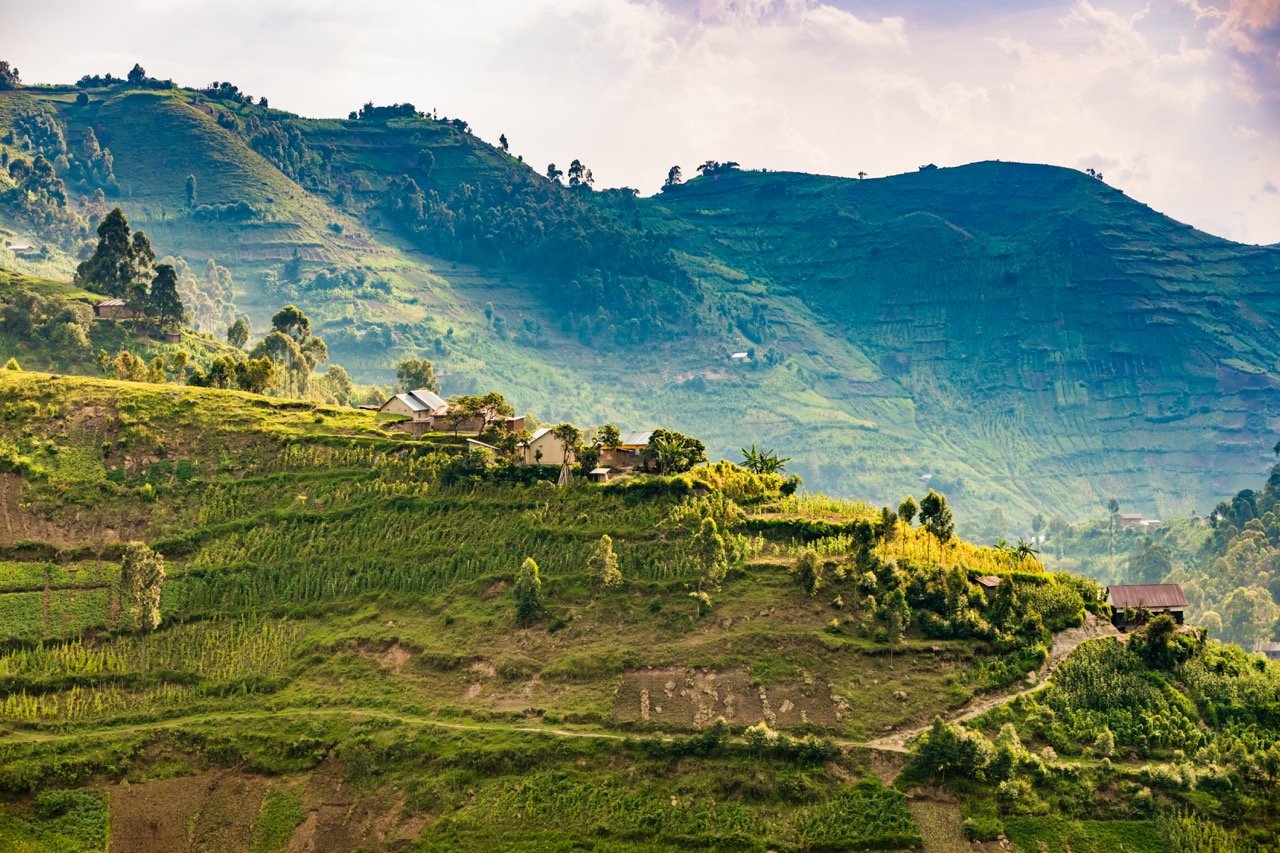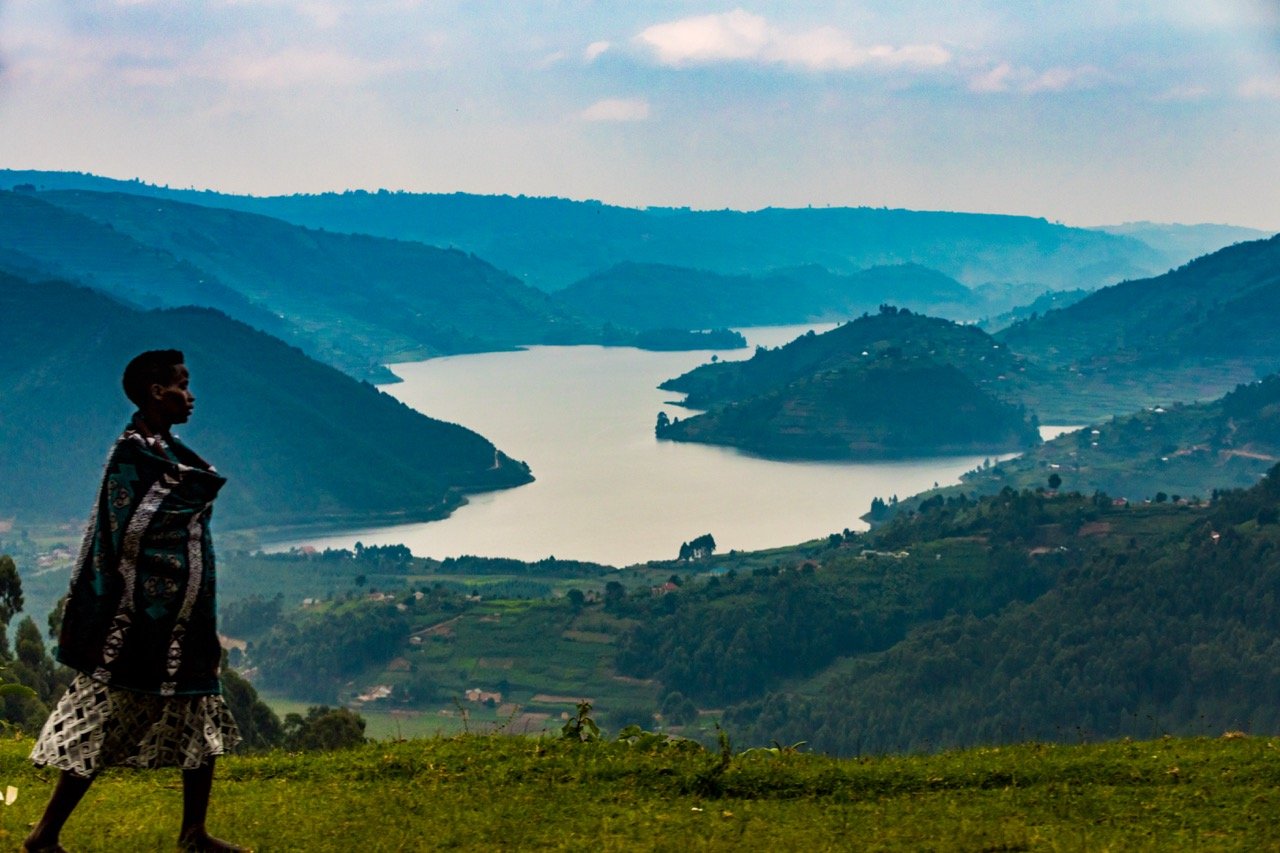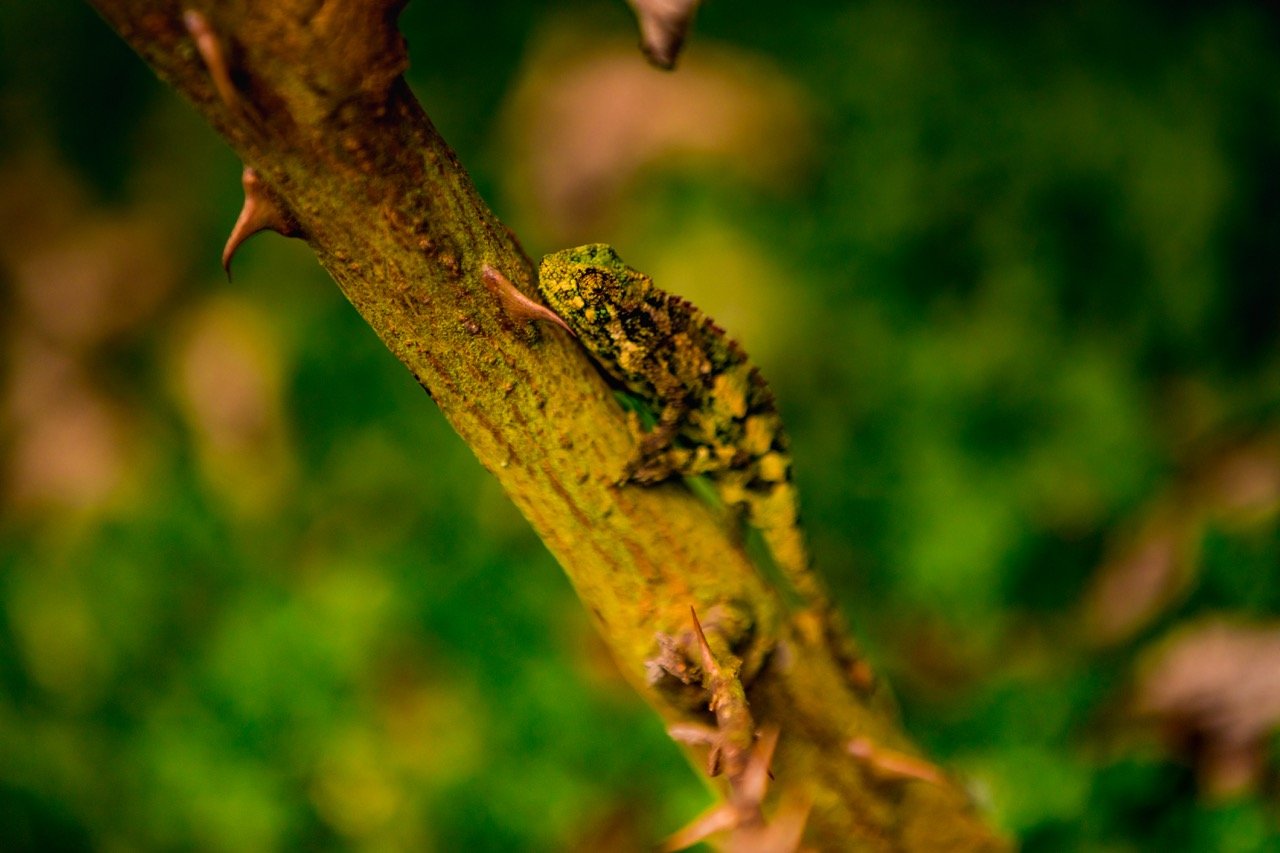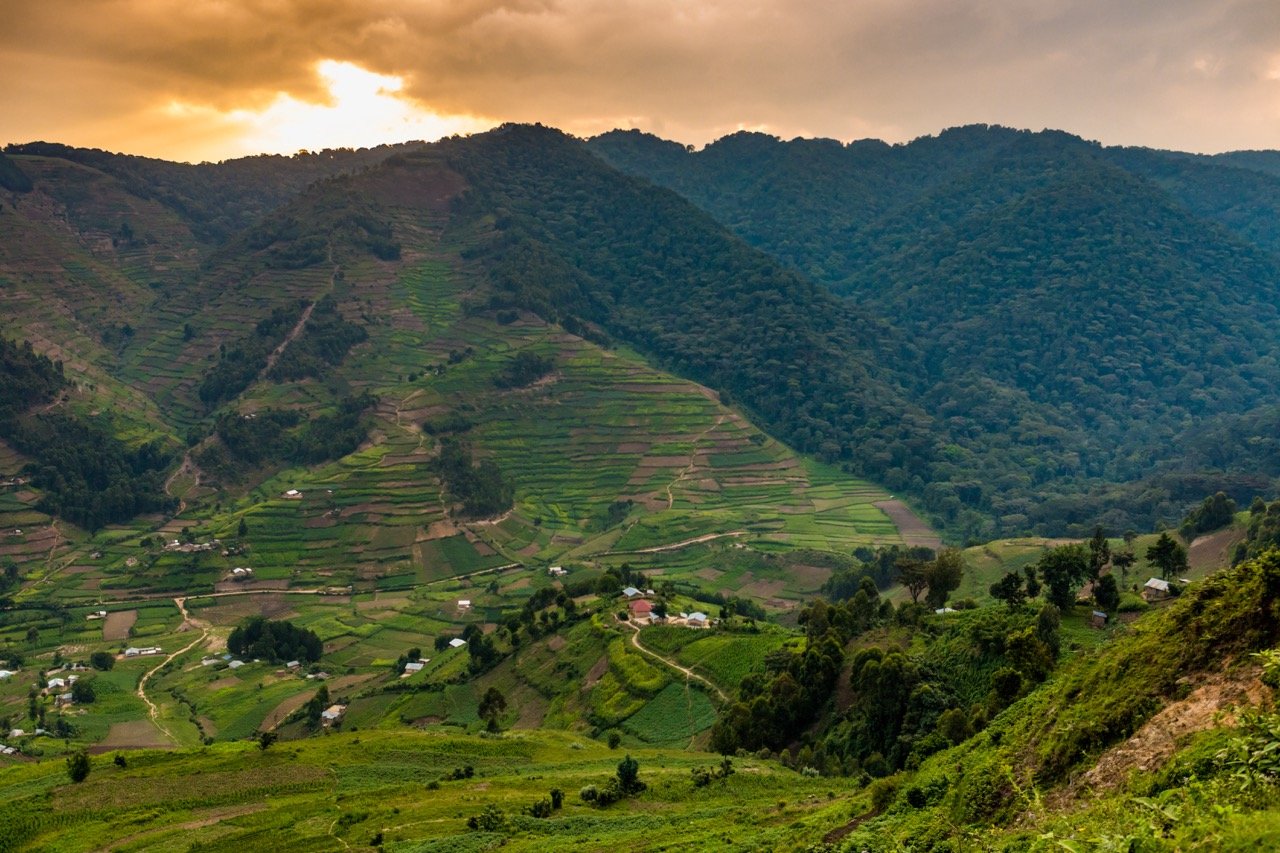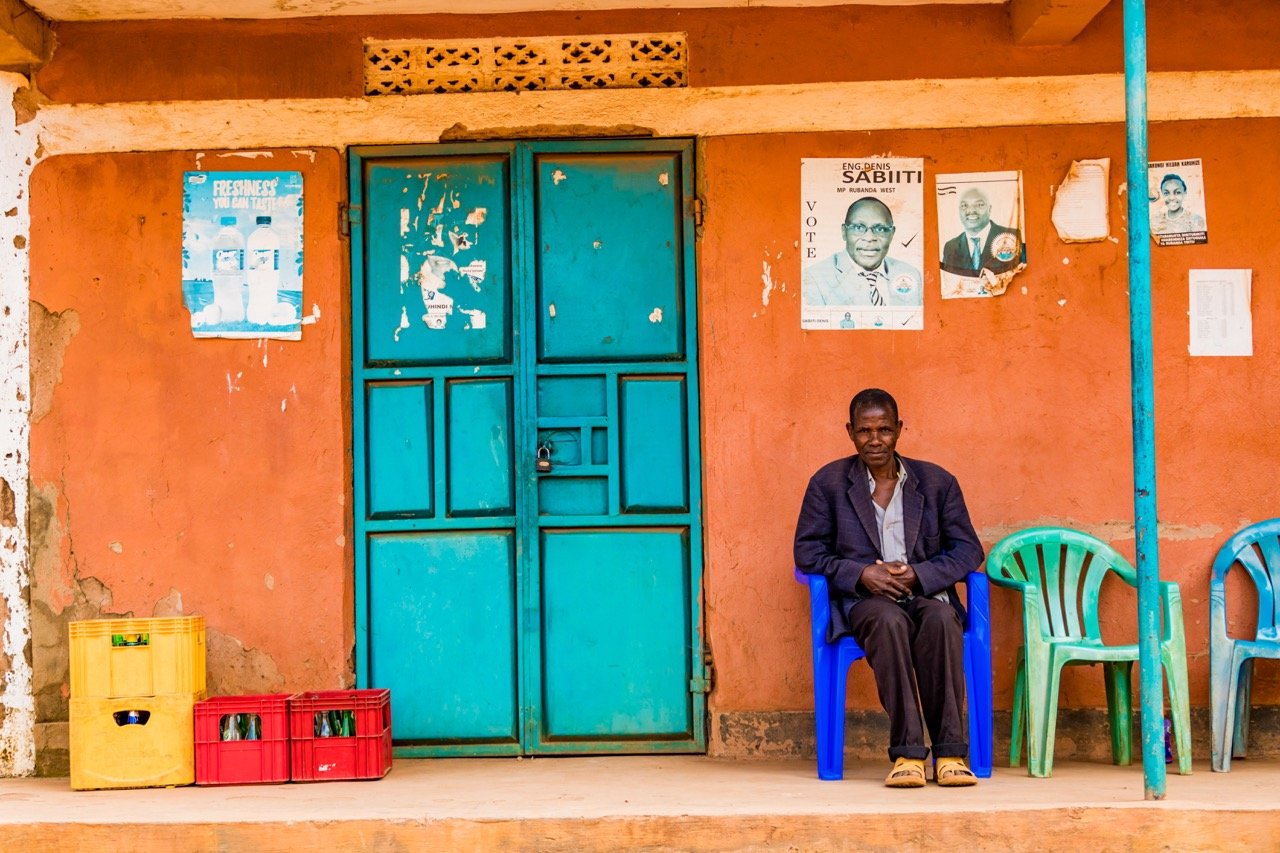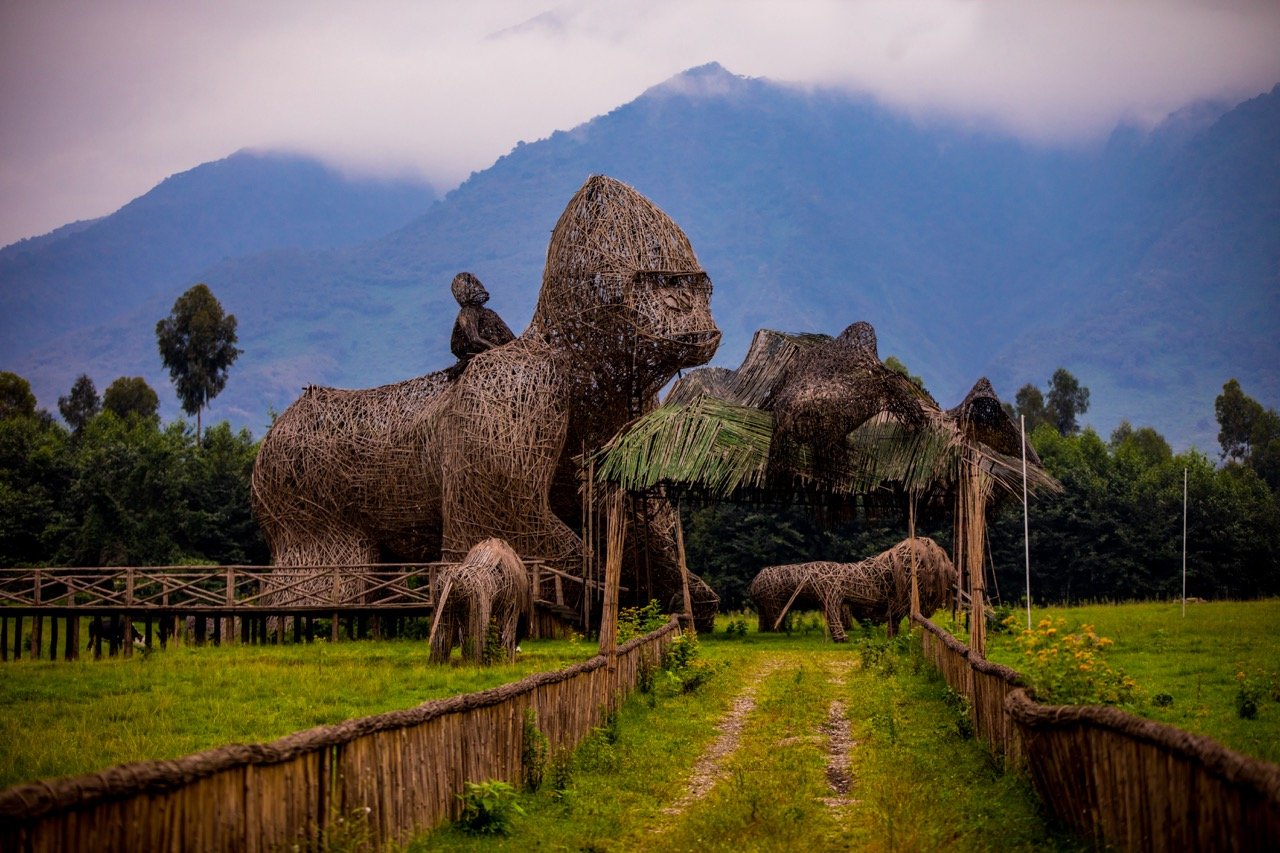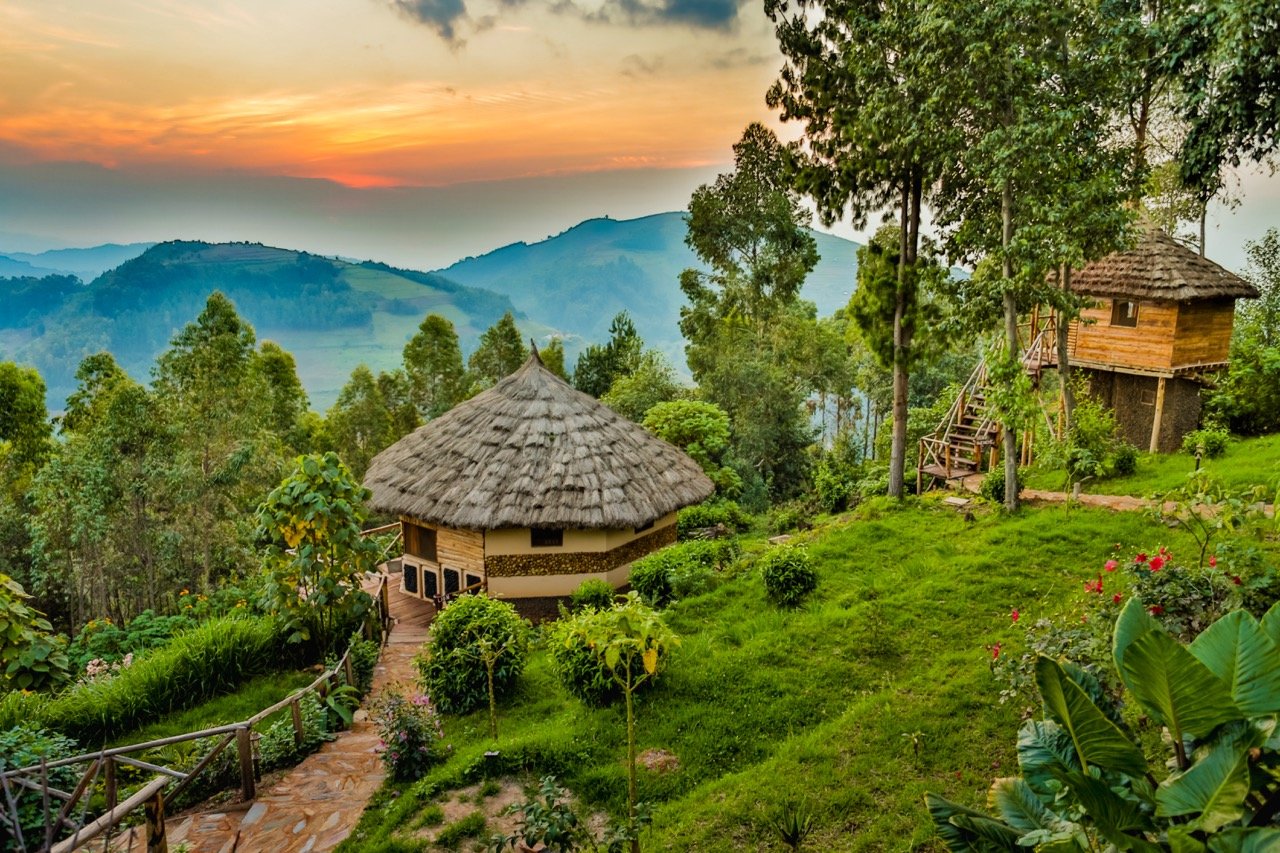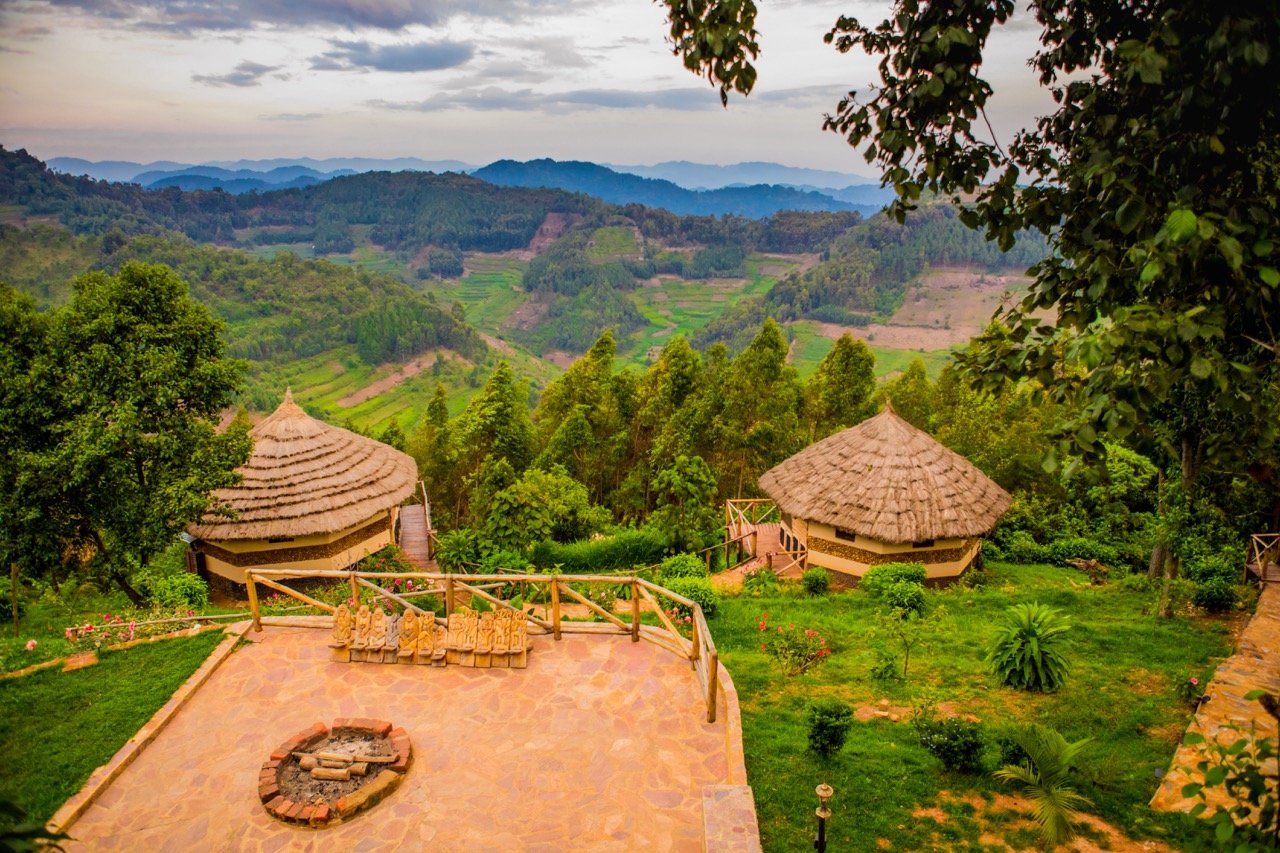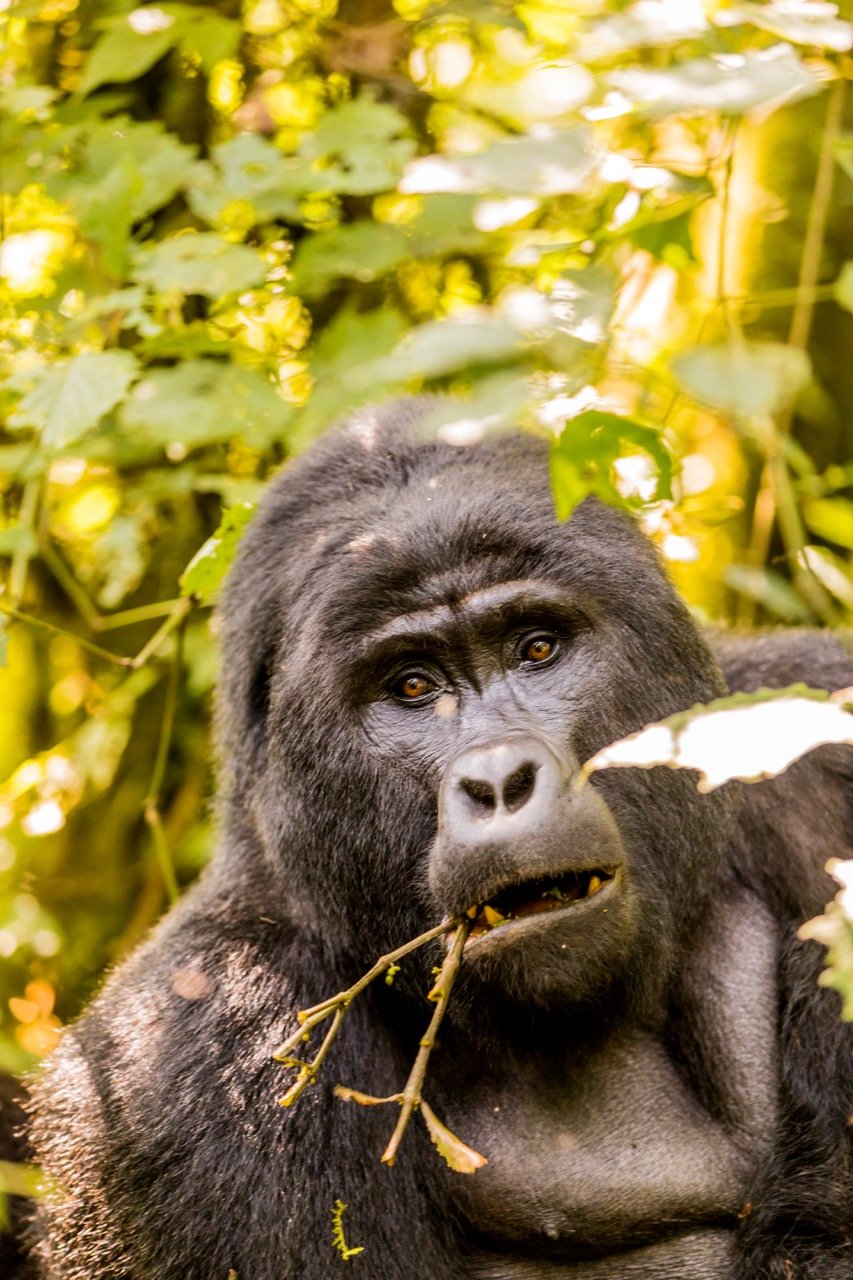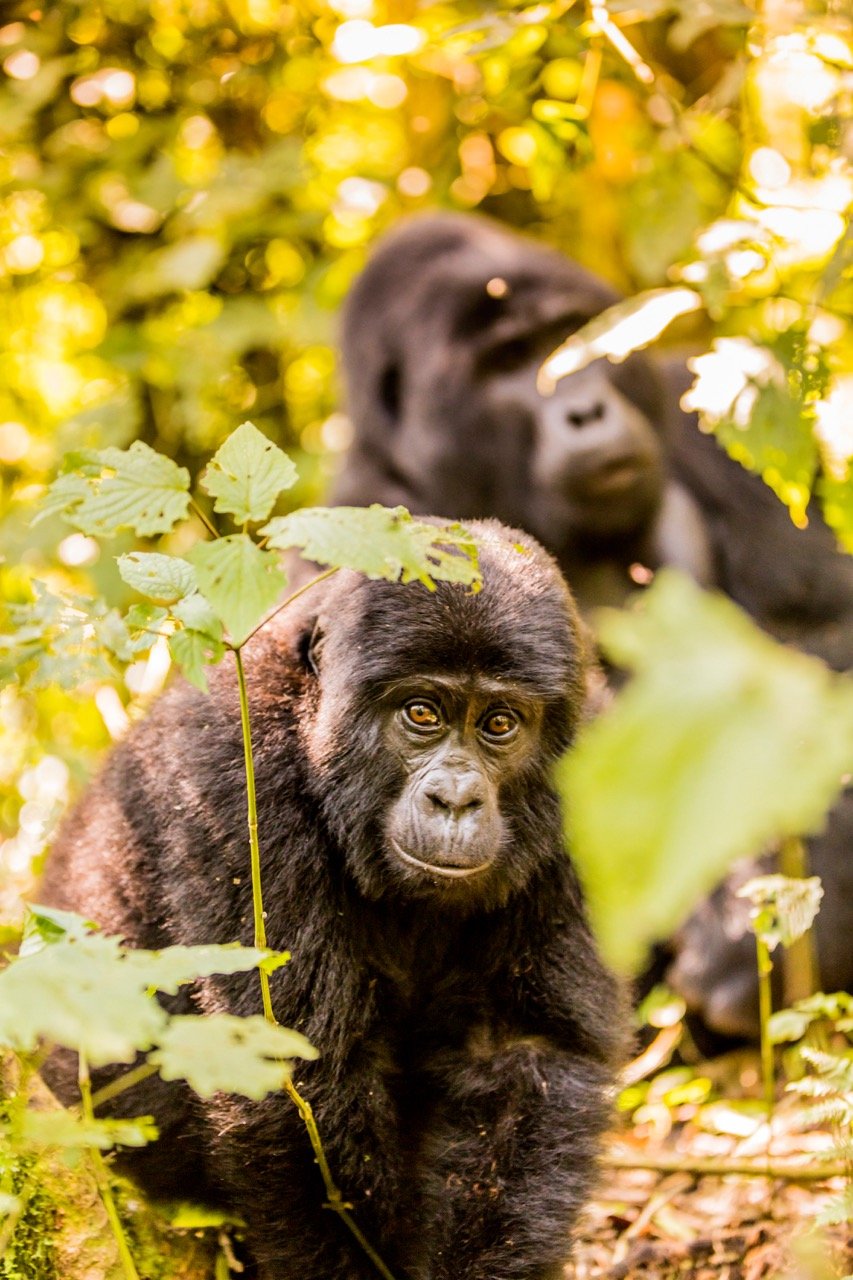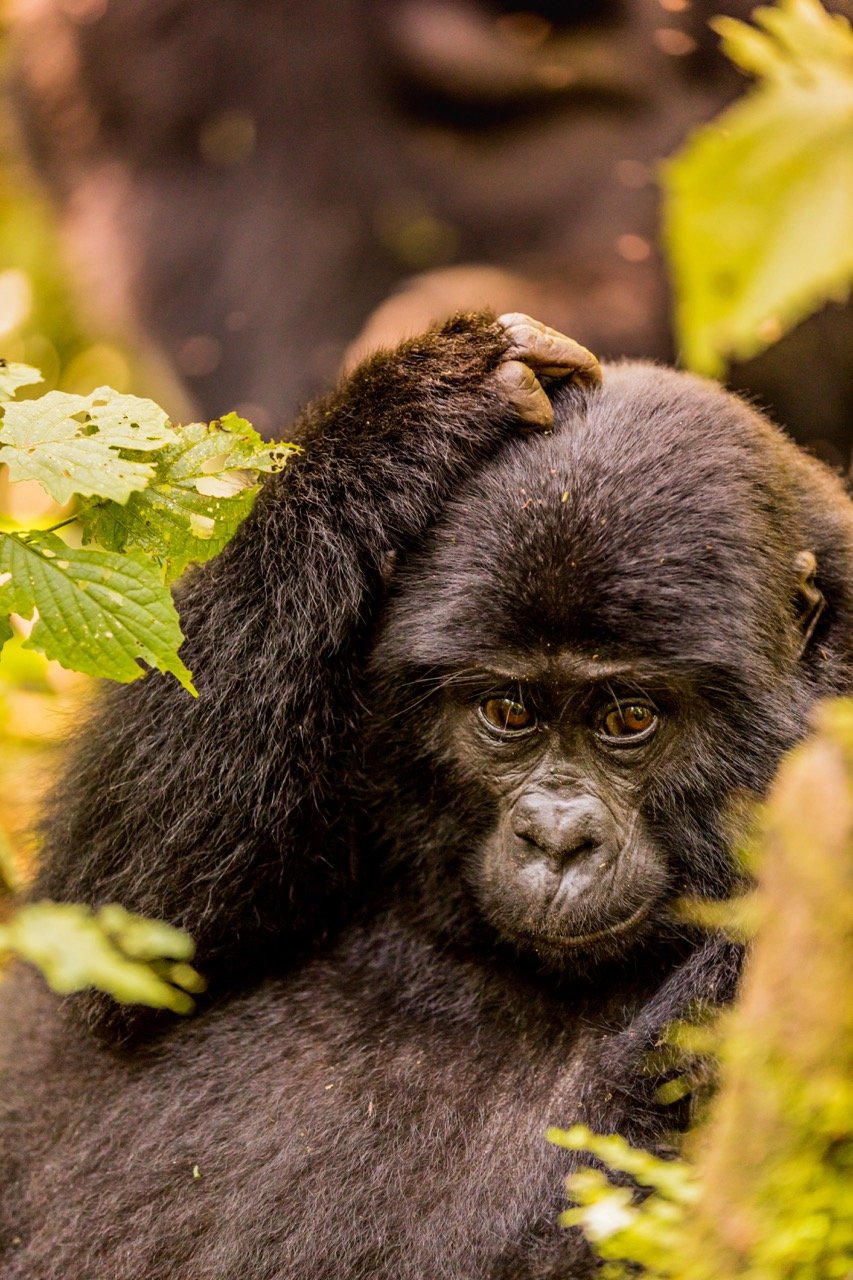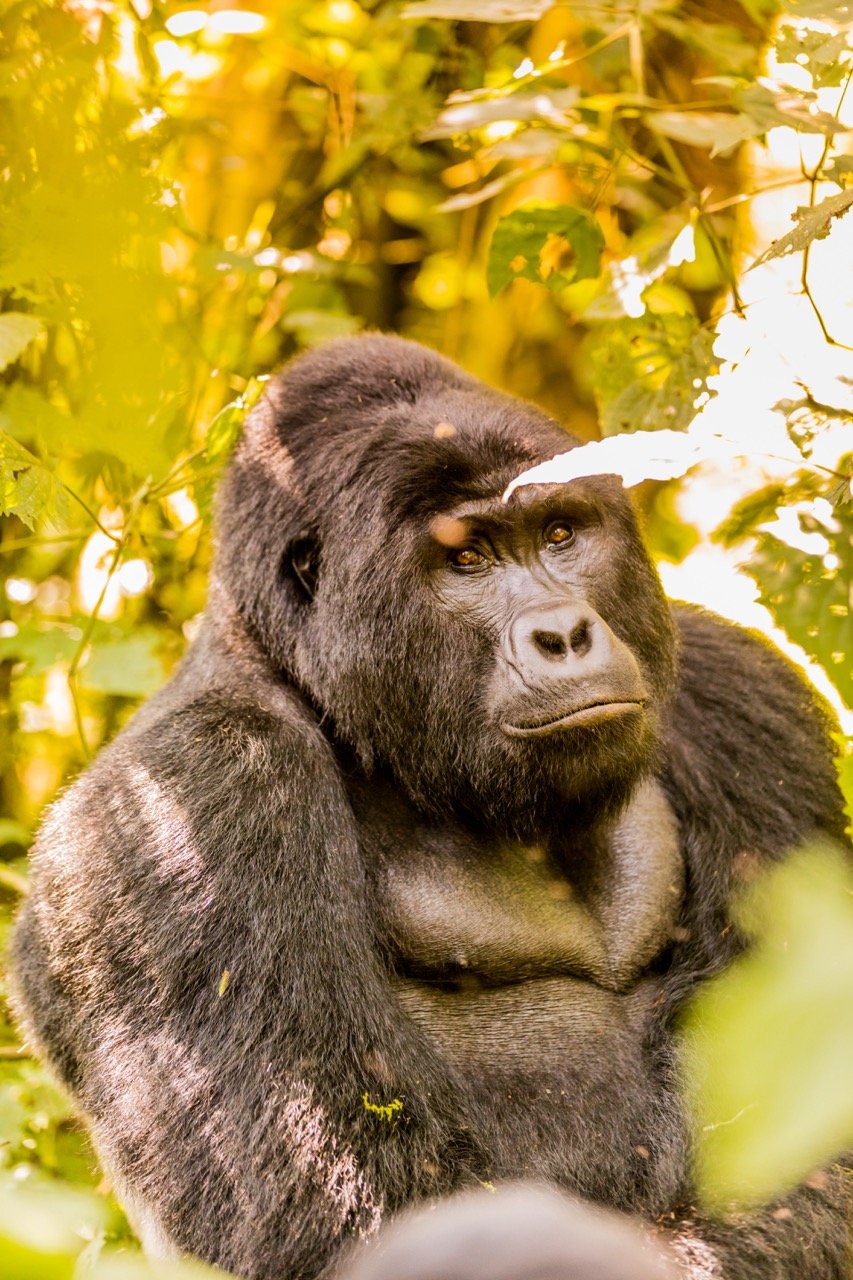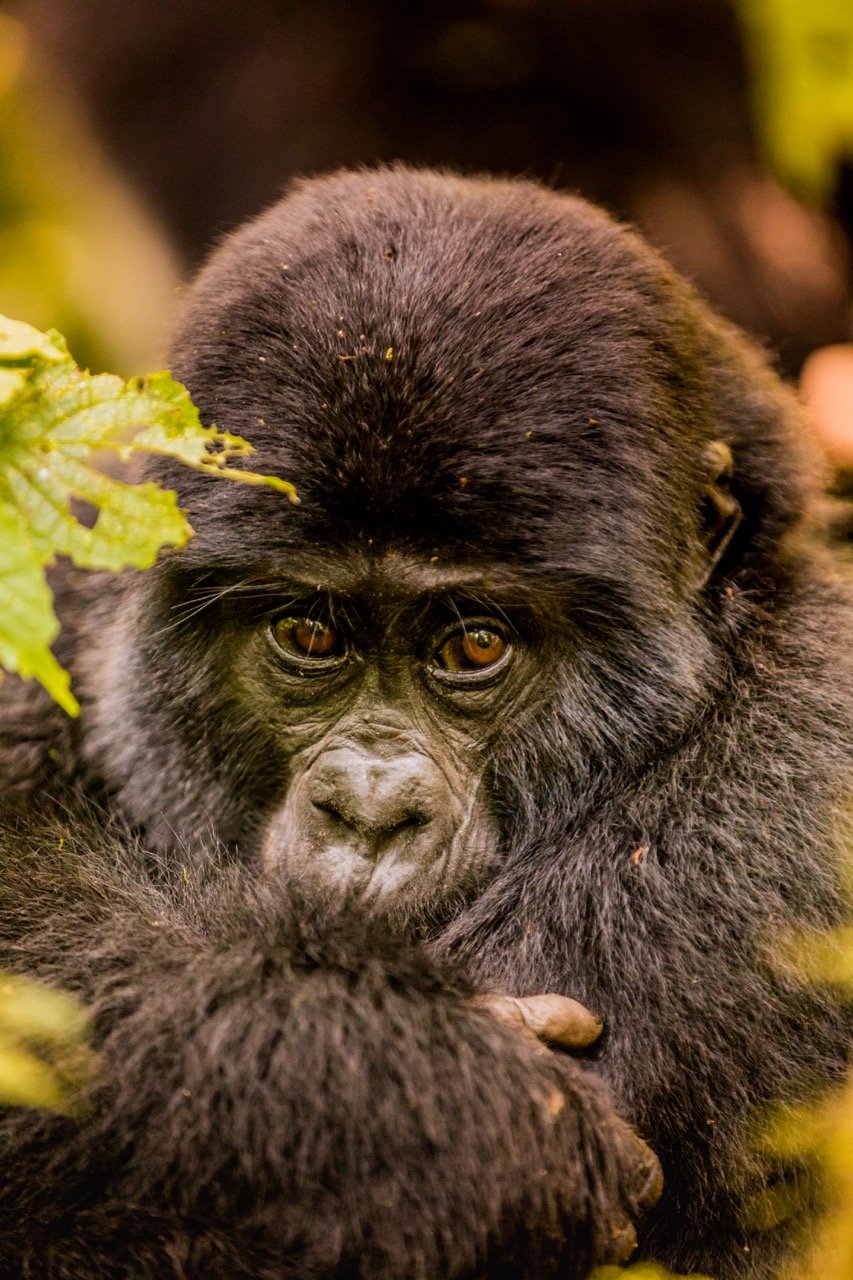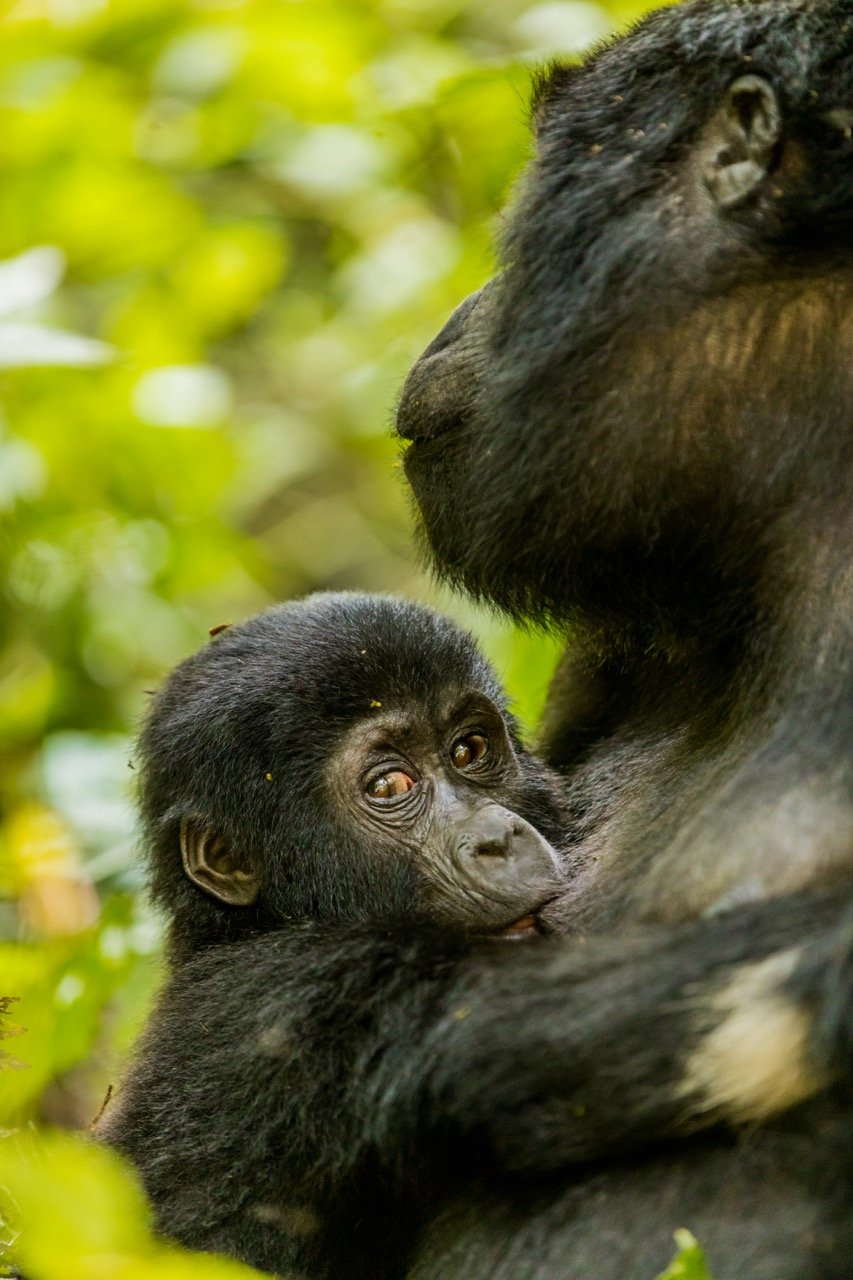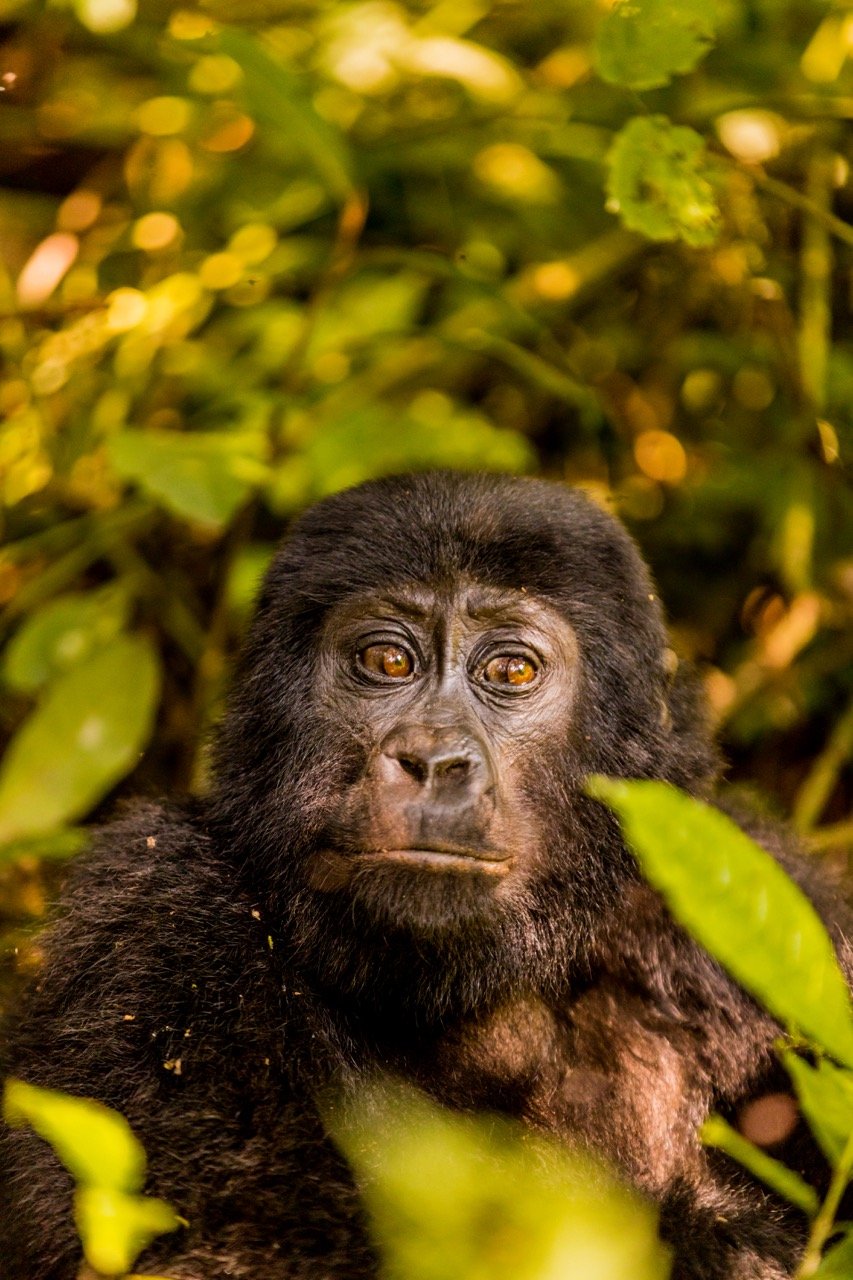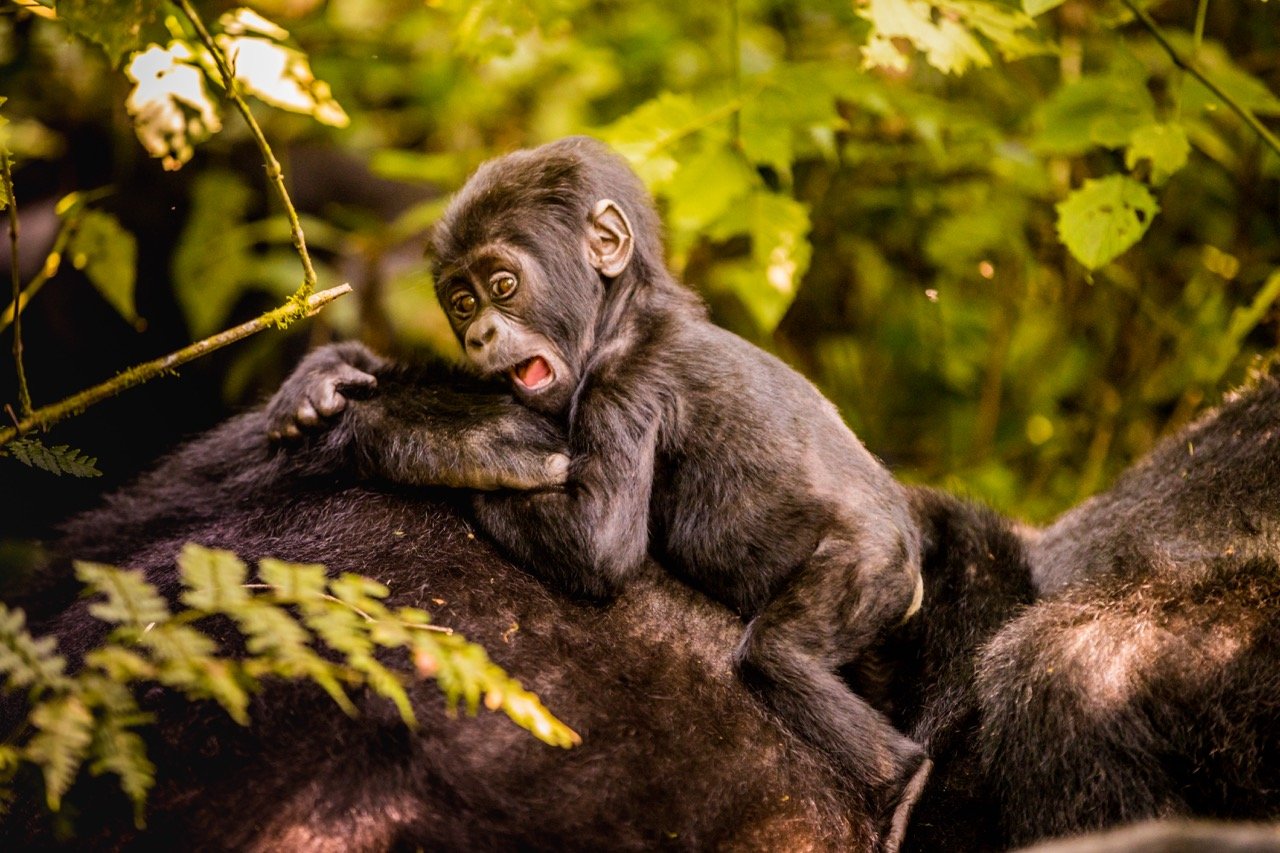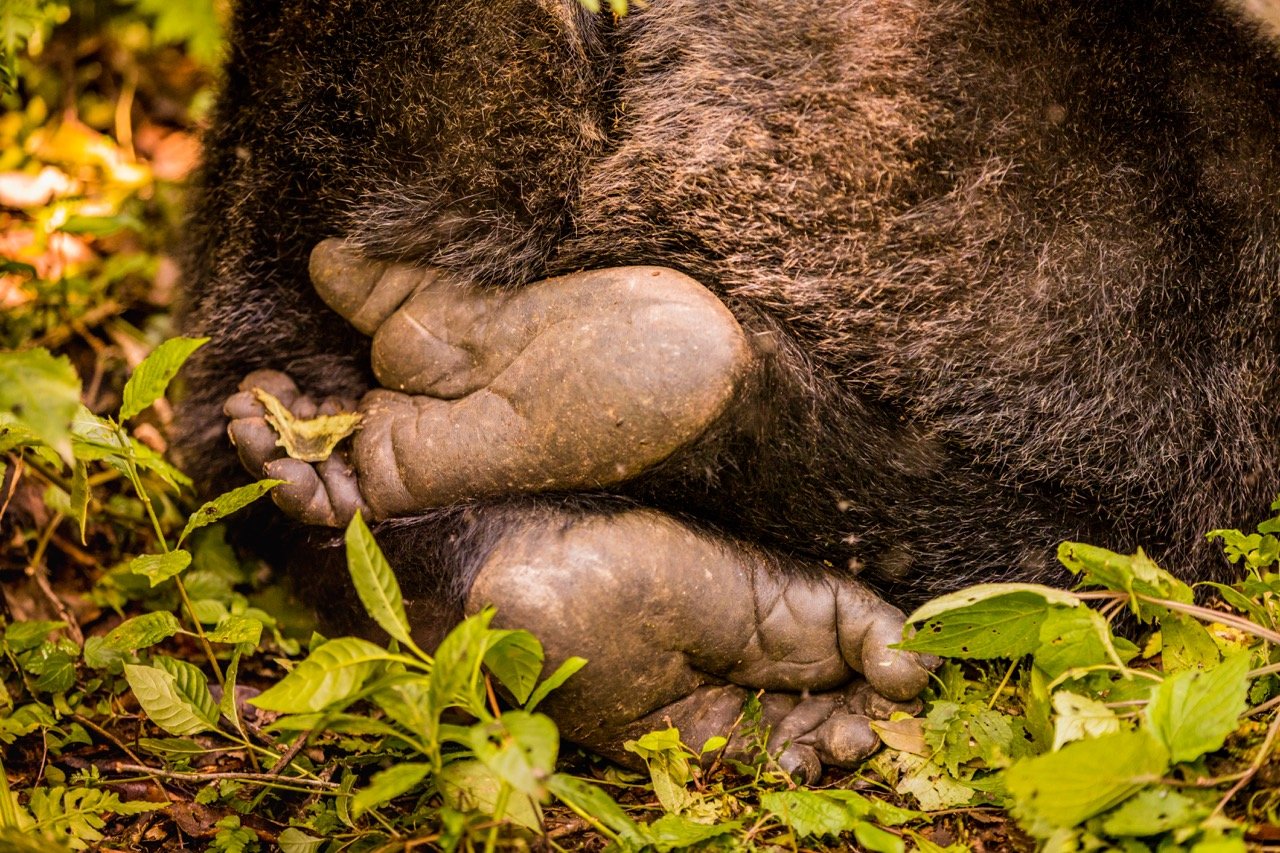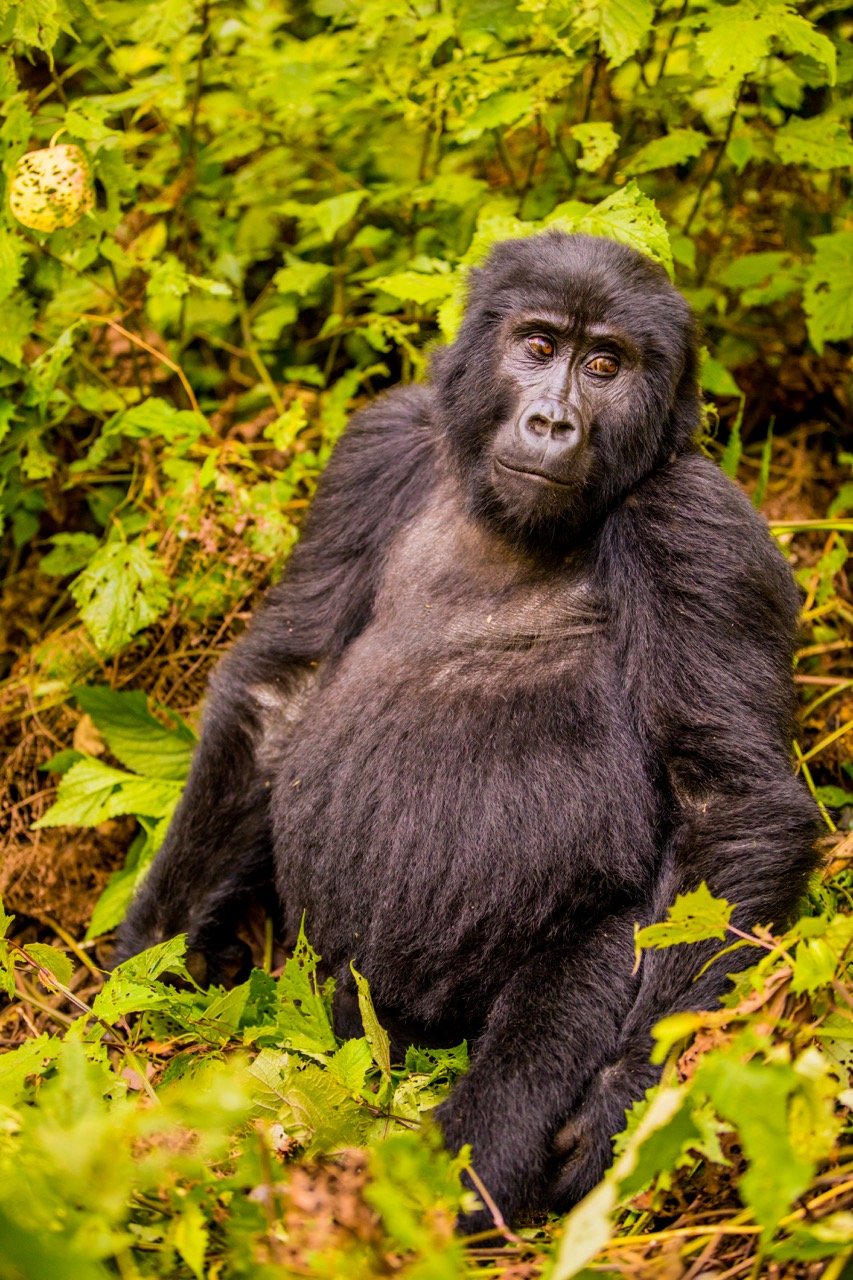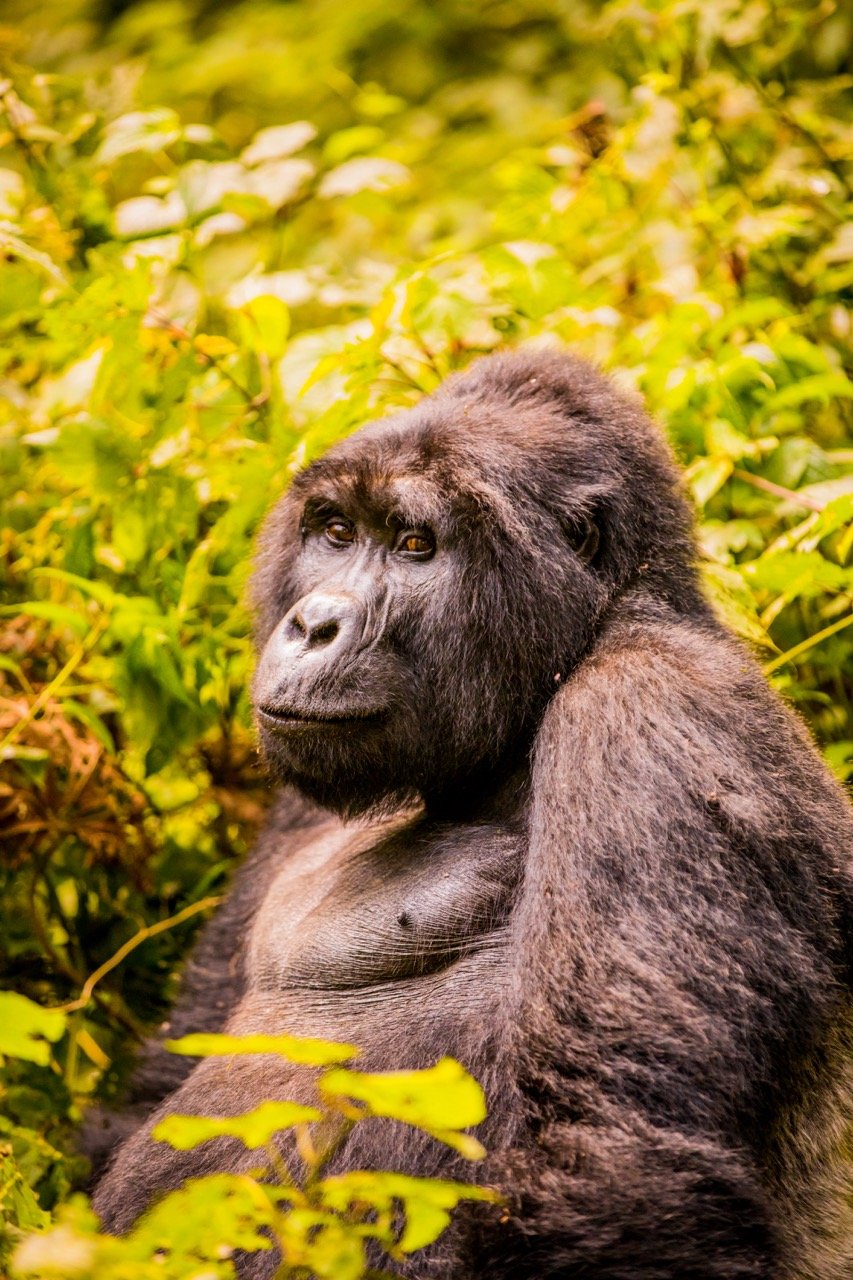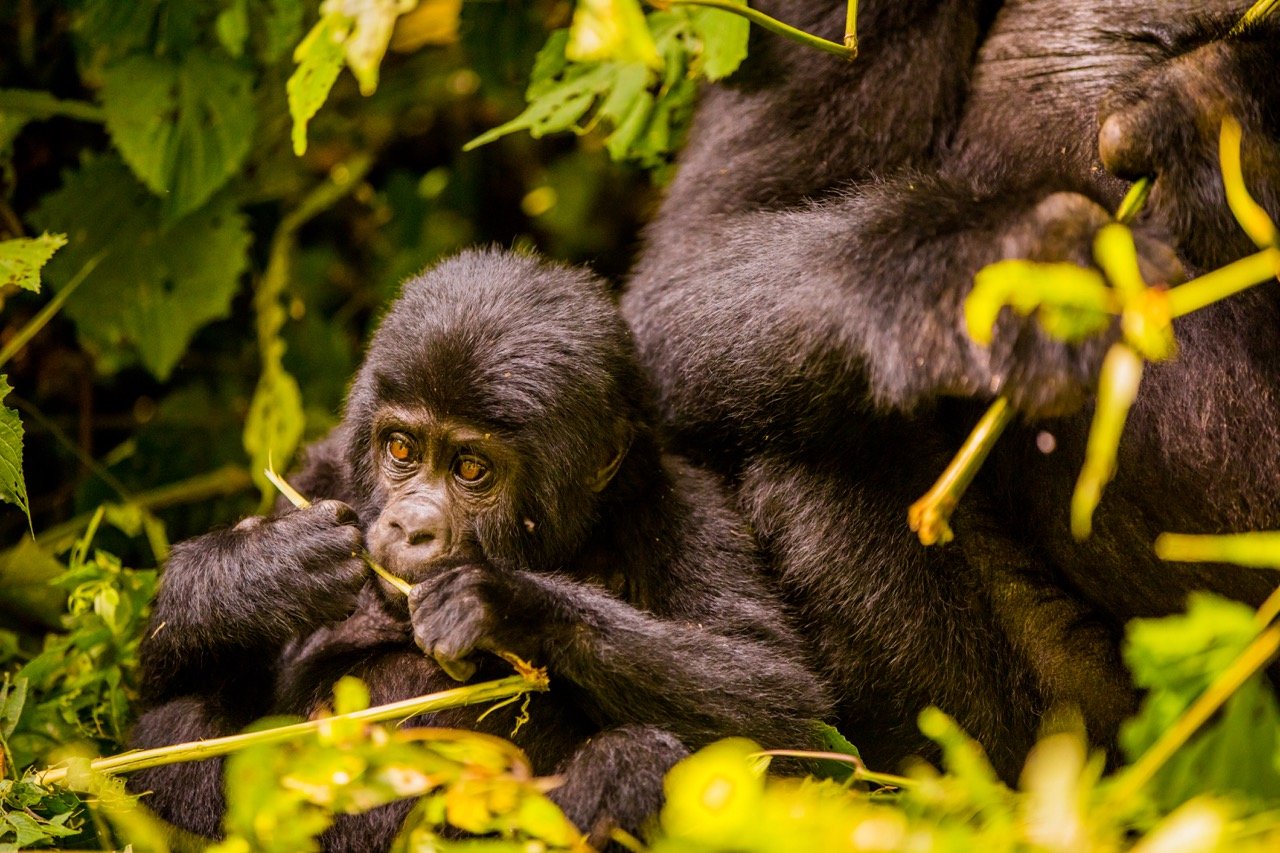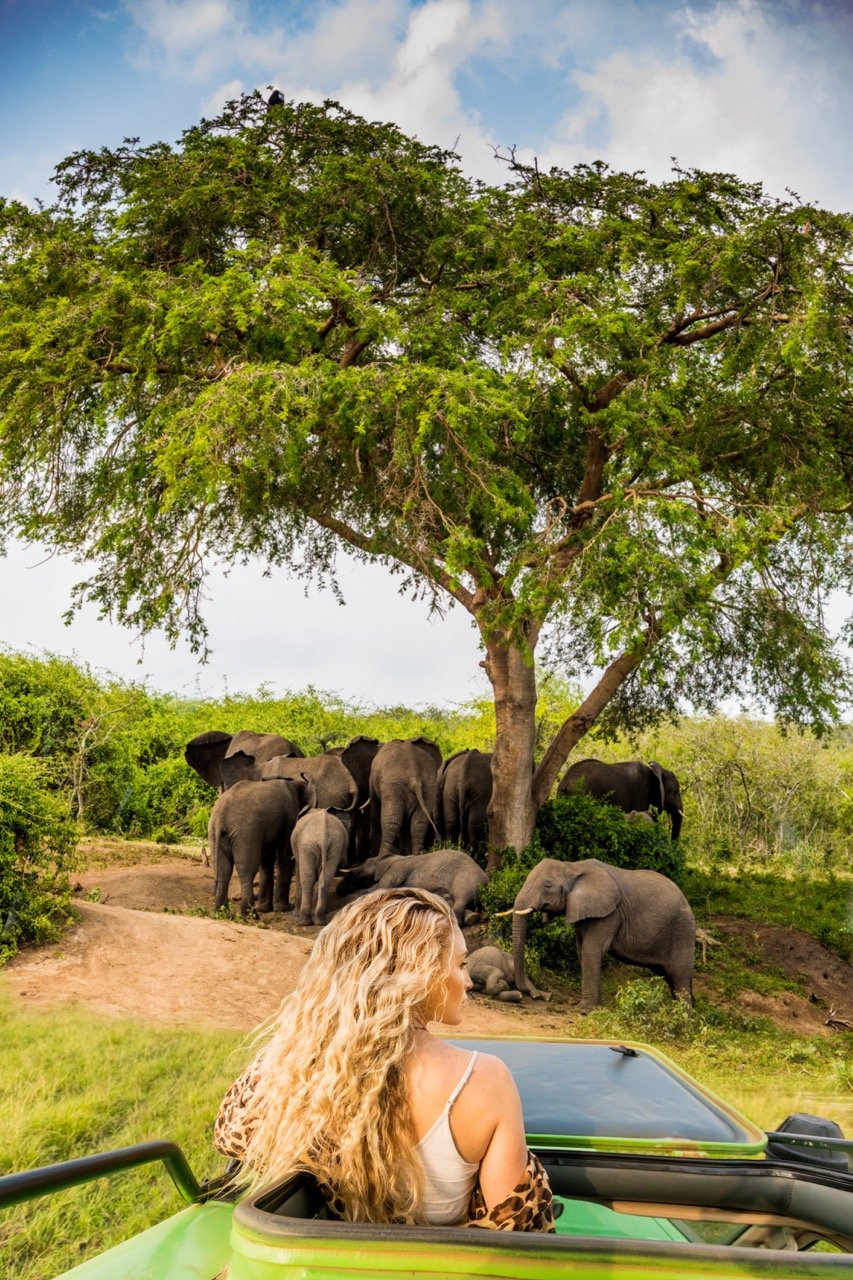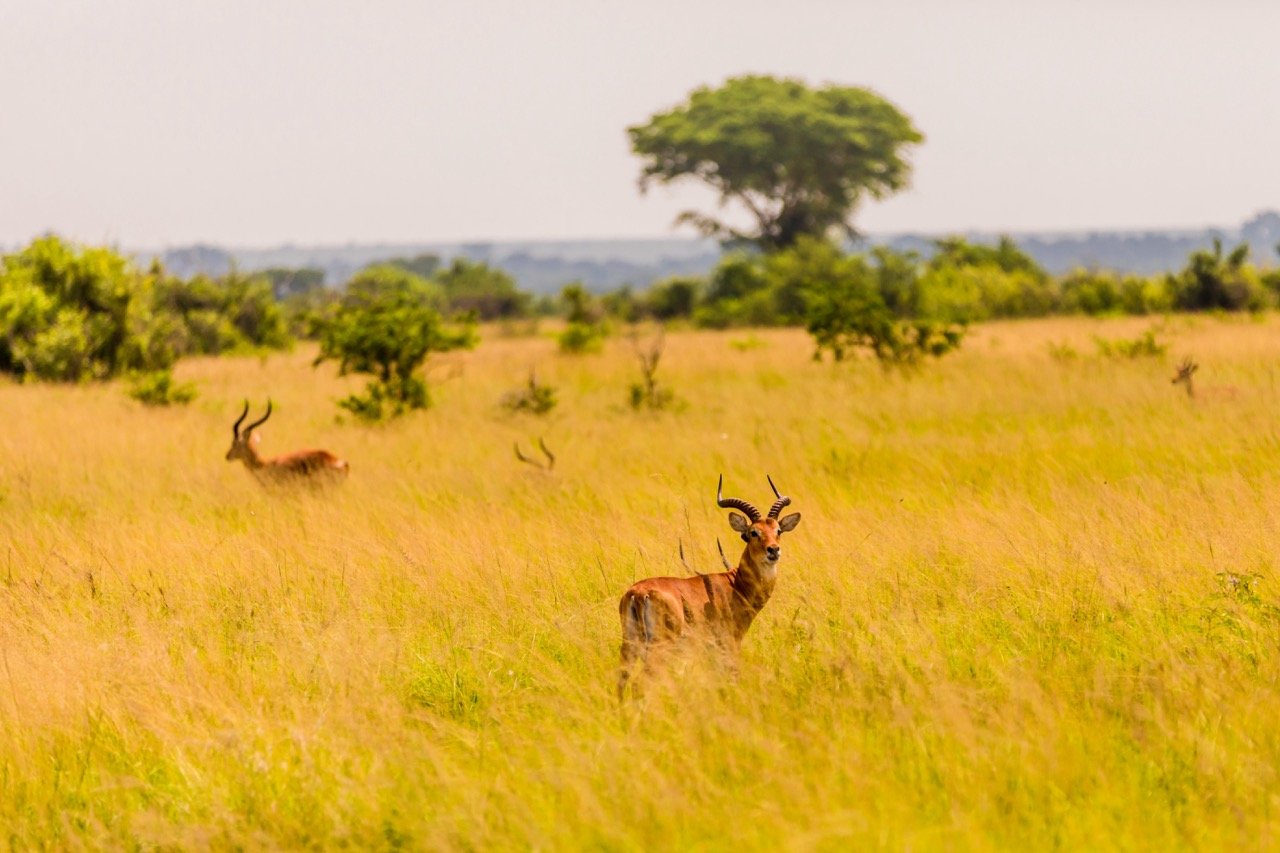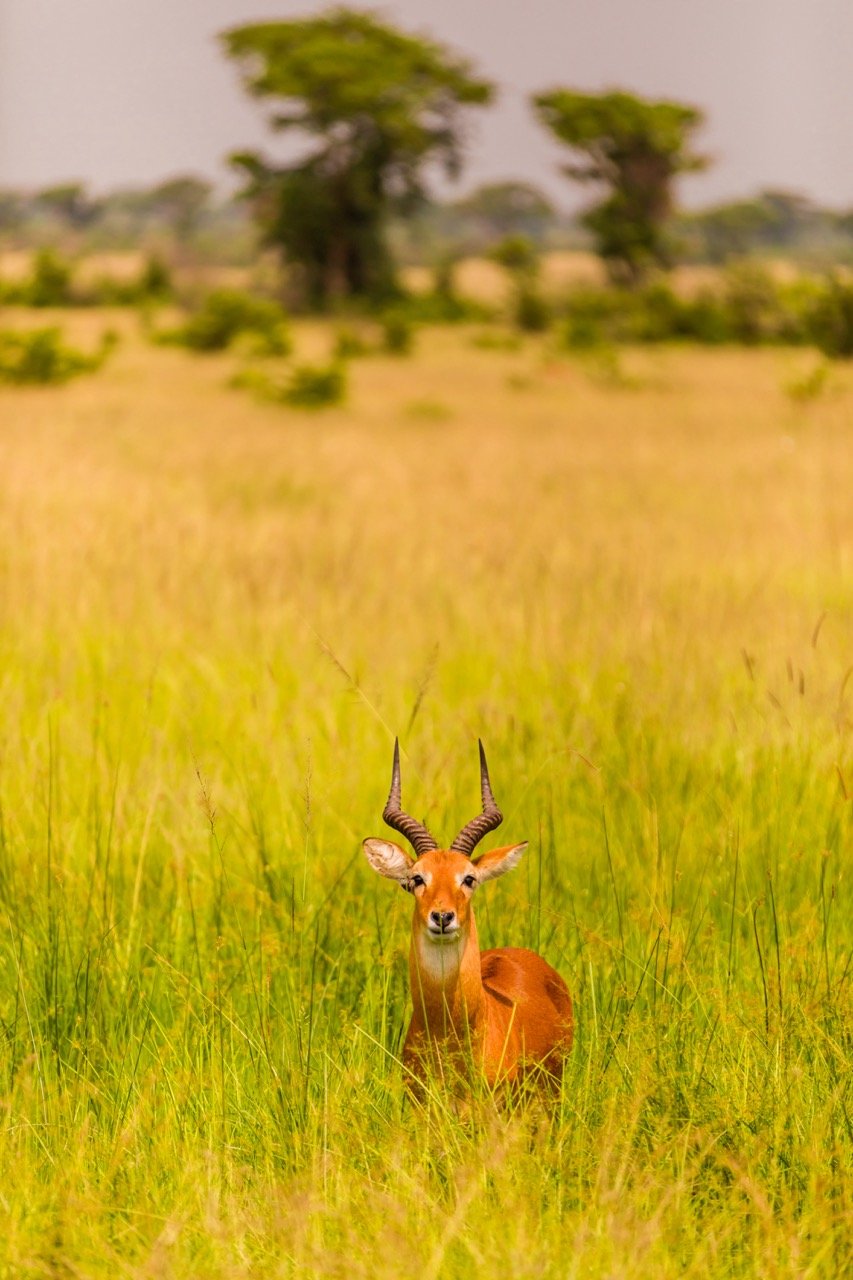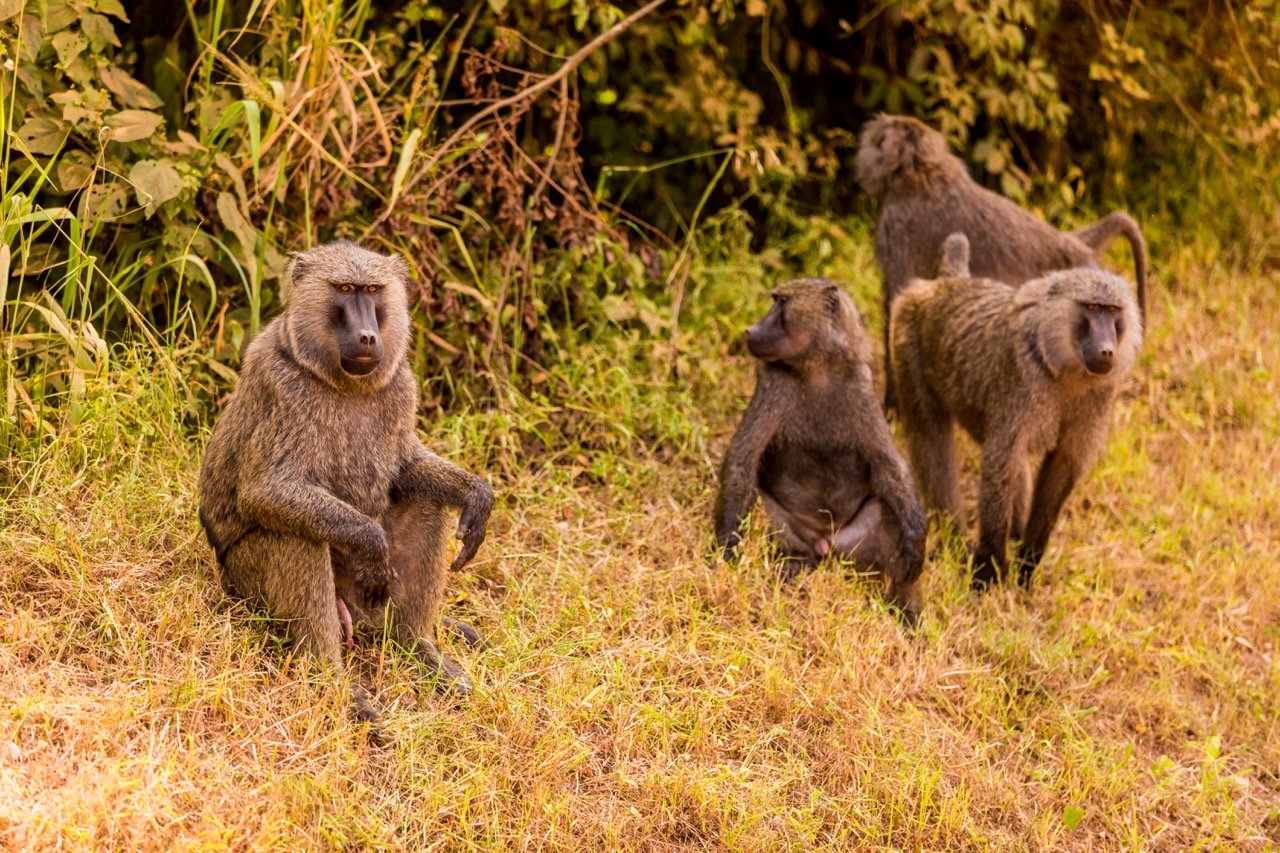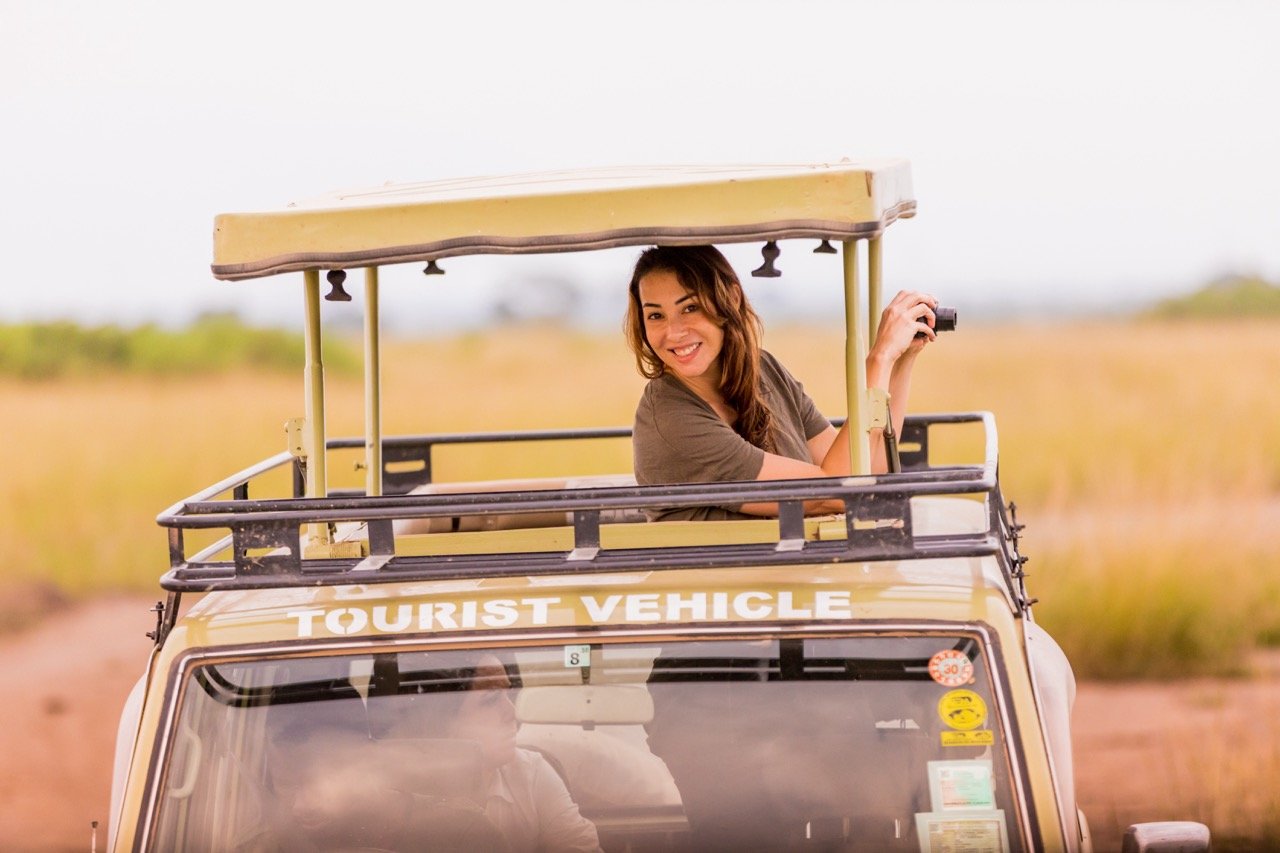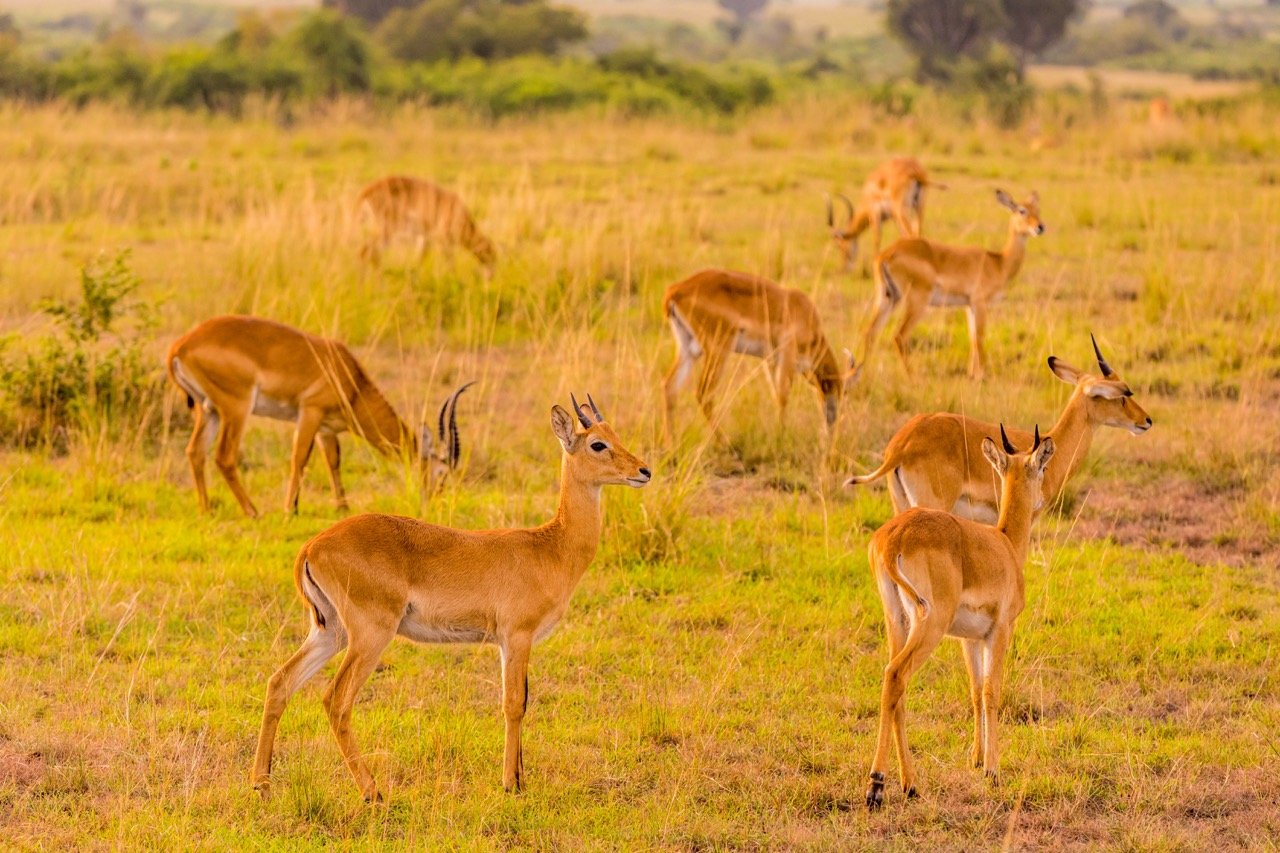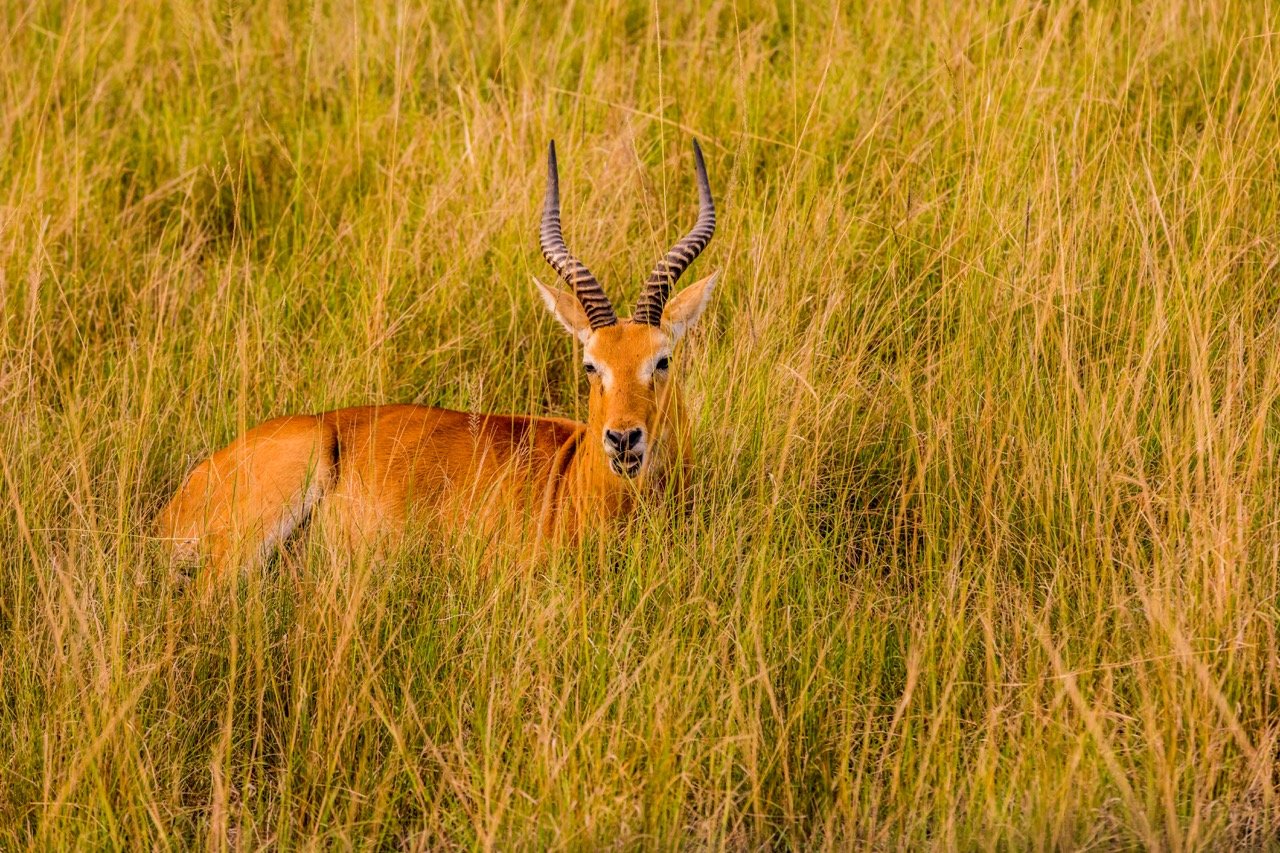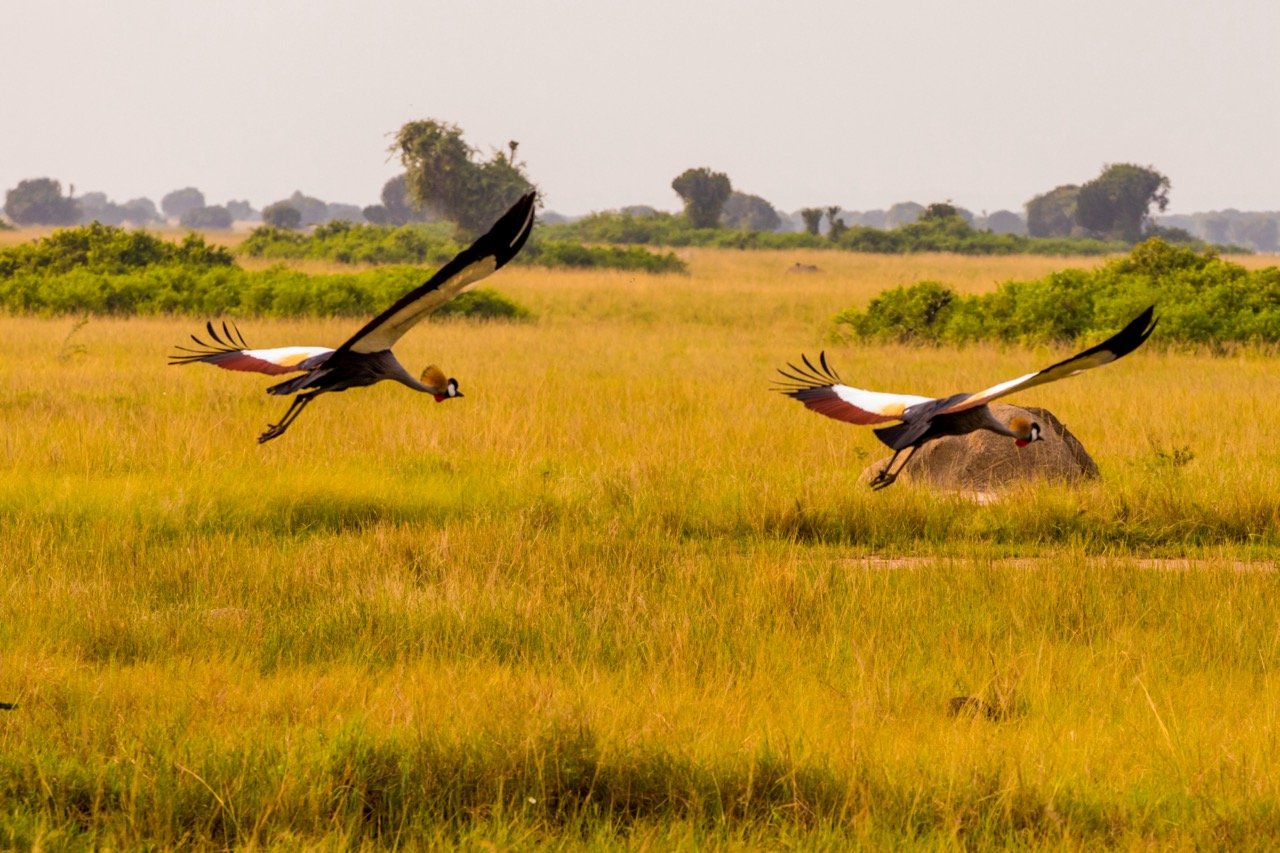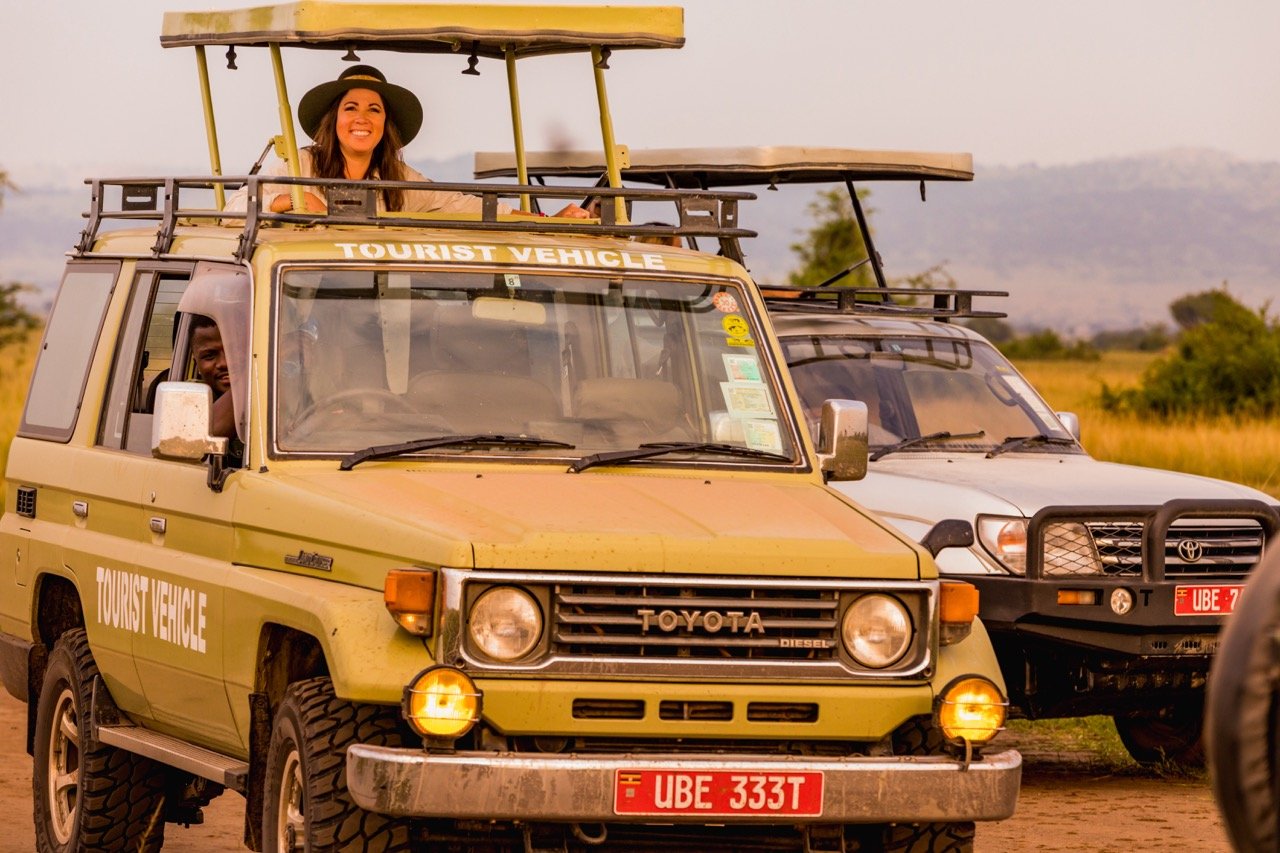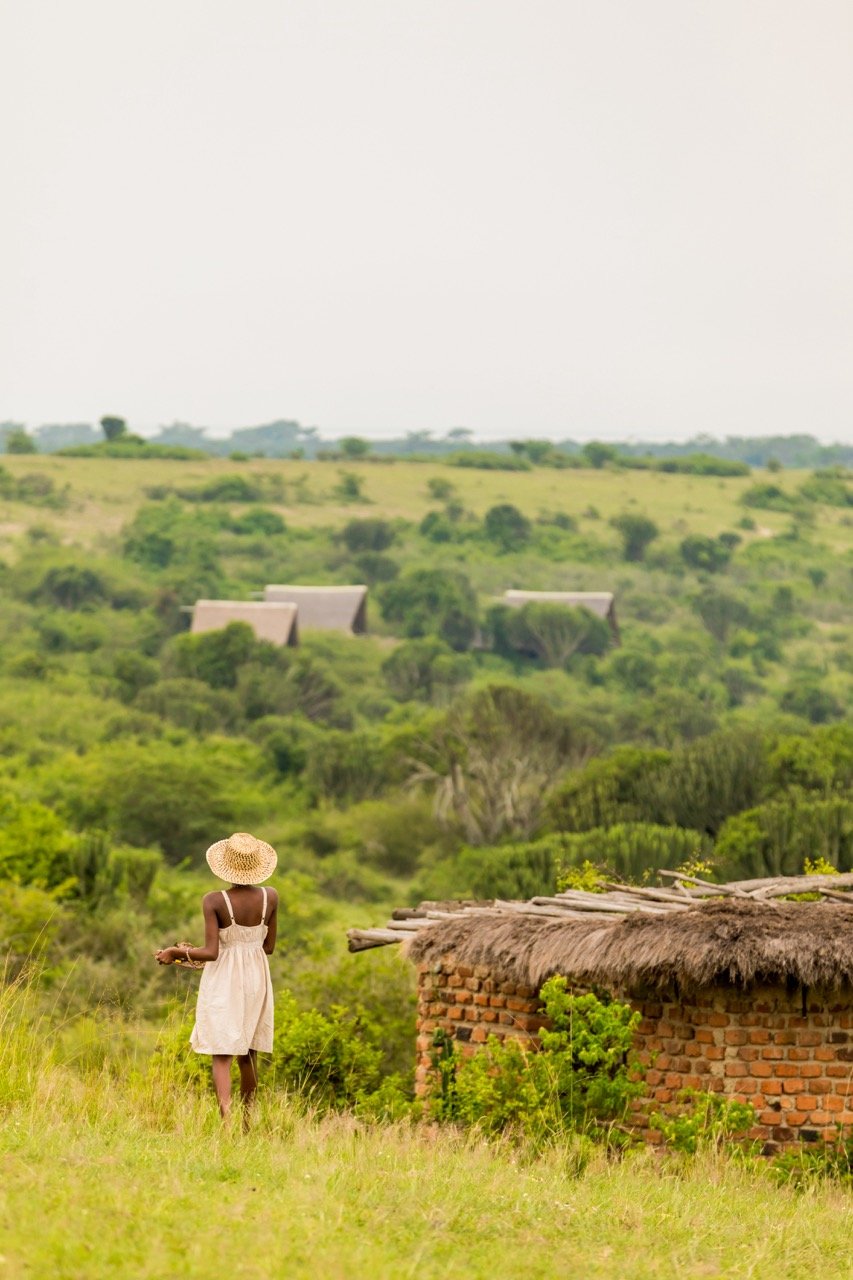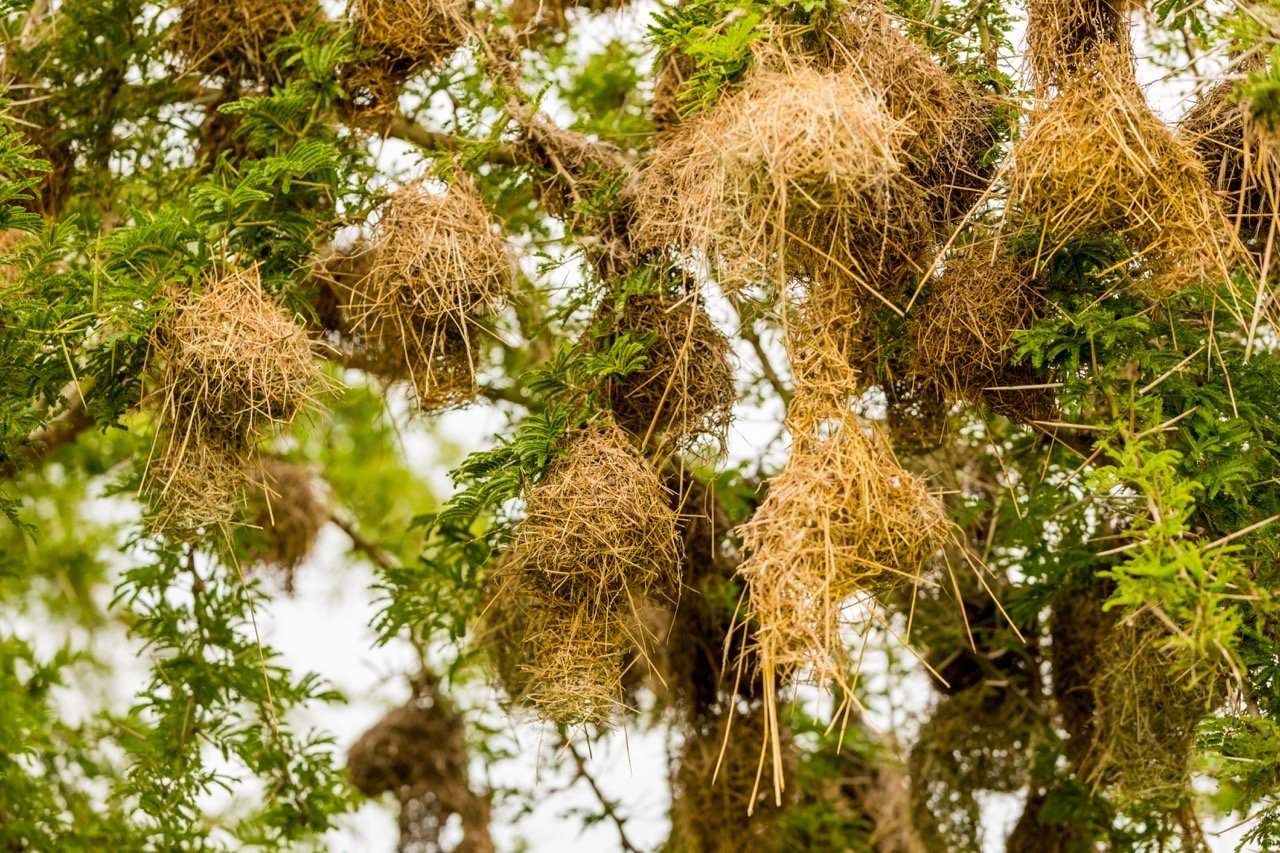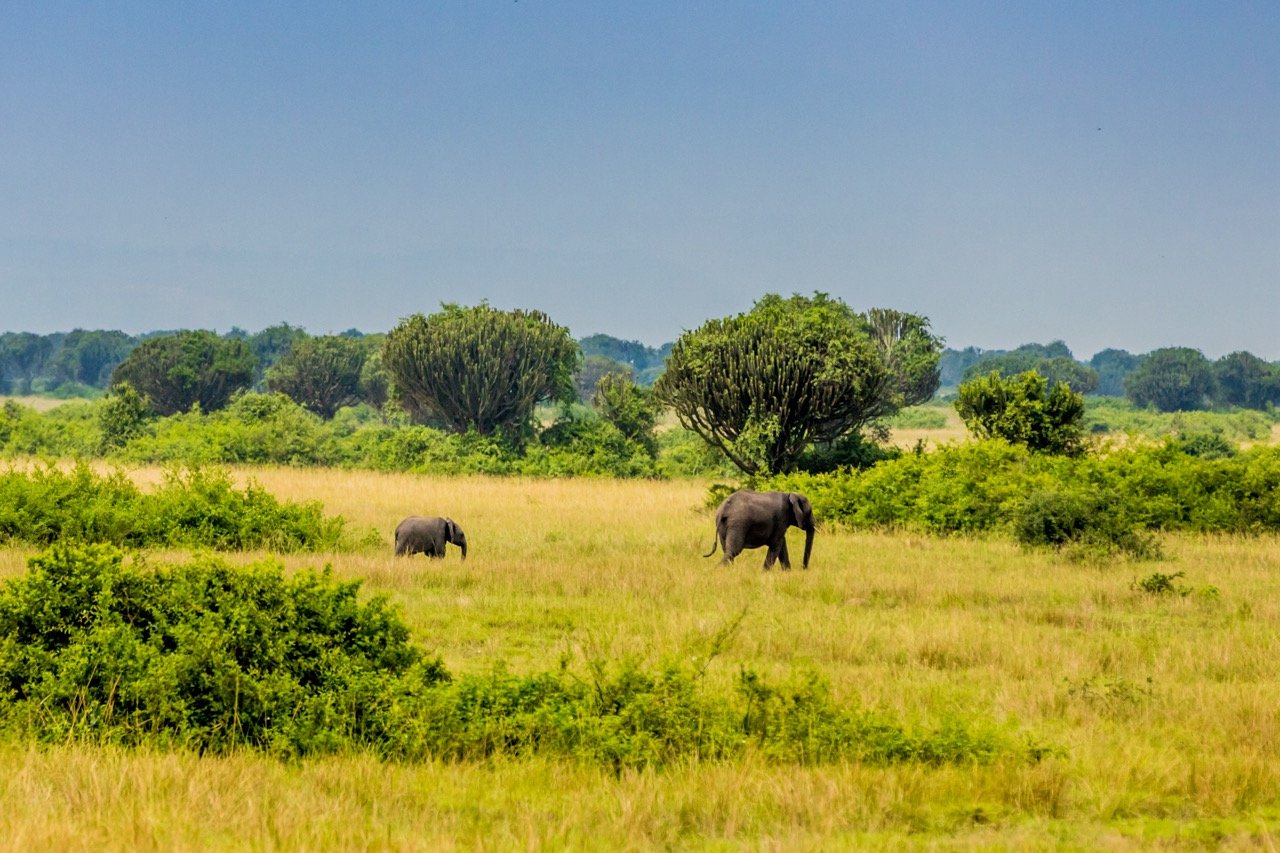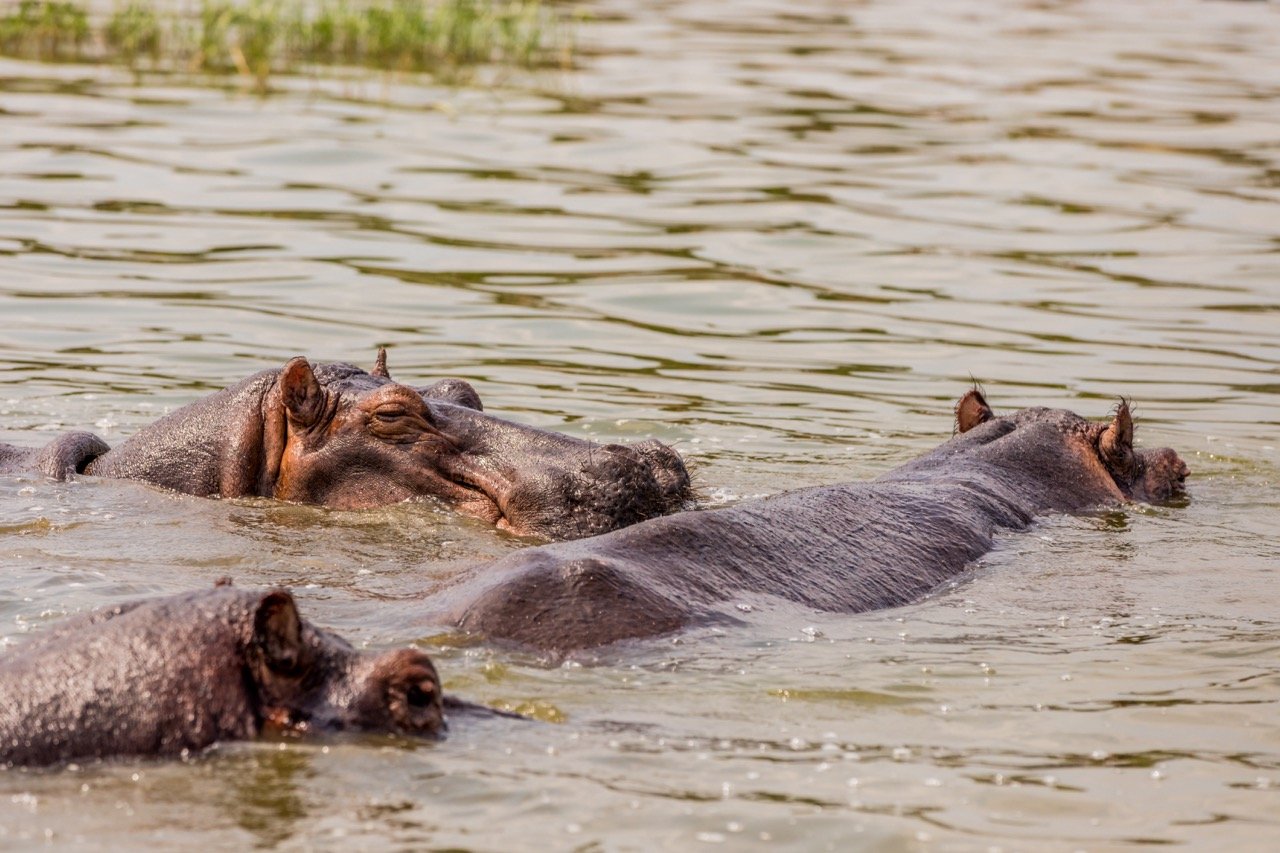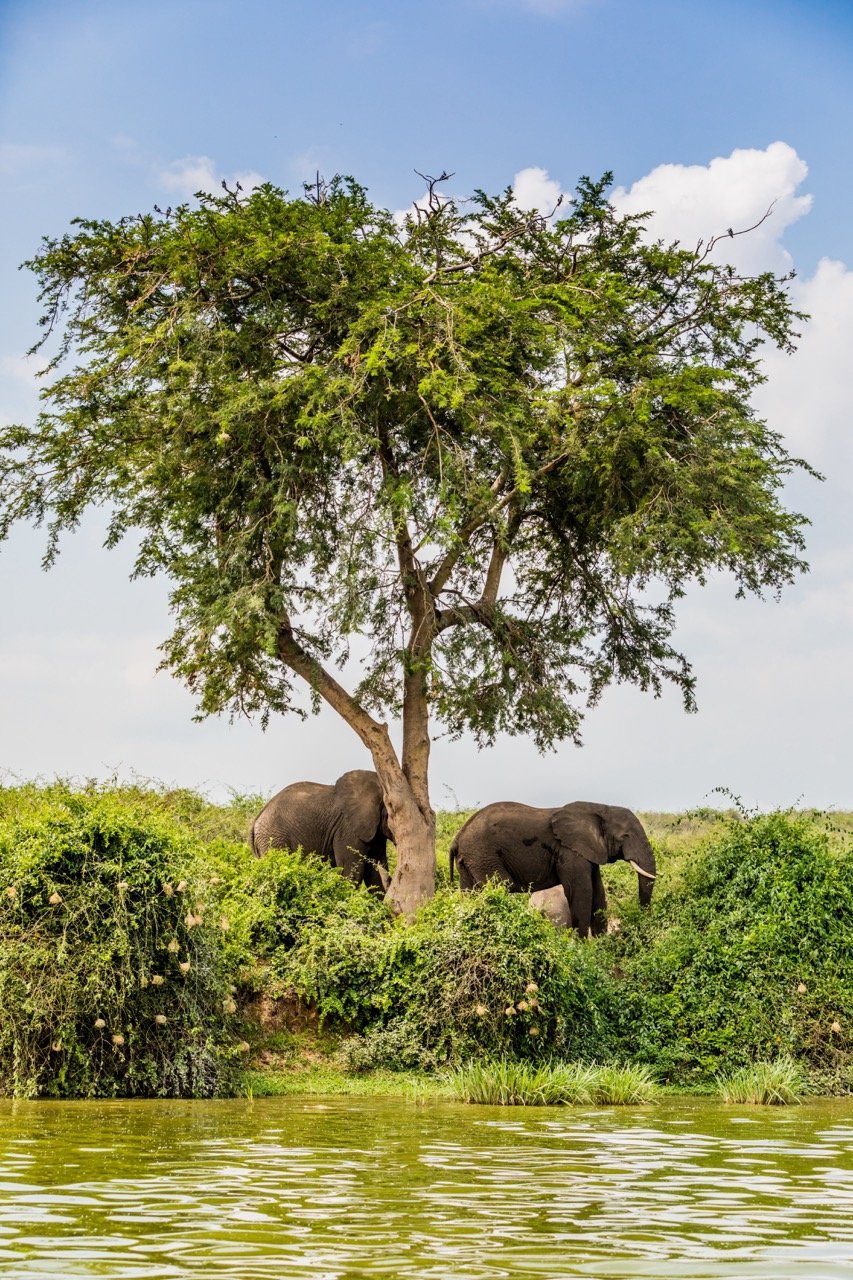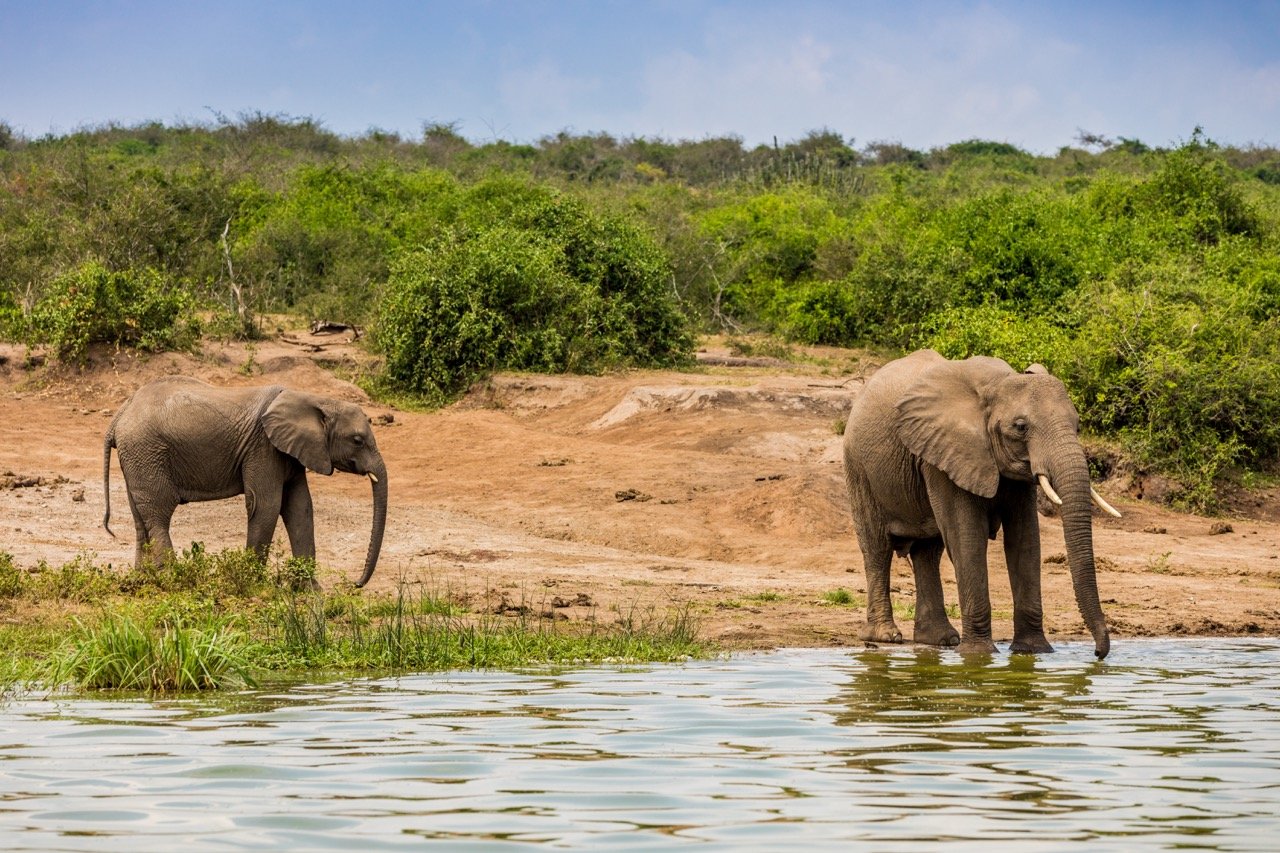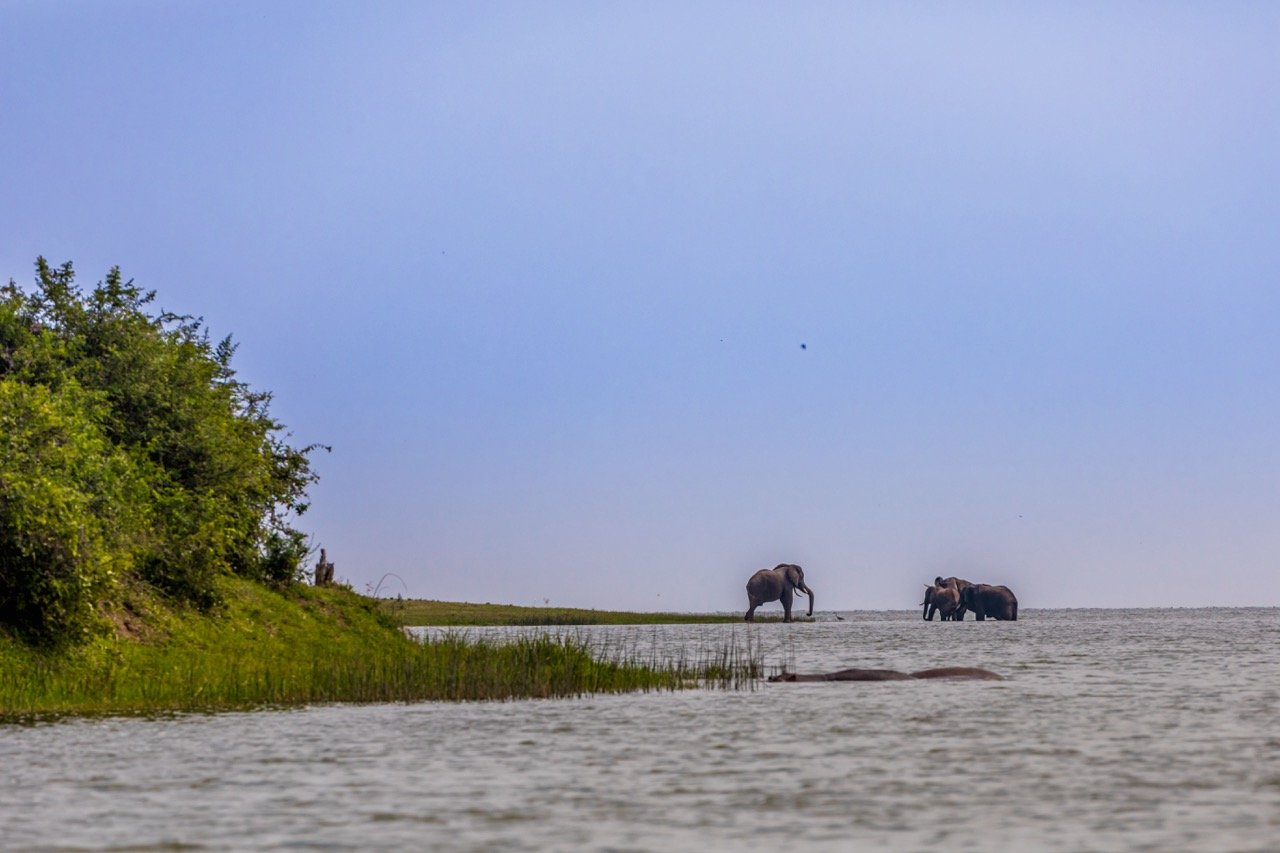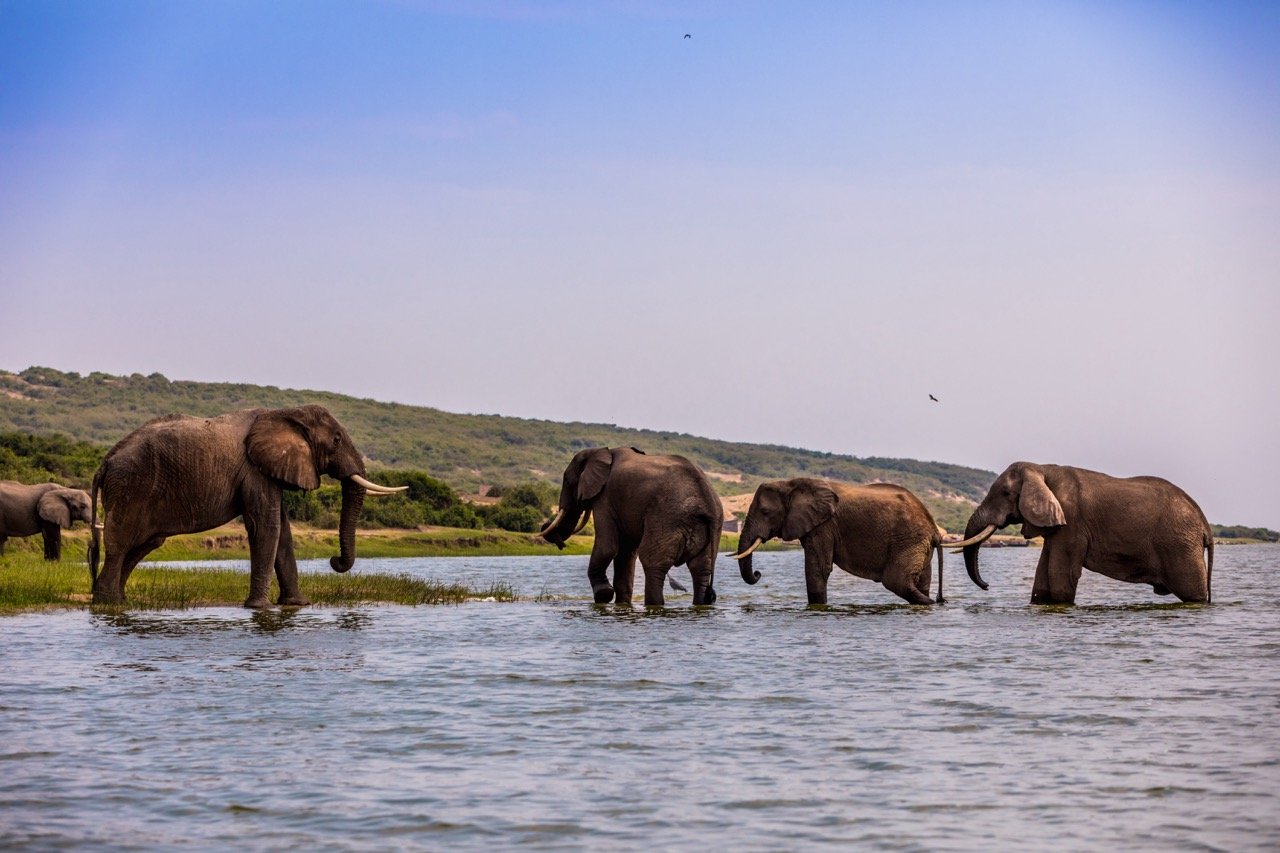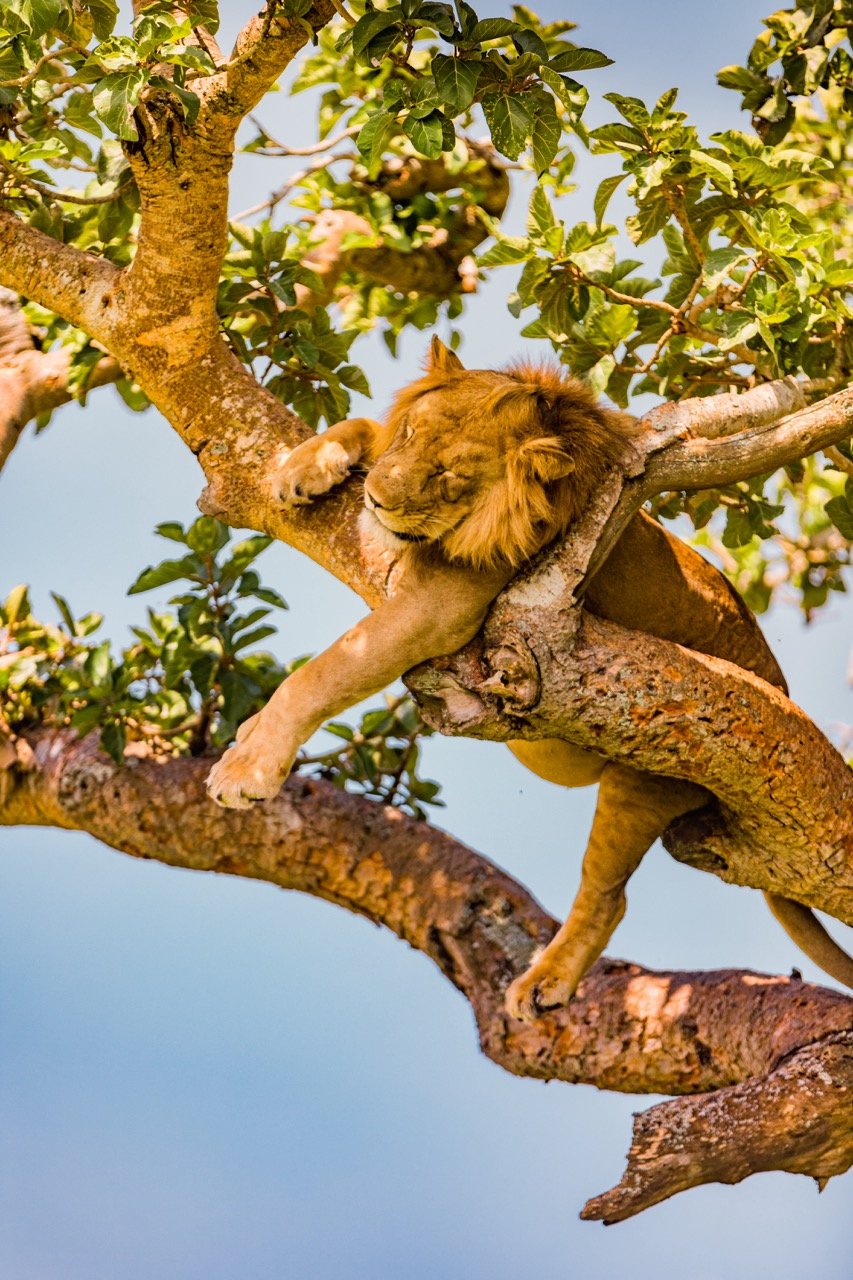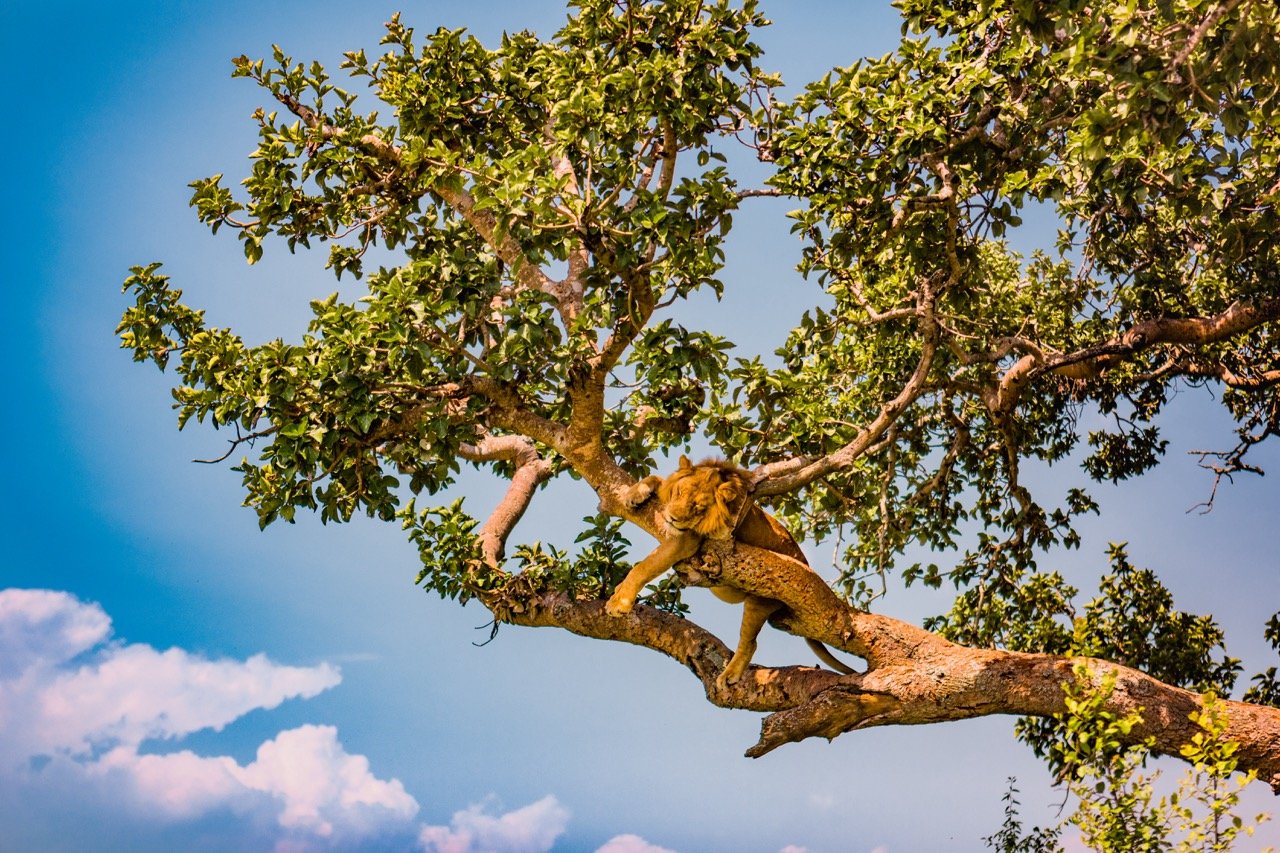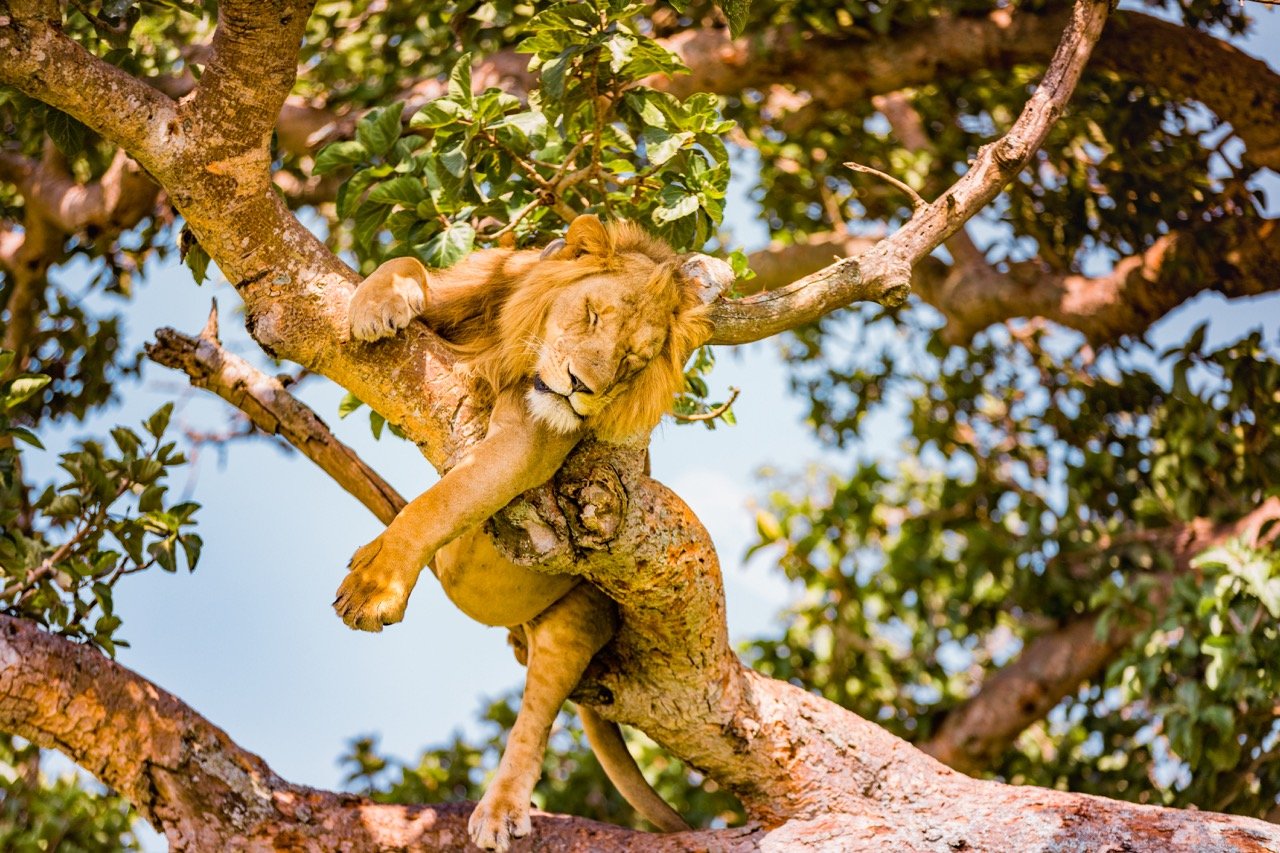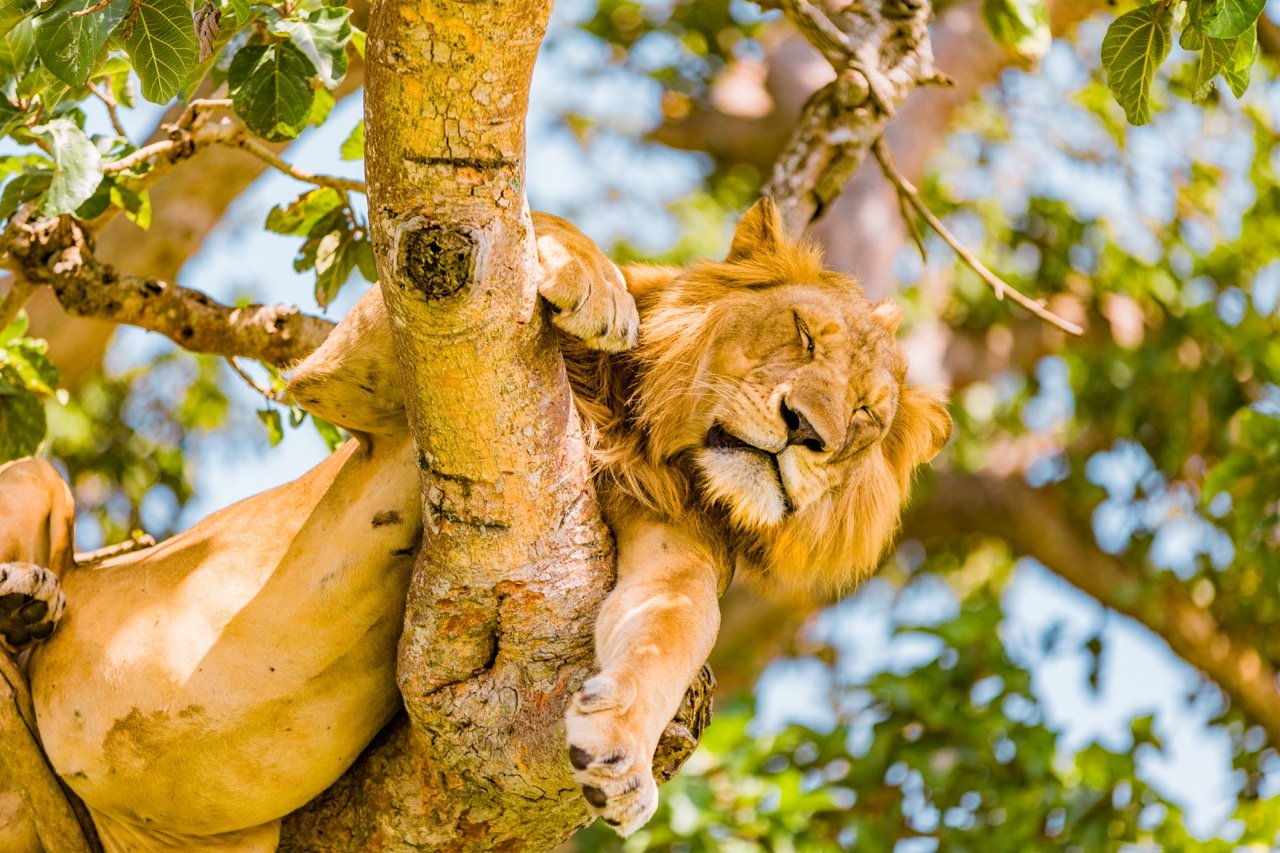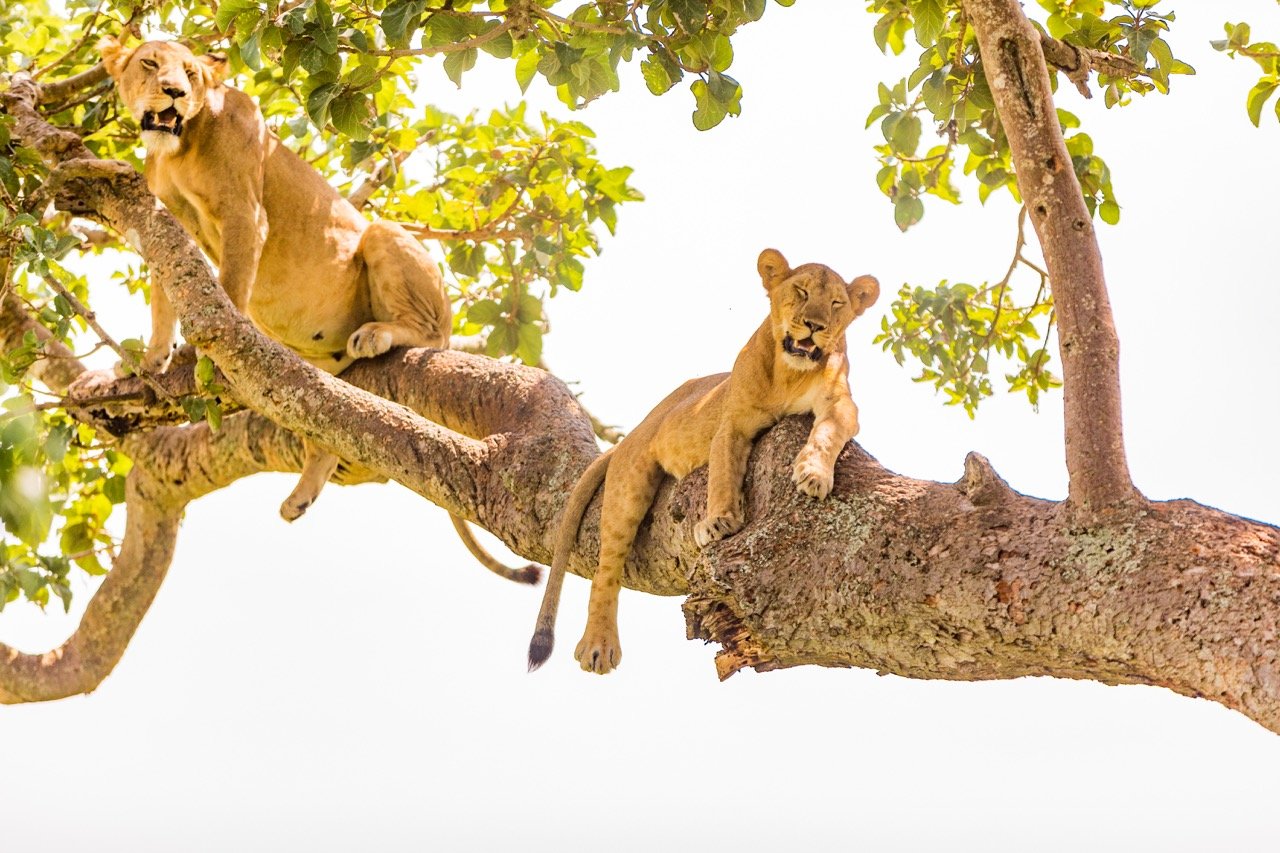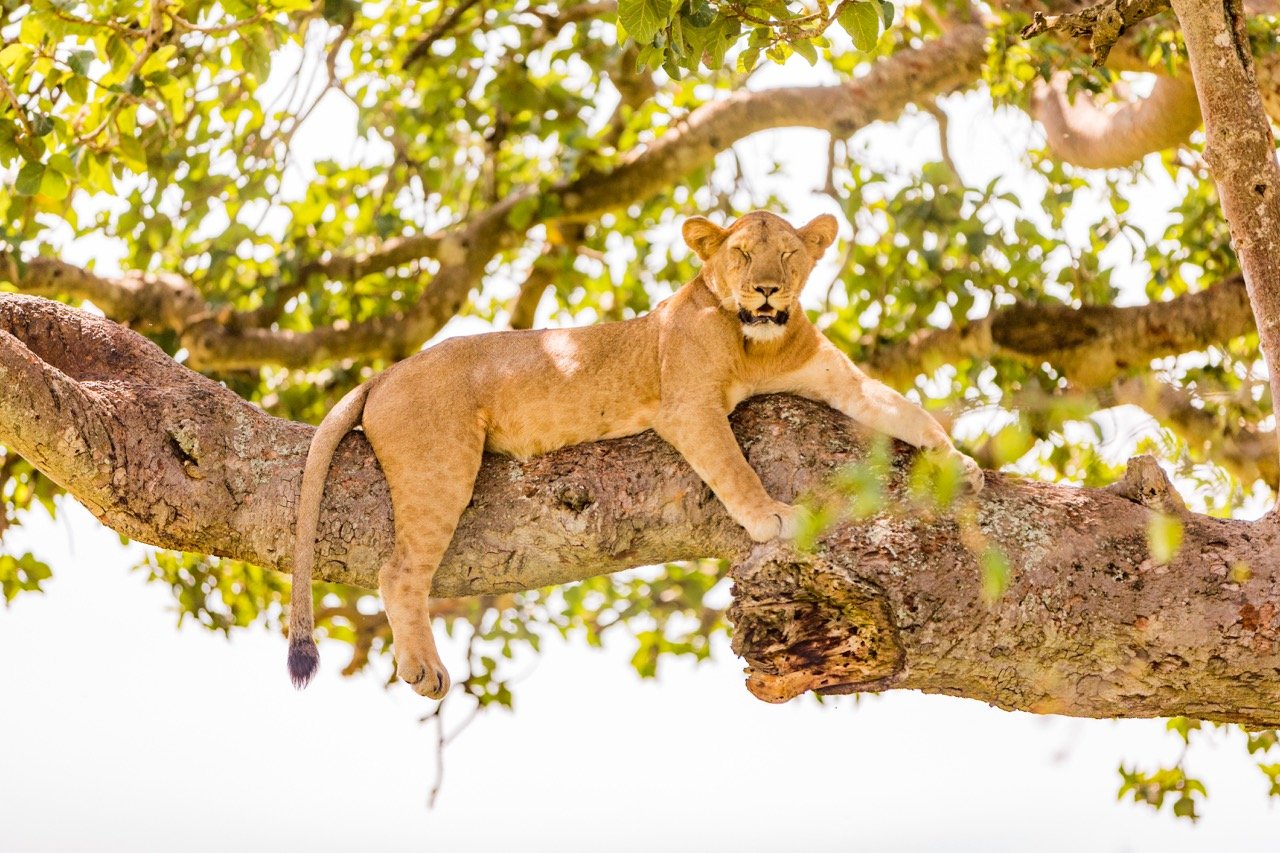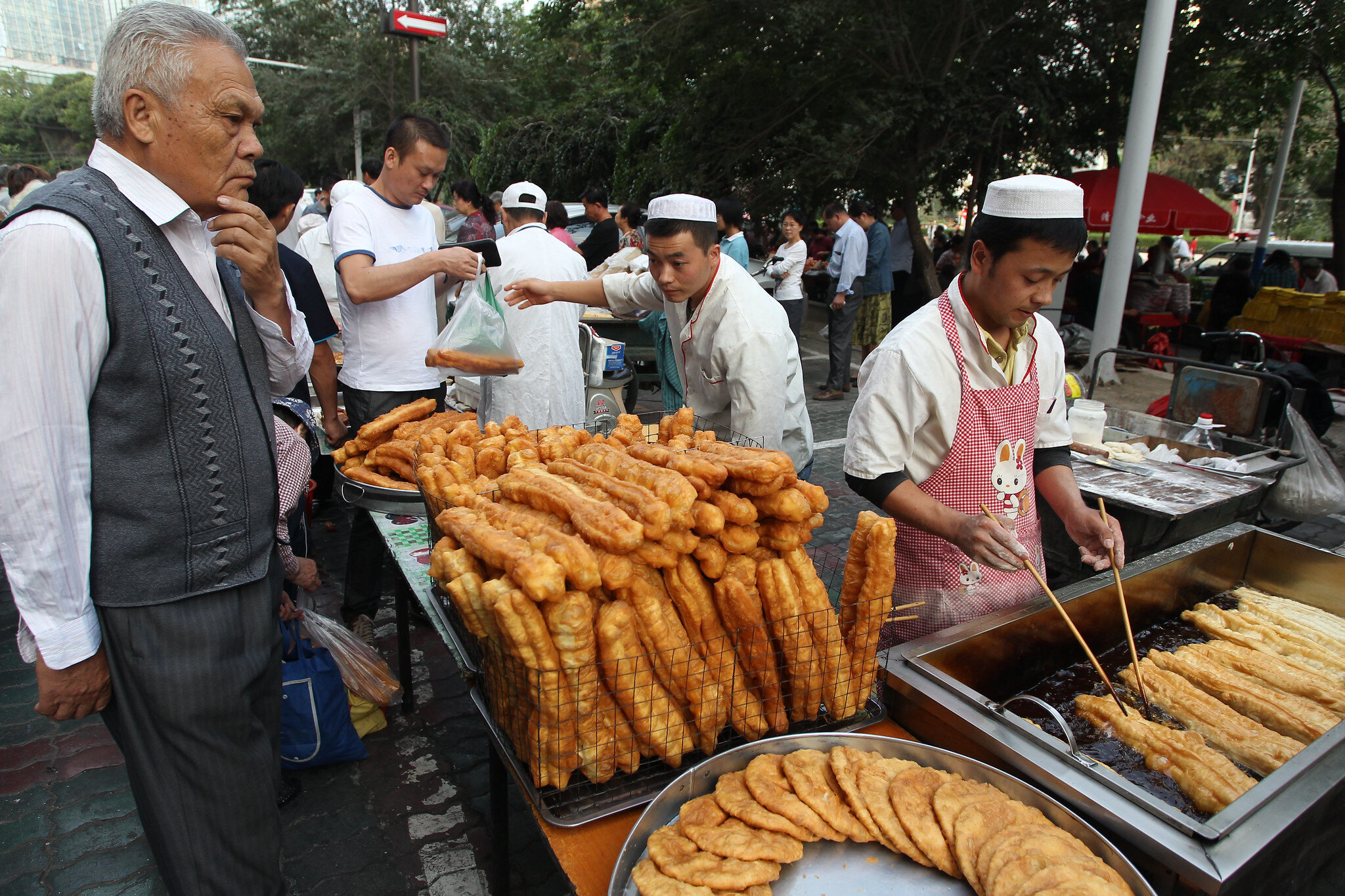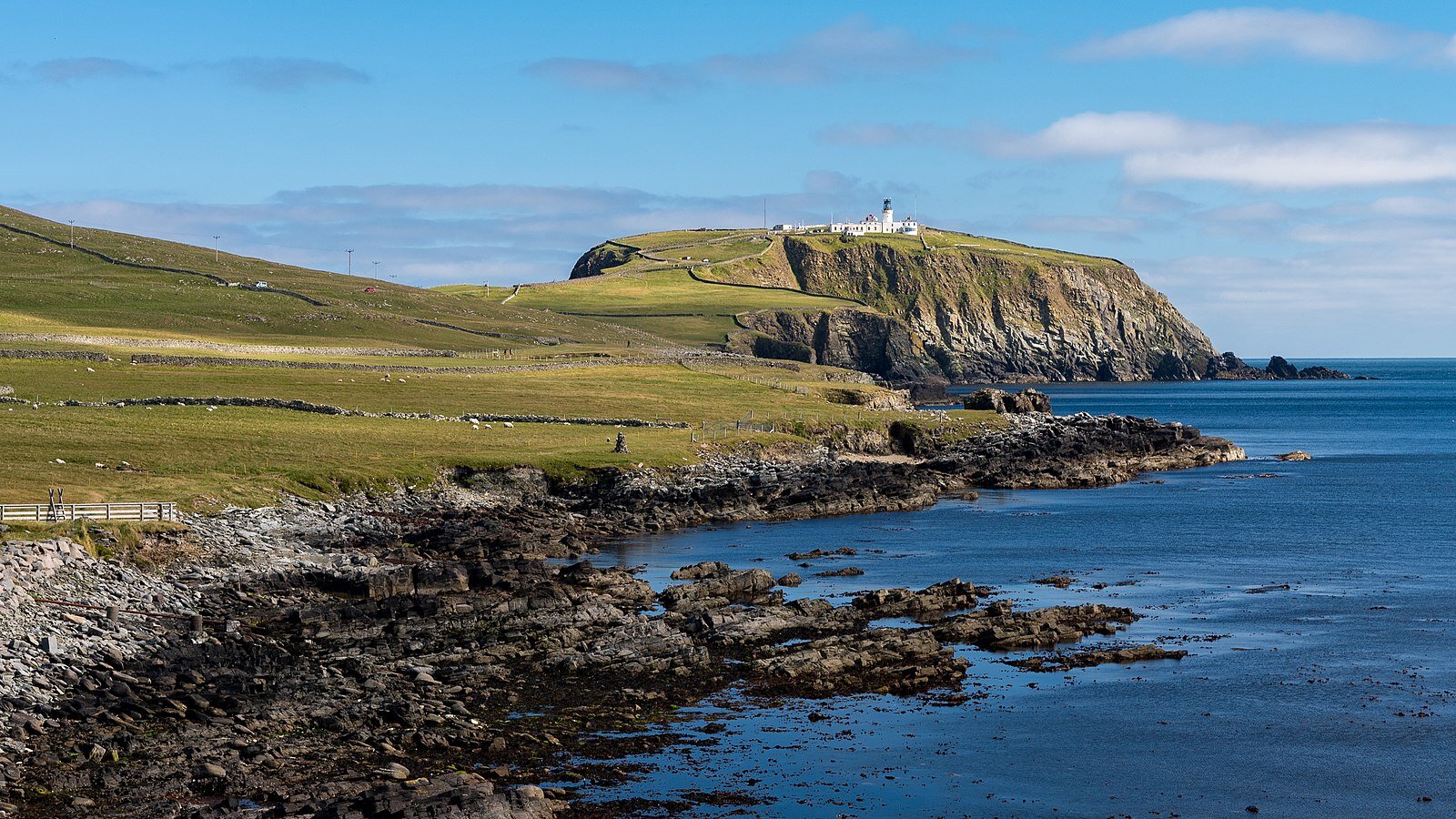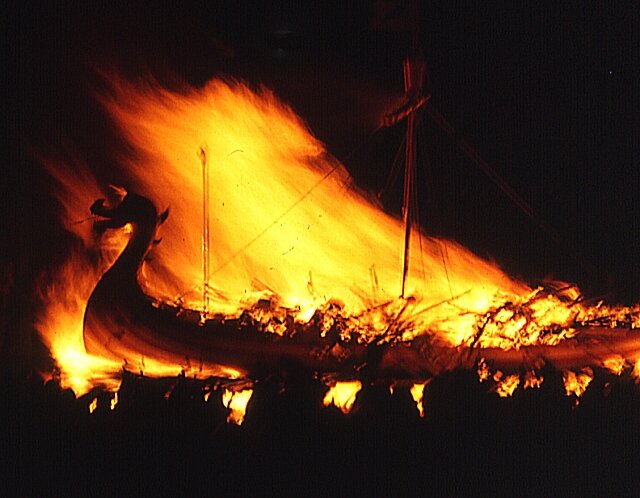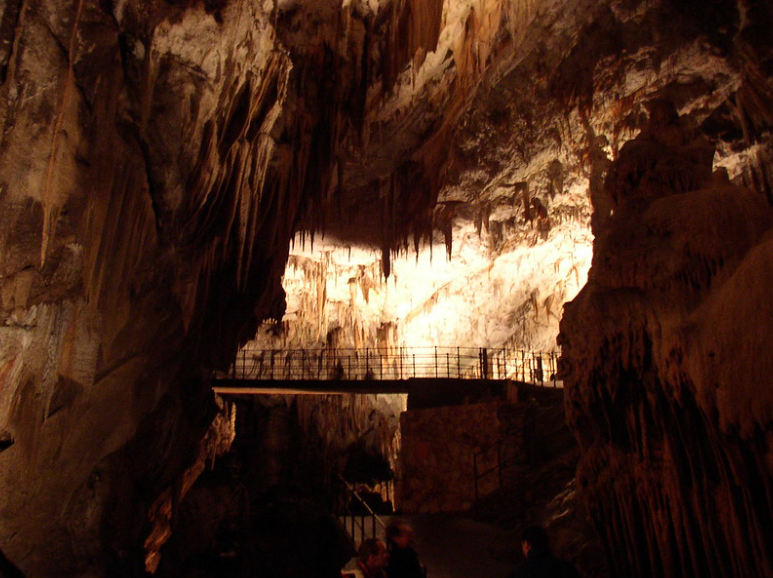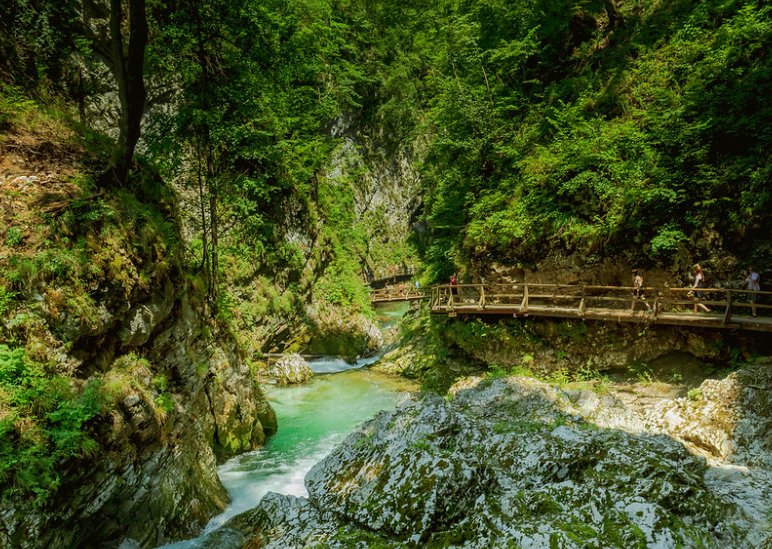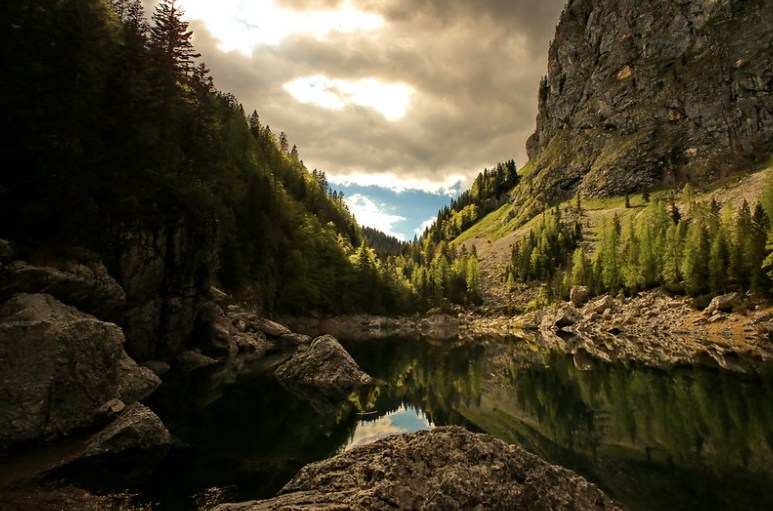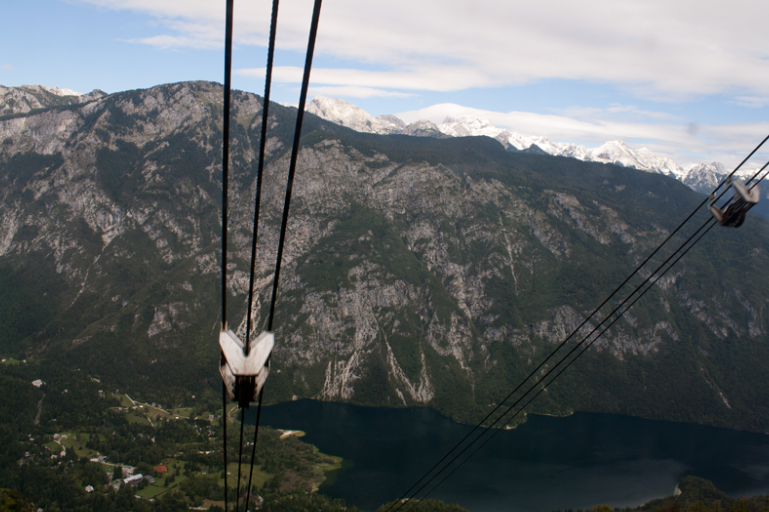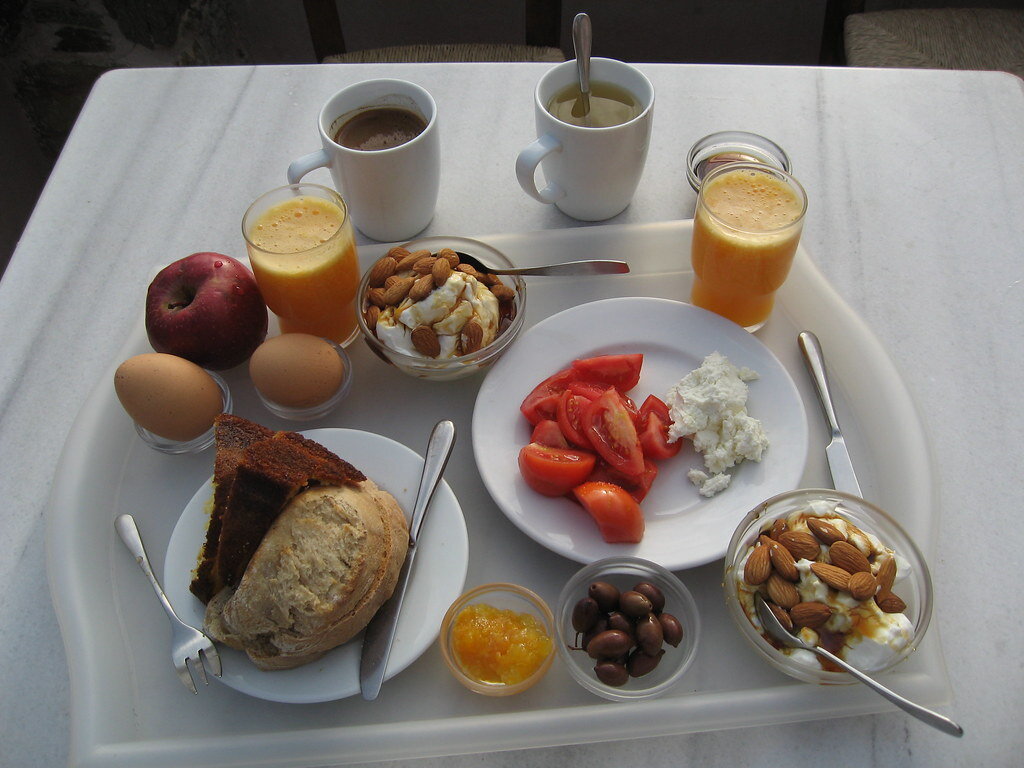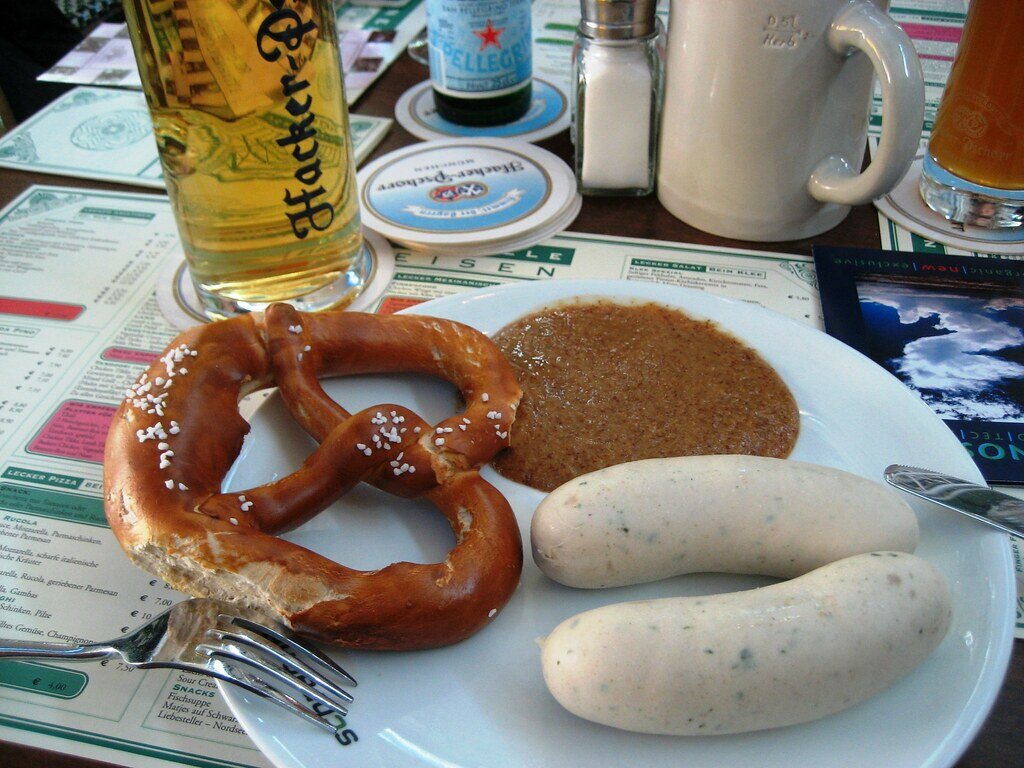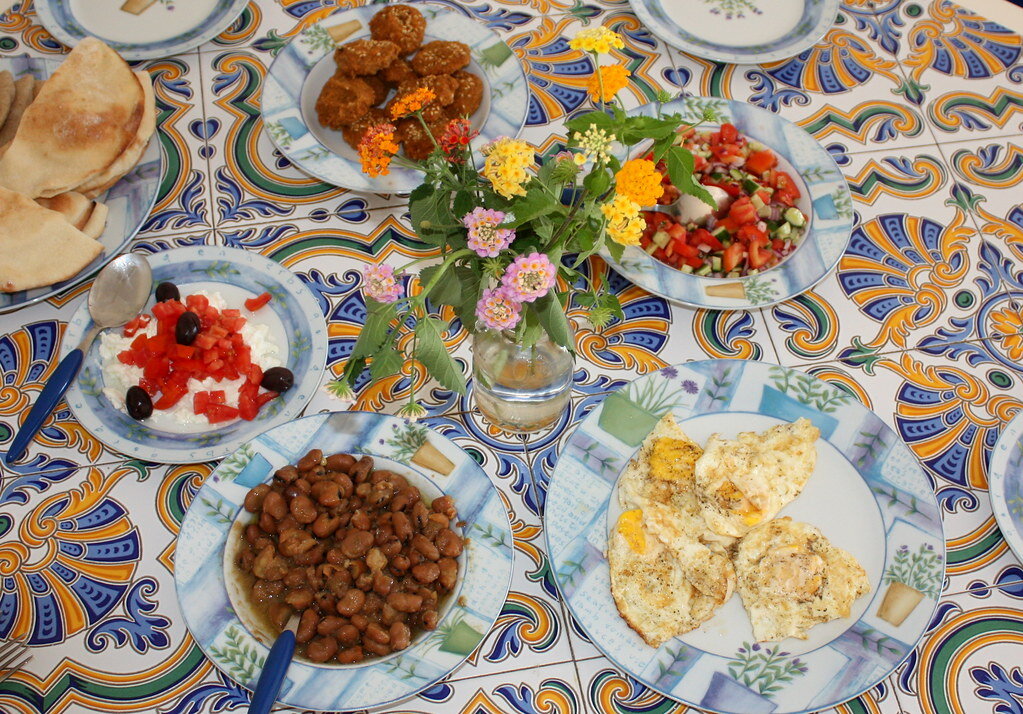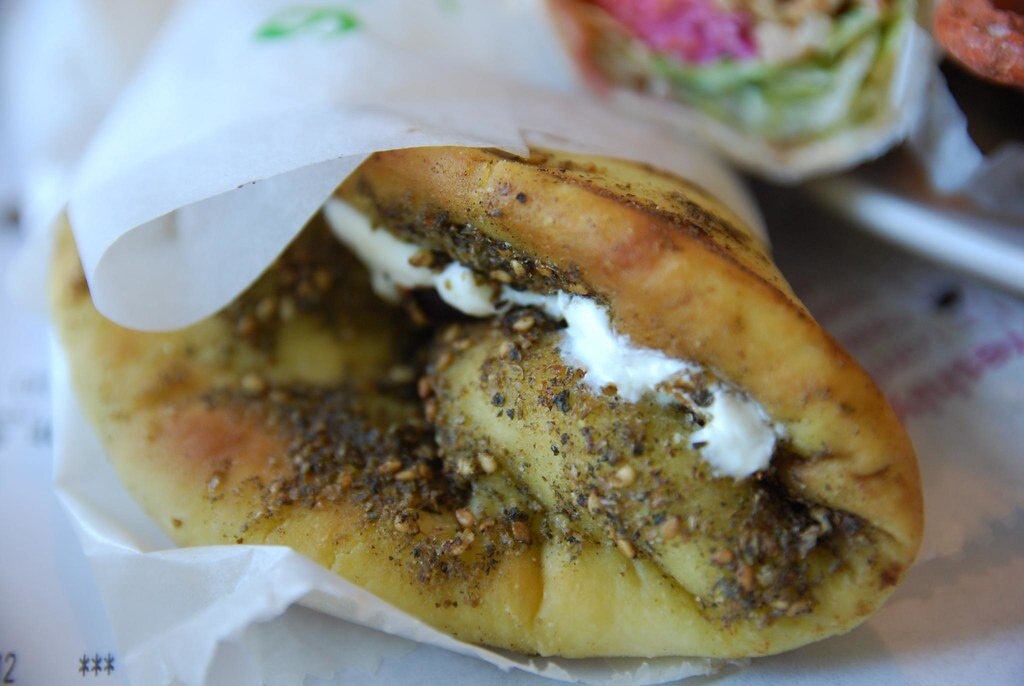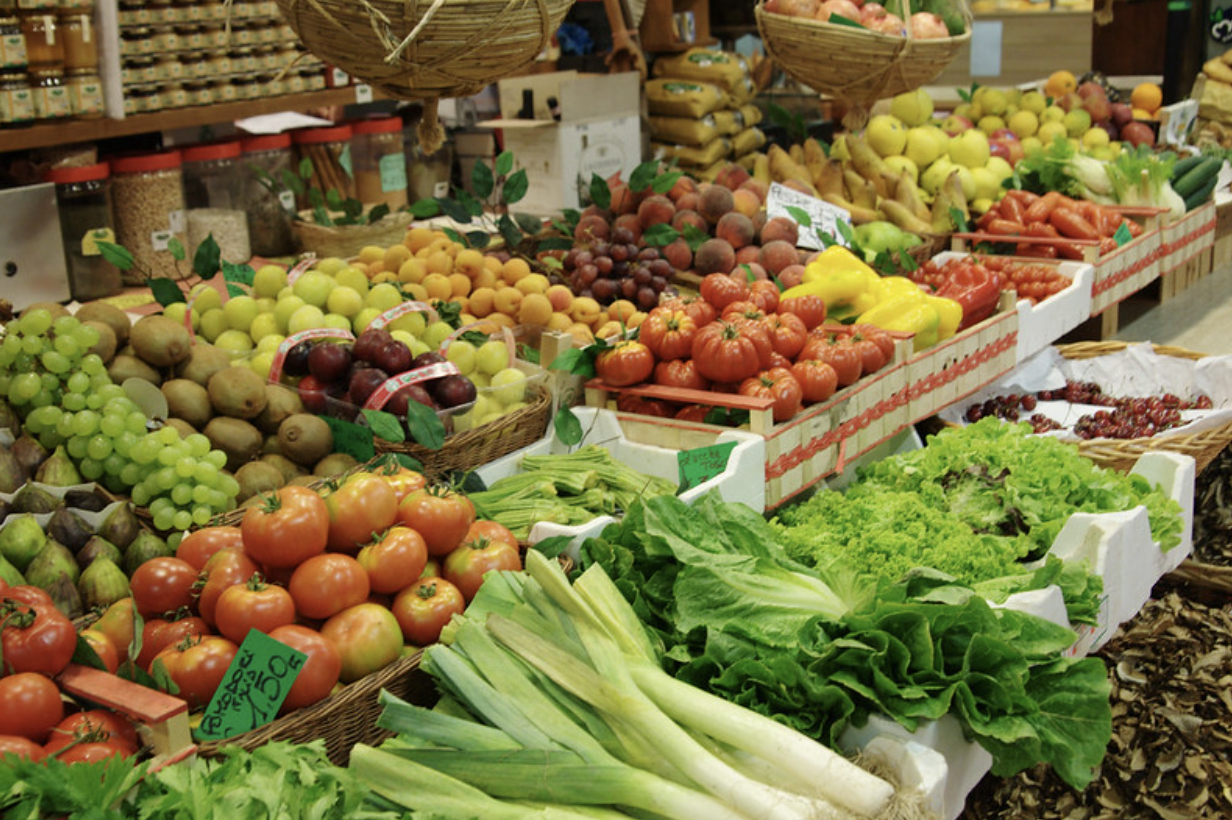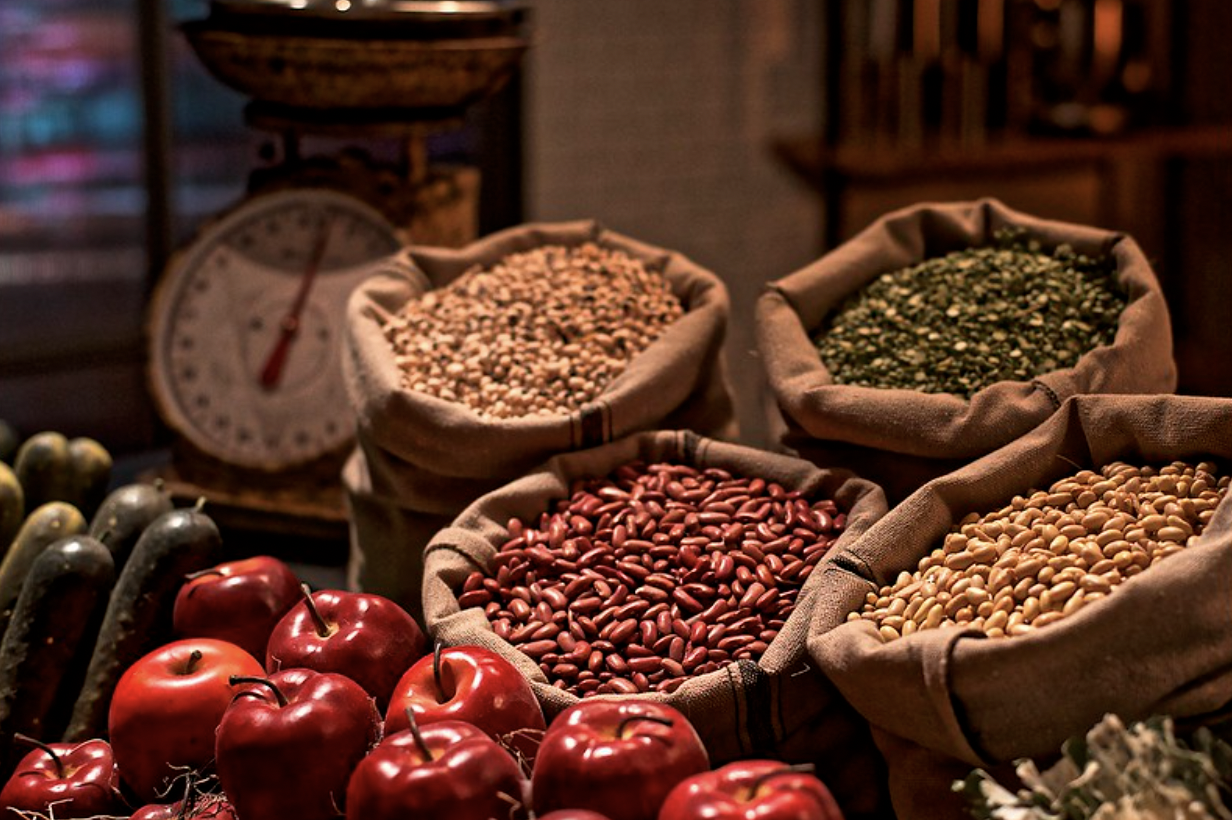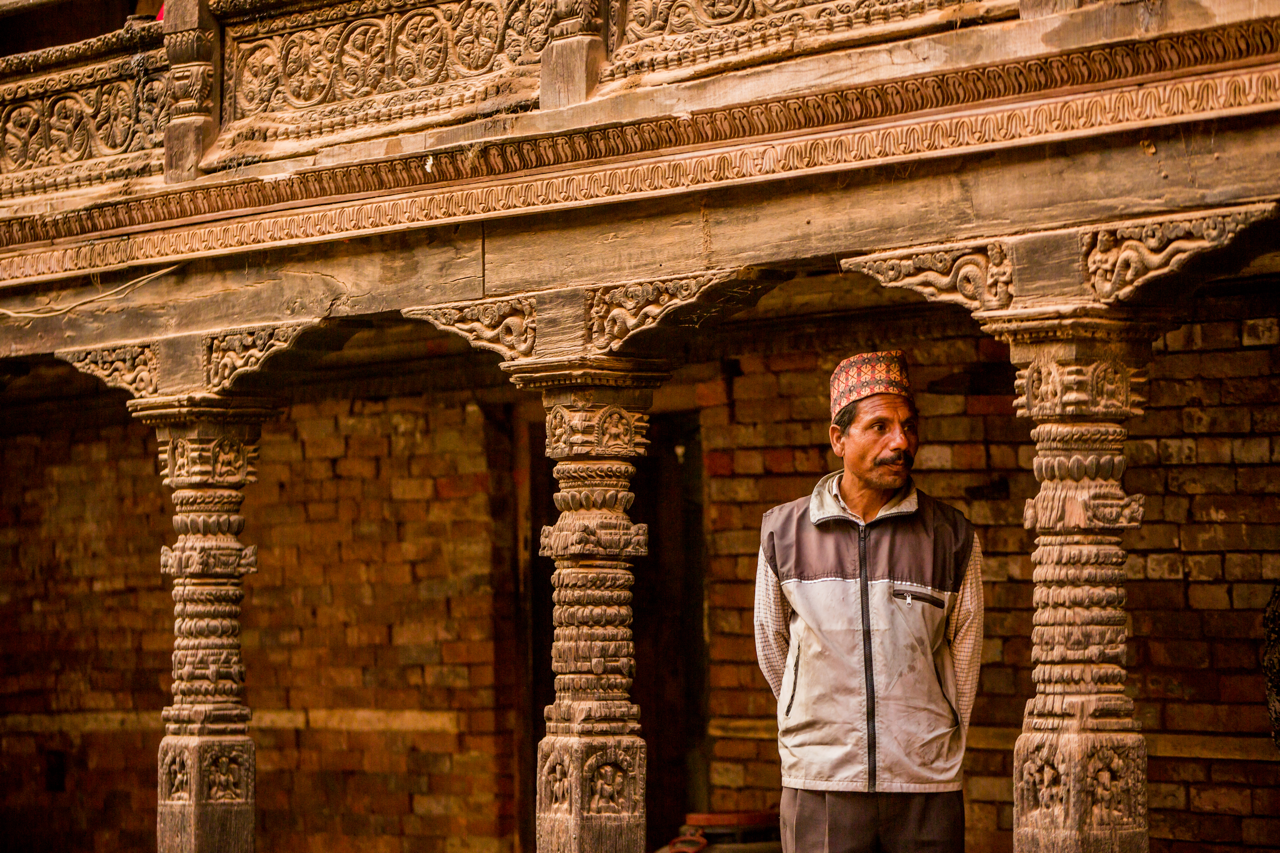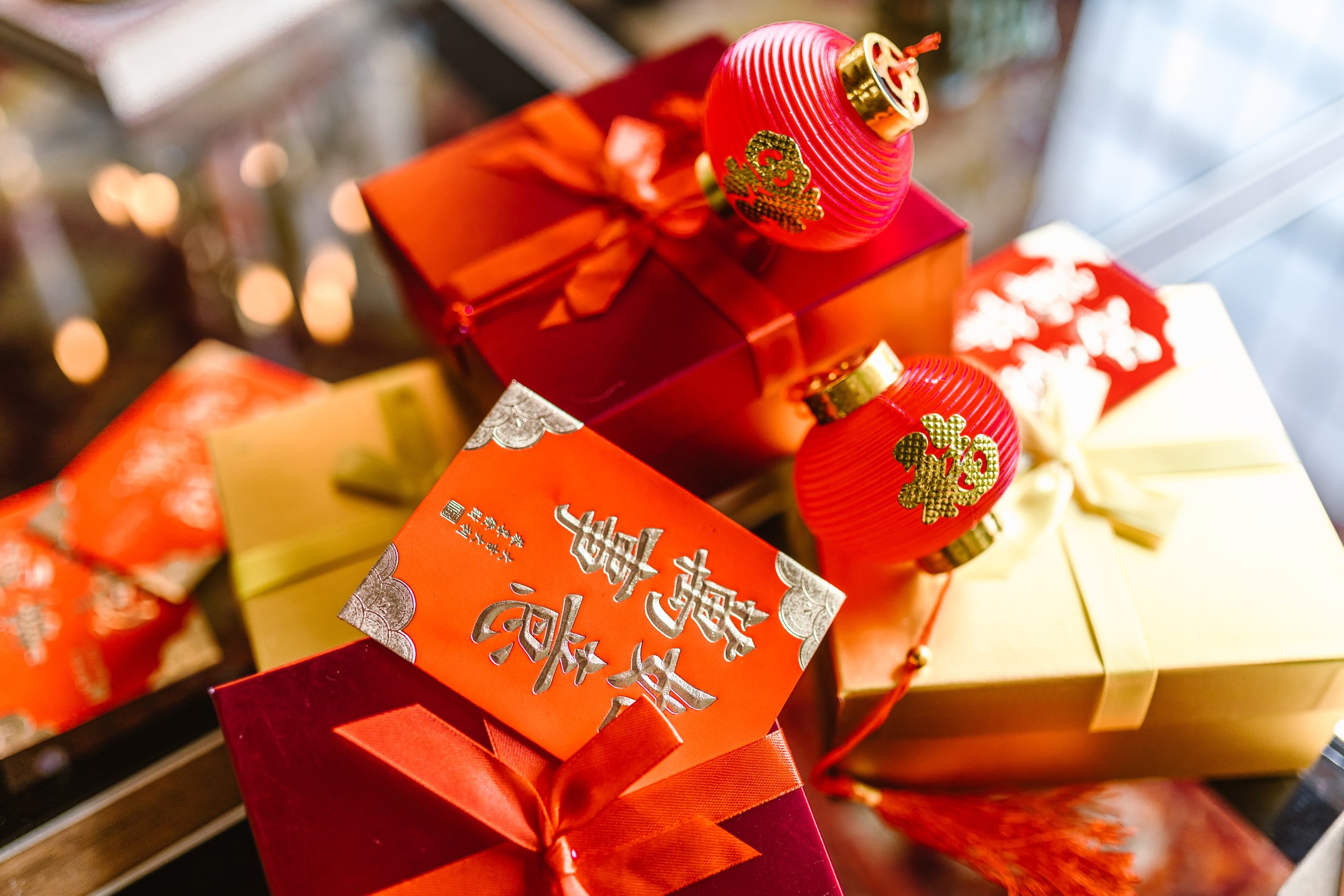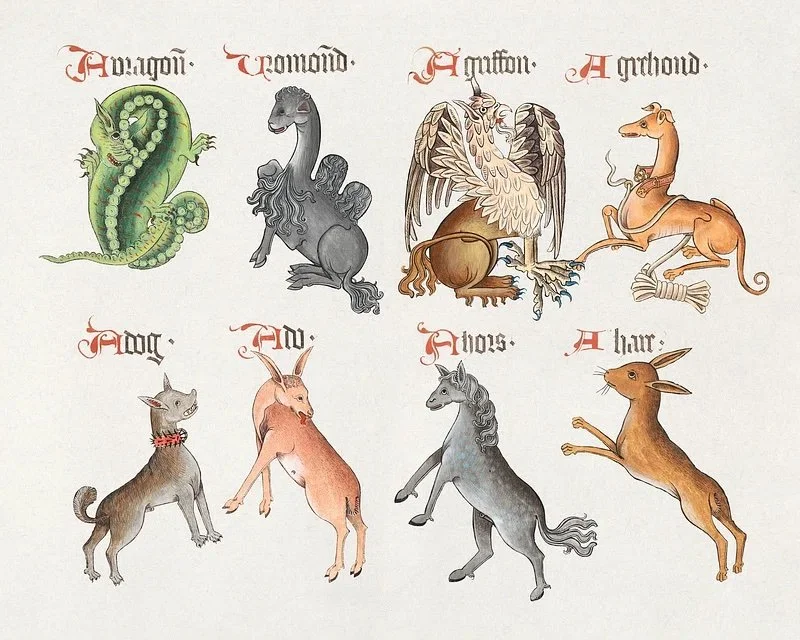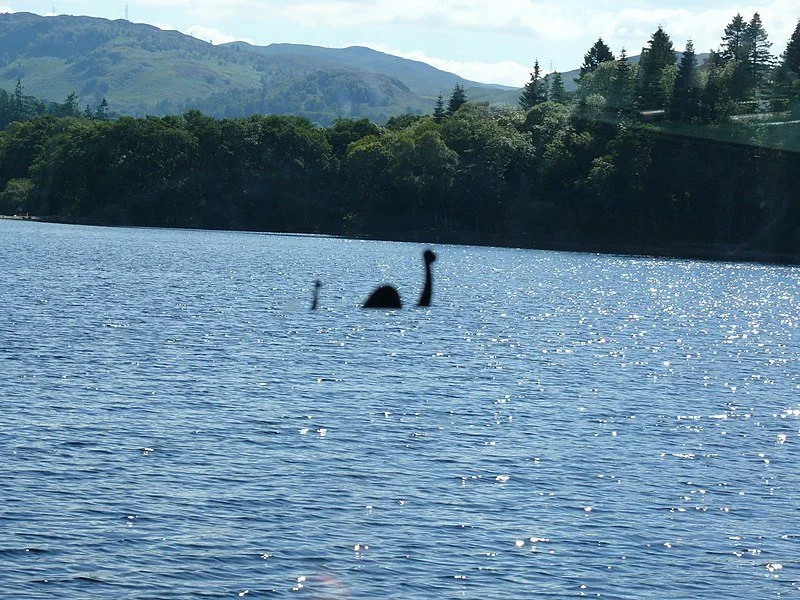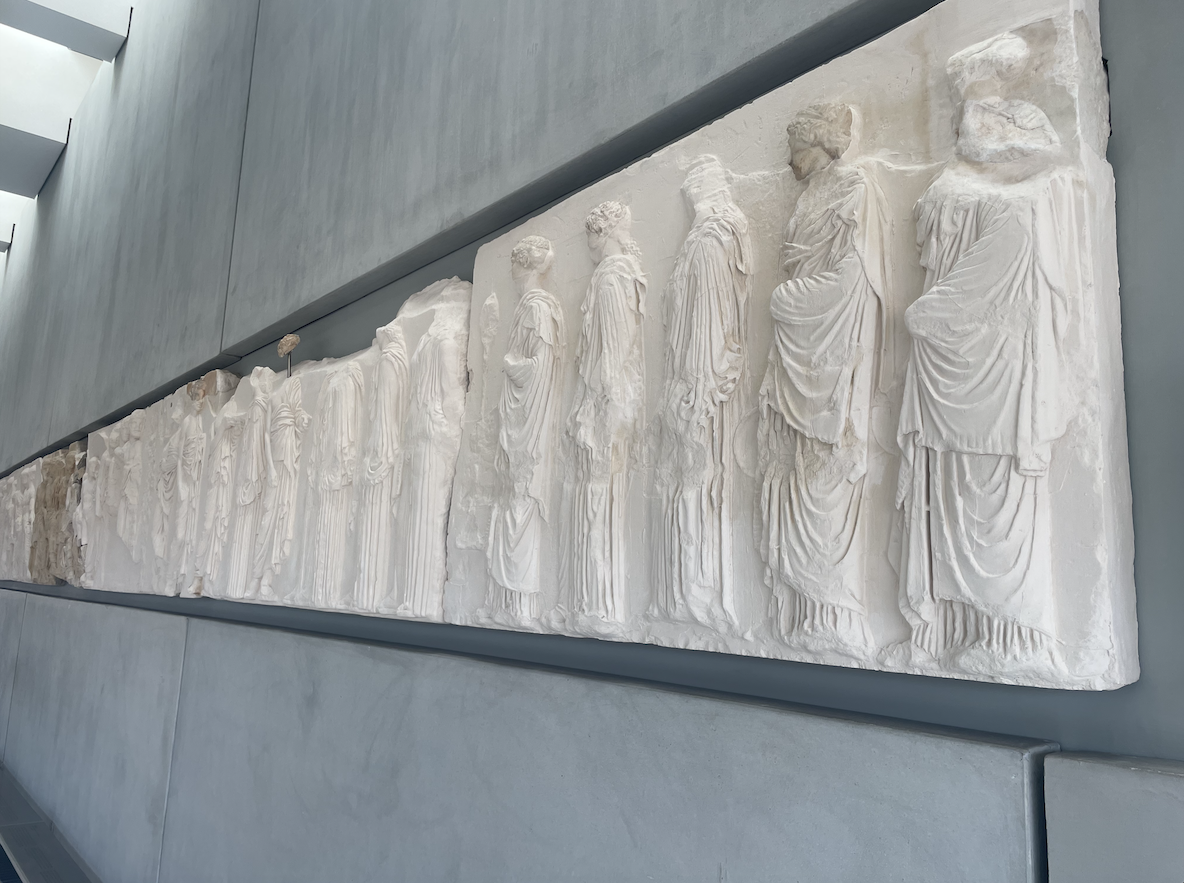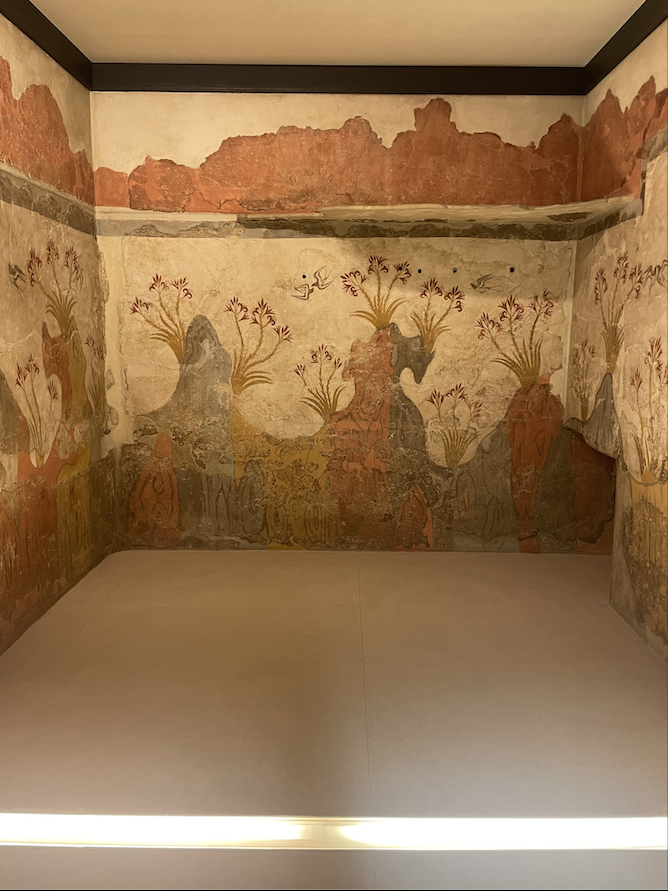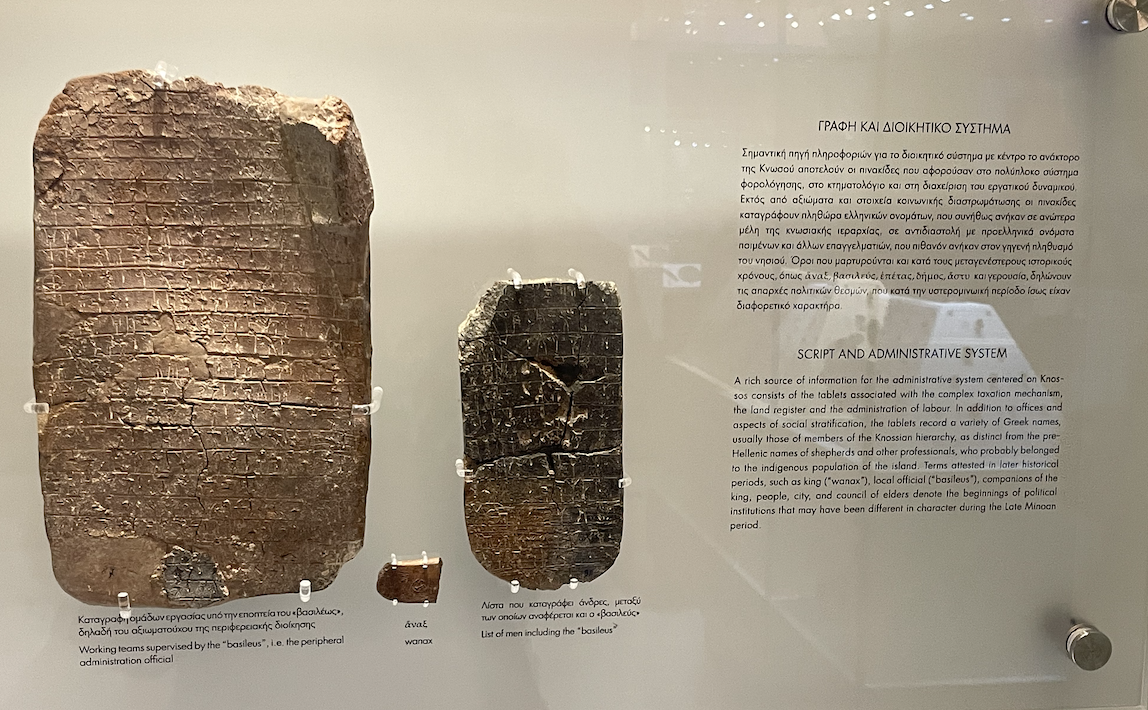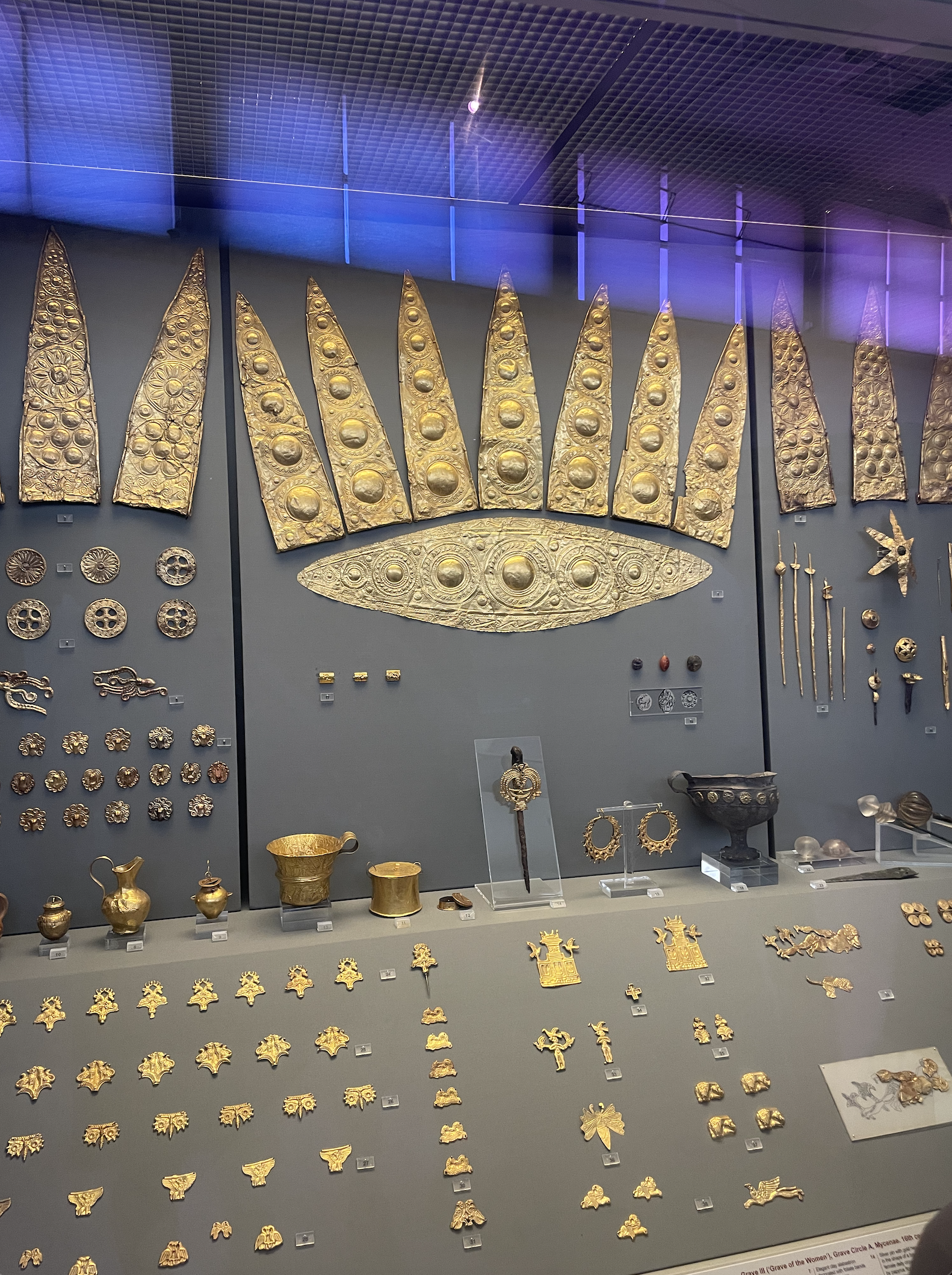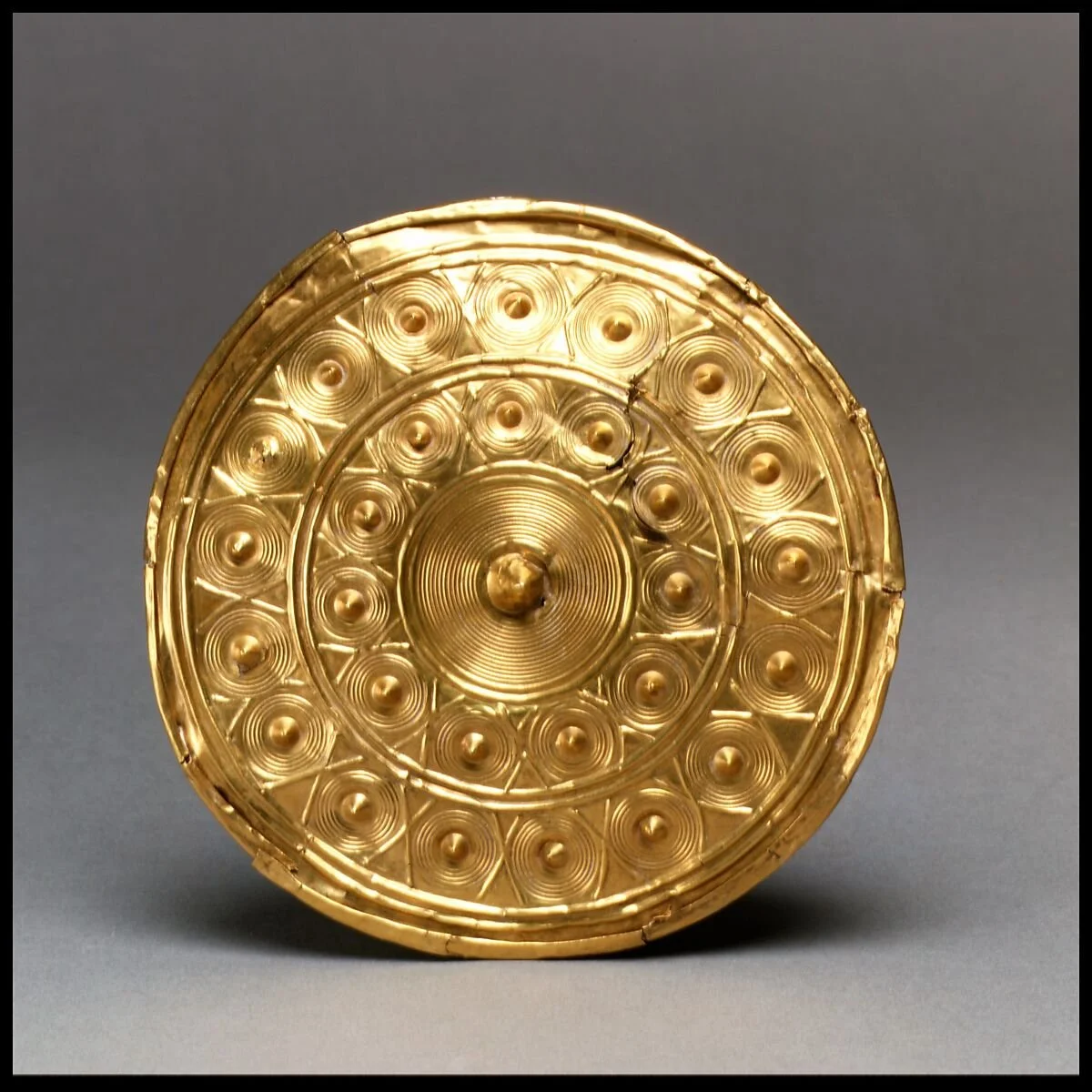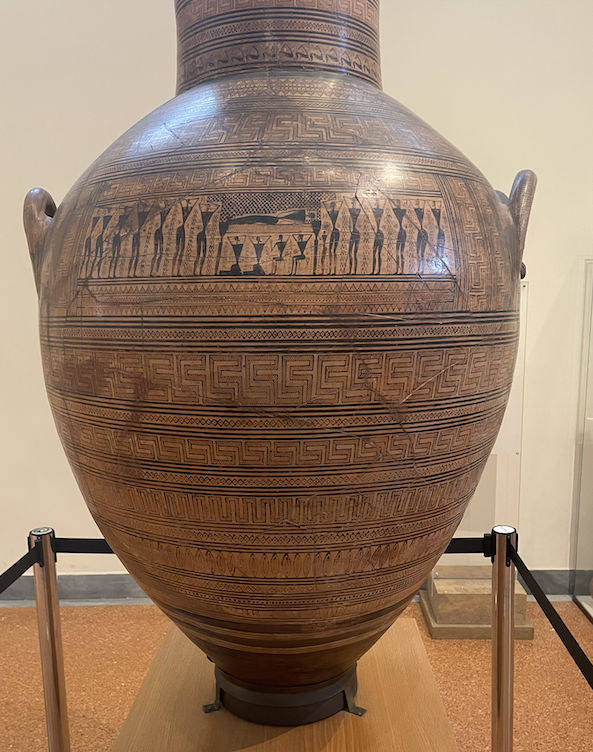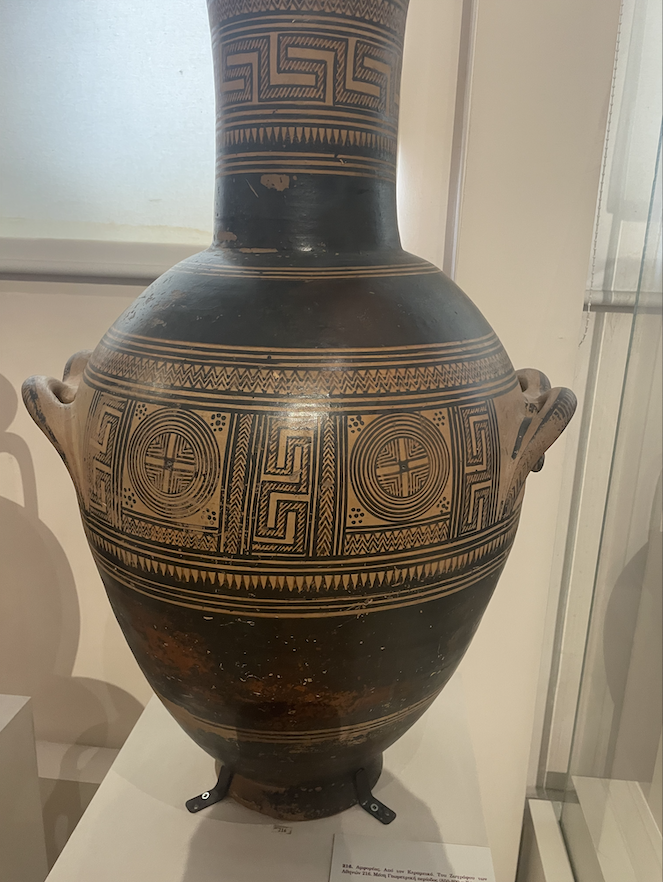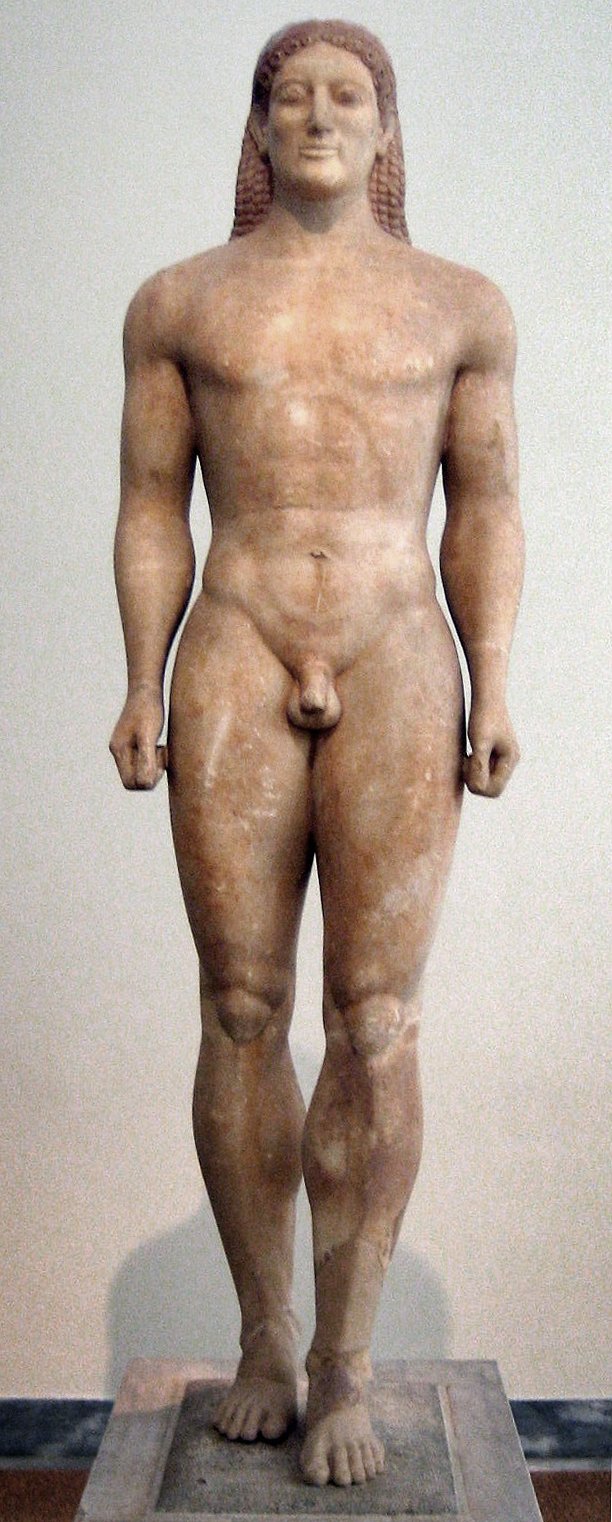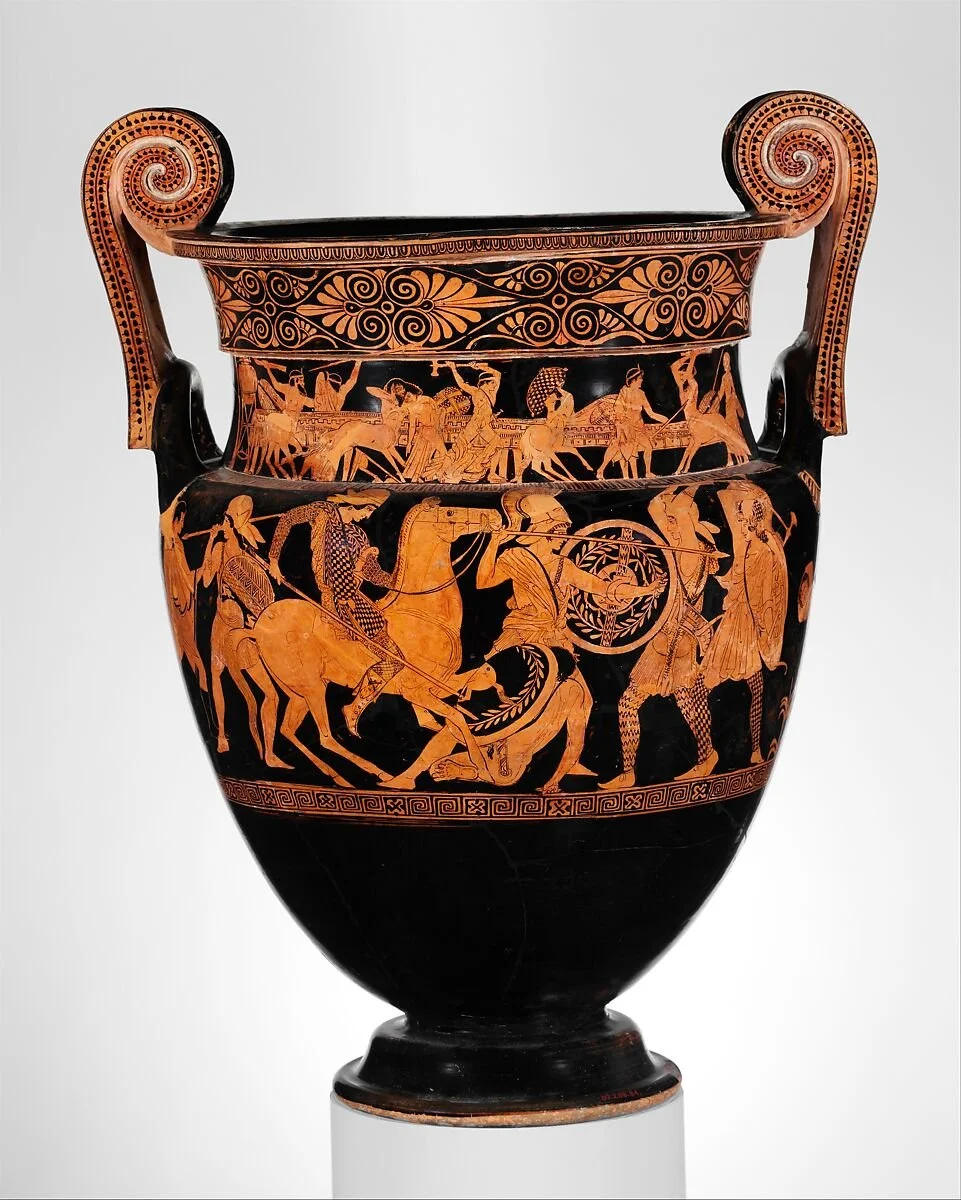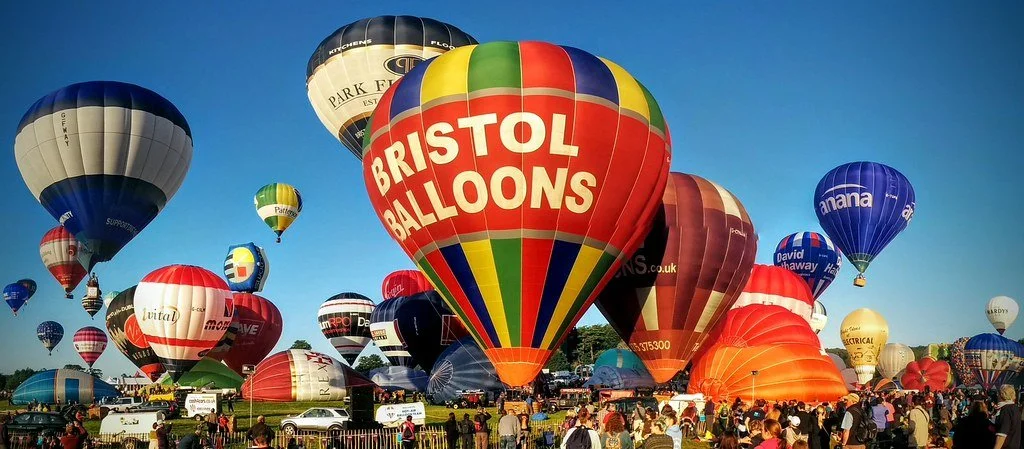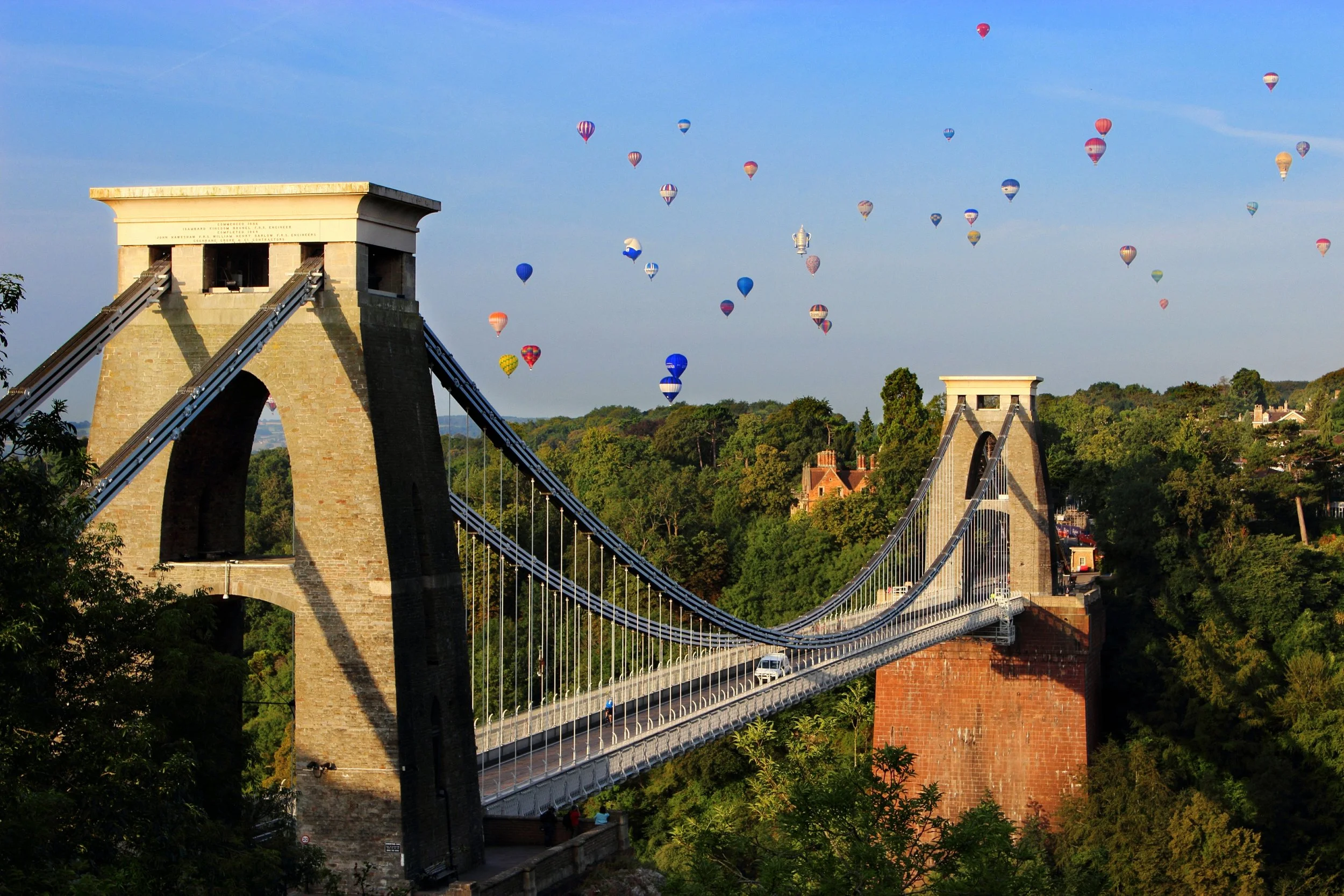The Peranakan culture is defined by its multicultural roots that have long-lasting influences on the Malay Peninsula. From food to fashion, the Peranakan occupy a unique role in the region’s extensive history.
Peranakans heavily influenced the region’s architecture—the iconic shophouse being one of those contributions. Gildardo Saánchez. CC BY-NC-SA 2.0.
Along the Malacca Strait, an enduring and eclectic culture still survives. The Peranakan is a syncretic minority group mainly found on the Malay Peninsula. Peranakans are descendants of early multicultural unions; southern Chinese traders and settlers would marry local Malay, Thai and Javanese women. Though their origins go back over 600 years, Peranakan culture was at its most influential between the late 19th and 20th centuries. Out of this union came a unique fusion identity that birthed new languages like Baba Malay as well as terms like “babas” and “nyonyas” to describe Peranakan men and women.
The Peranakan have roots in Indonesia, Malaysia, Singapore, Myanmar and even on the Thai island of Phuket. Jpatokal. CC SA 1.0.
In a 2009 study, former National University of Malaysia professor Lee Su Kim chronicled the niche position that Peranakans inhabited in the region. As children of mixed cultures, the Peranakan were multilingual and acted as intermediaries between different ethnic groups. During the colonial era, these skills entrenched Peranakans as a hierarchical elite. They acquired material wealth, were educated in British schools, and occupied roles such as diplomats and record-keepers.
A medley of iconic Peranakan foods including rendang and stir-fry kangkong leaves with dehydrated mini shrimp. Tammi Kwok. CC BY 2.0.
Baskets of desserts including the iconic nyonya kuih, coconut confections made from glutinous rice and pandan. Chotda. CC BY-NC-ND 2.0.
Despite being a minority, Peranakan culture has also infused itself into nearly every plate in the region. From iconic dishes like asam laksa (a spicy seafood noodle soup served with mint and ginger) to chendol (a shaved ice dessert slathered in coconut milk, palm sugar syrup, and other sweet treats), Peranakan cuisine—or Nyonya cooking—has created a unique palette that is representative of the region’s multiethnic populace. Not only is the cuisine widespread within the region, but also proof of the prolific trade that once flourished in the past.
In 2016, the Journal of Ethnic Foods published a study on the historical perspectives of Nyonya cuisine in Malaysia, finding that Peranakan cooking was simply an extension of the “cultural borrowing and cultural innovation through contact with local ingredients.” As a trading hub, Peranakan cuisine evolved to include Thai, Indian, Dutch, Portuguese and English cooking techniques.
Despite these rich contributions, the knowledge of Peranakan culture is fading. In a personal blog, Peranakan descendant Shahan Cheong details how the destruction of World War II all but obliterated history and routine along the Malacca Strait. Although pieces of Peranakan culture survive through architecture, styles of dress, food and decor, few living descendants can actively recount the story behind each historical artifact and site.
Guo Pei’s creations were loosely inspired by Peranakan fashion; they were showcased at the summer 2019 Asian Civilizations Museum exhibition in Singapore. Courtesy of Rhiannon Koh.
However, there have been efforts to revitalize Peranakan culture. In the summer of 2019, the Asian Civilizations Museum in Singapore housed pieces by renowned designer Guo Pei. Part of the exhibit showcased several dresses and wedding gowns emulating the beads and colors of Peranakan fashion. A few months later in November, Miss Malaysia-Universe donned a Peranakan-themed national costume to symbolize the beauty and multicultural heritage of Malaysia. In 2020, the New Straits Times ran a piece on the enduring legacy of Peranakan fashion; styles like the kebaya dress and the staple cotton sarong are still worn. Ultimately, historical records and other forms of art like cultural plays have been crucial in reviving dusty memories of the Peranakans’ grand past.
Rhiannon Koh
Rhiannon earned her B.A. in Urban Studies & Planning from UC San Diego. Her honors thesis was a speculative fiction piece exploring the aspects of surveillance technology, climate change, and the future of urbanized humanity. She is committed to expanding the stories we tell.

